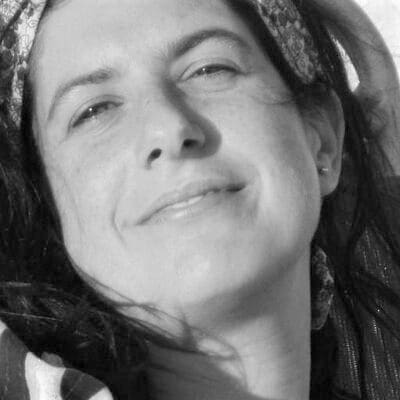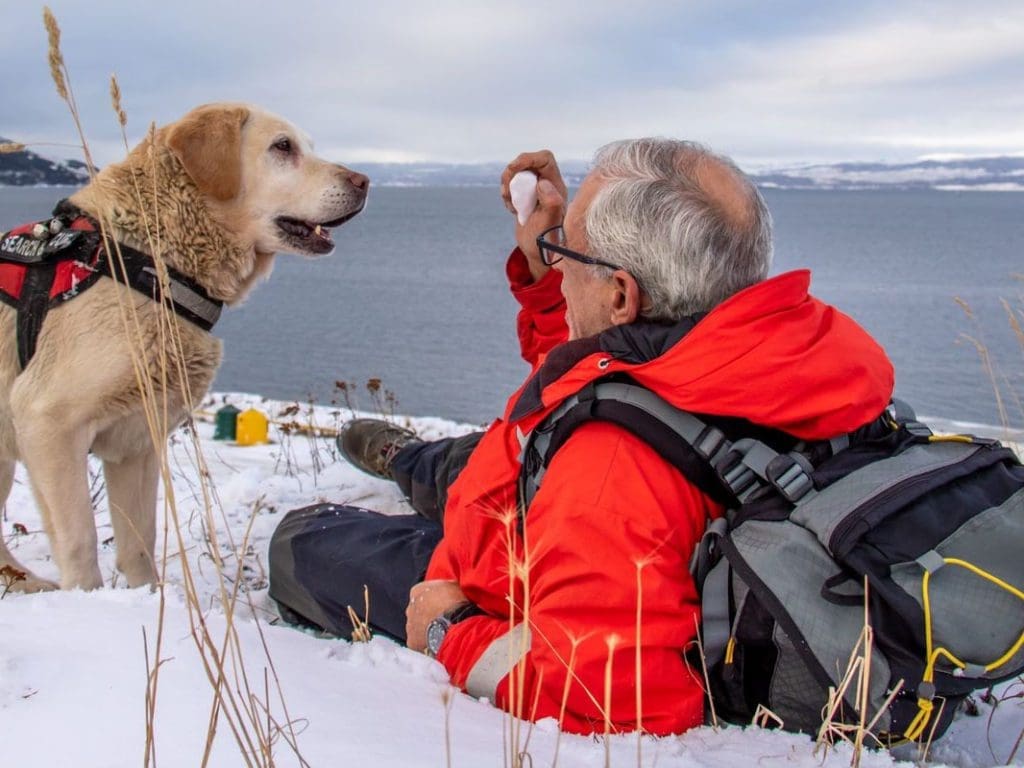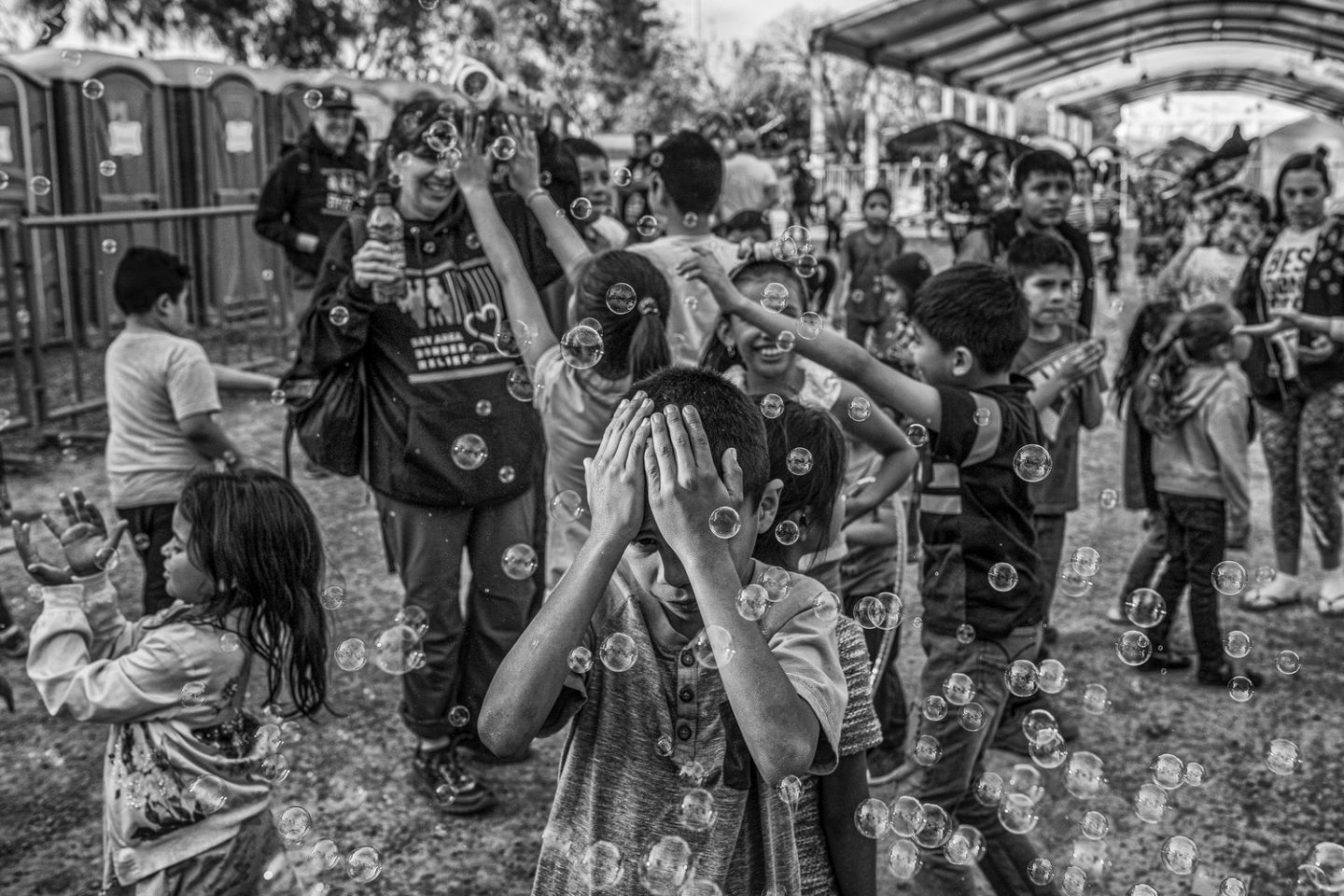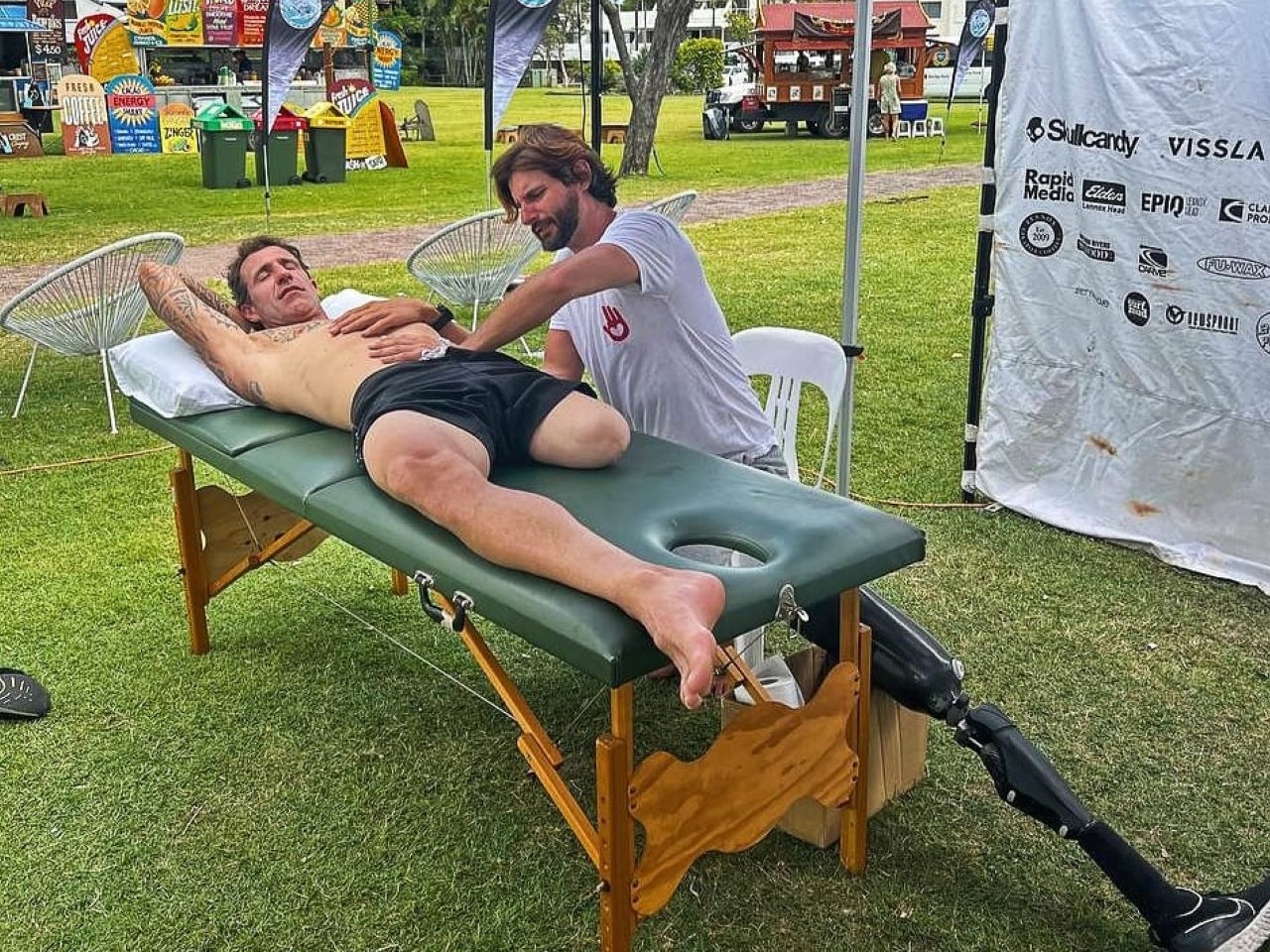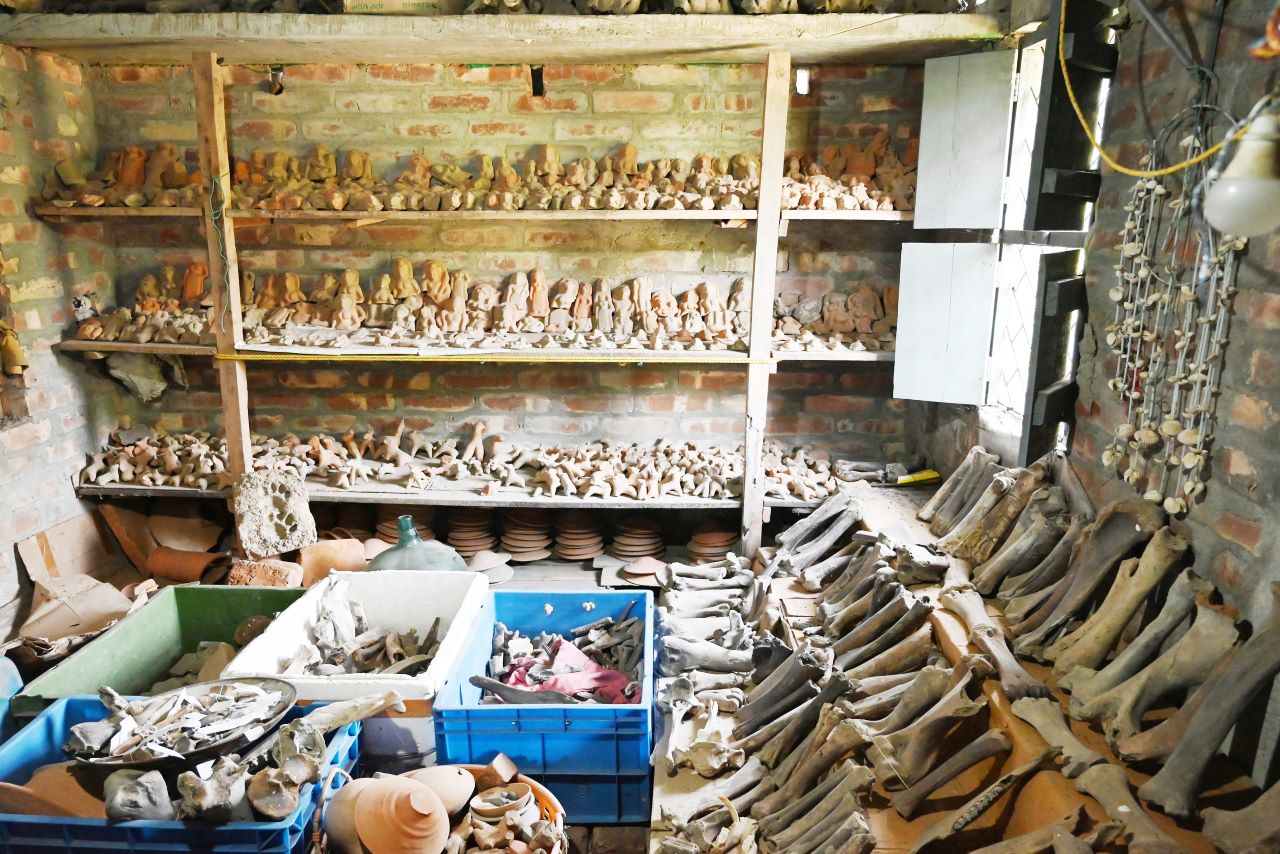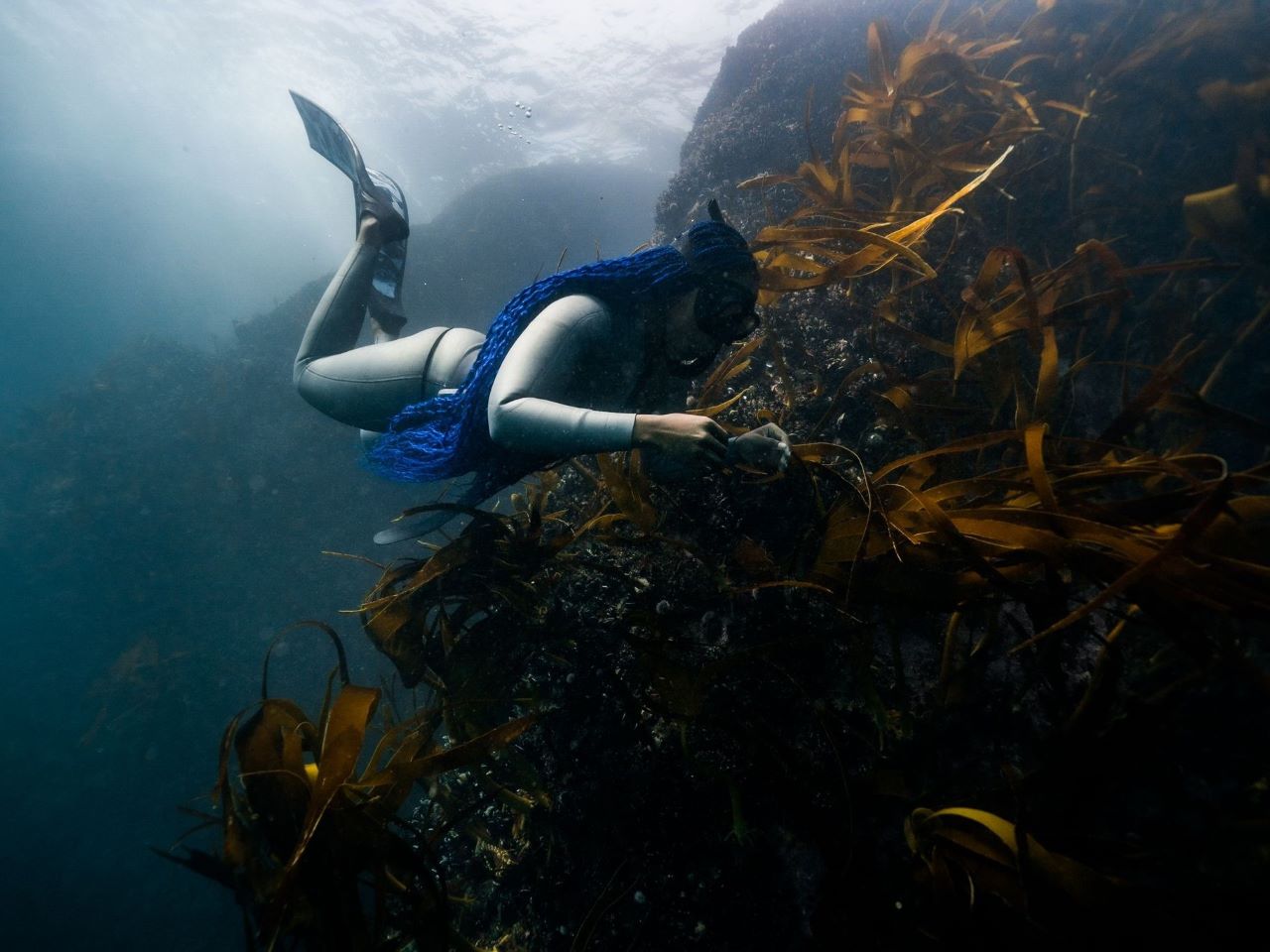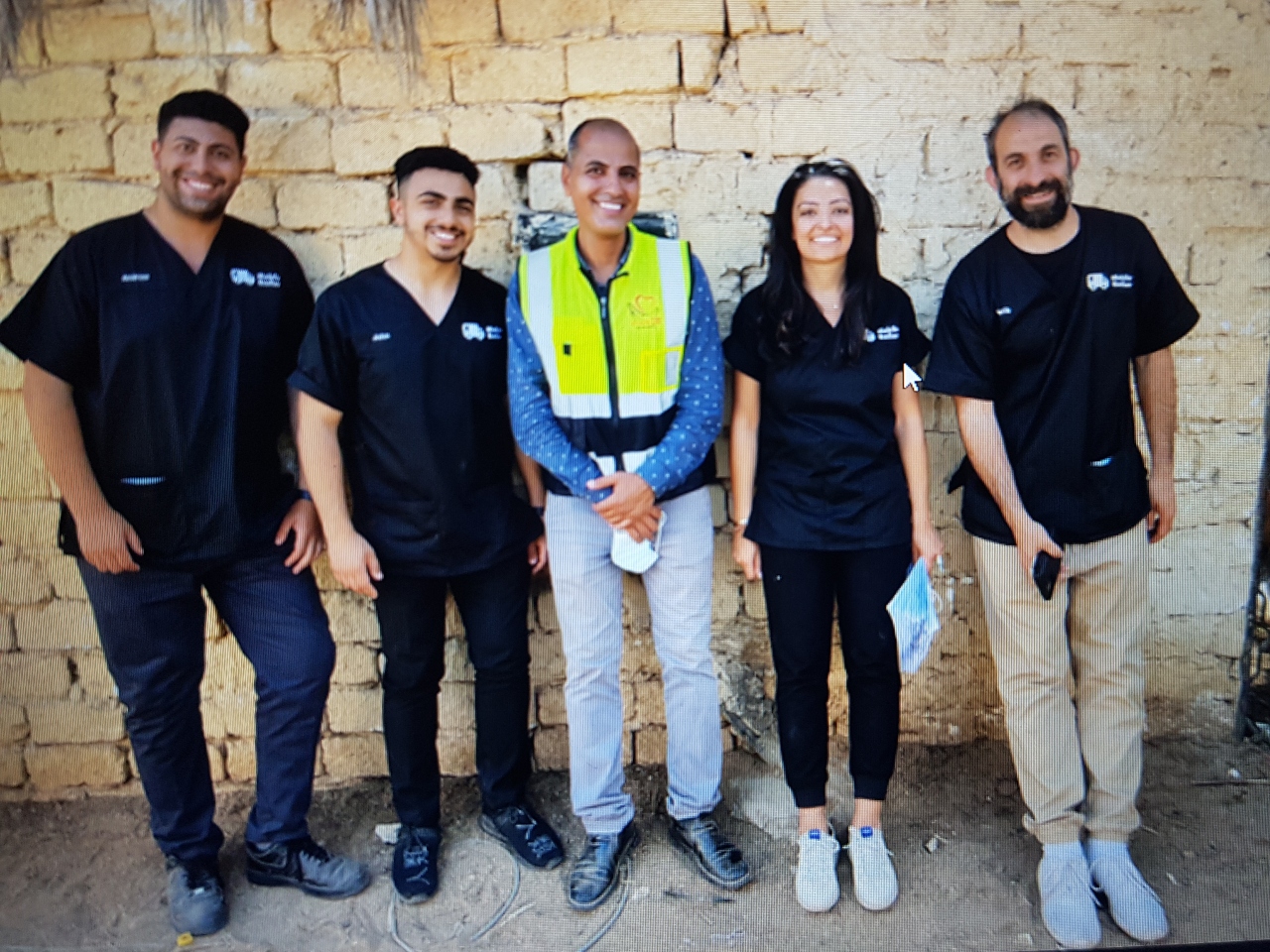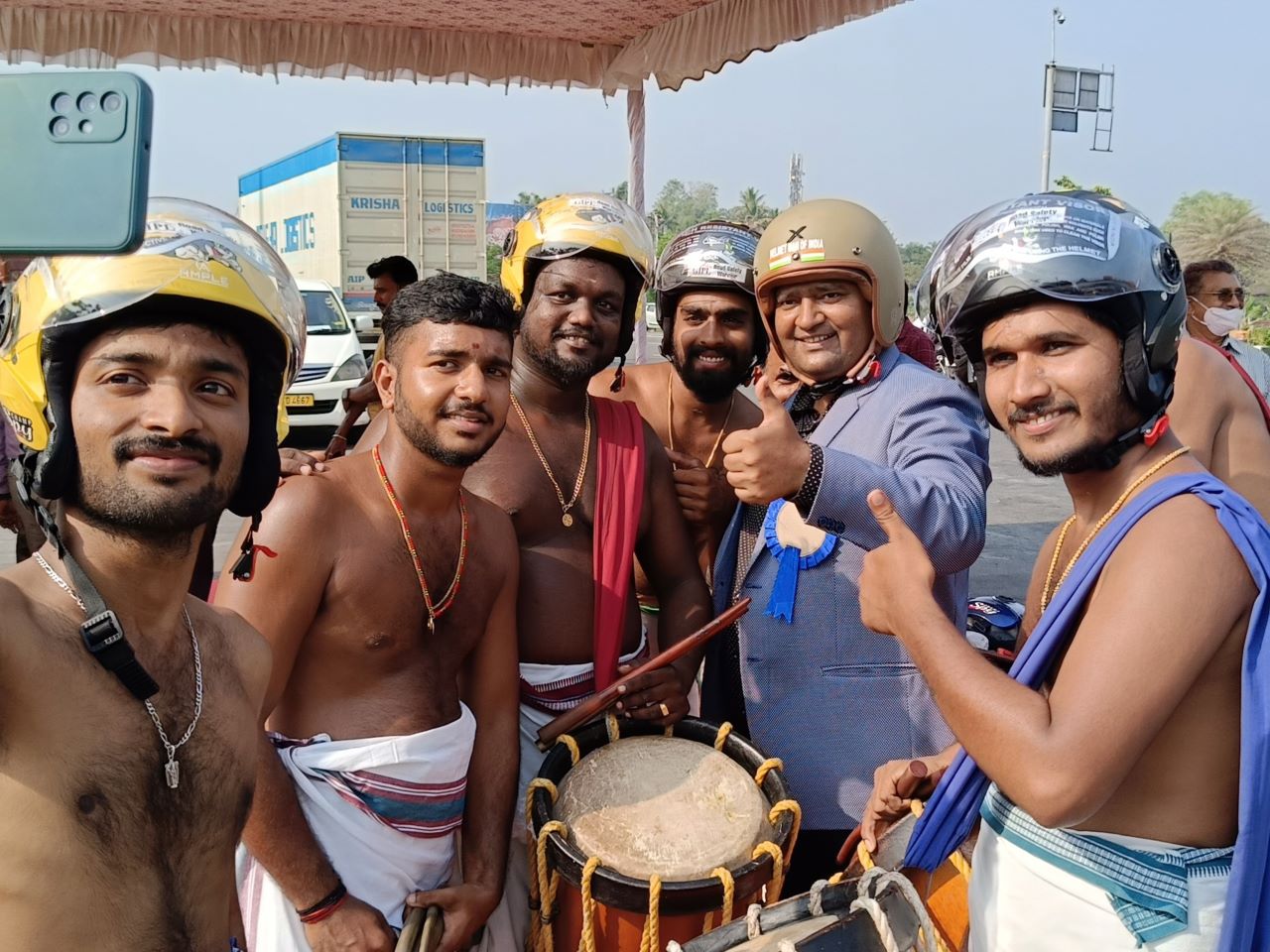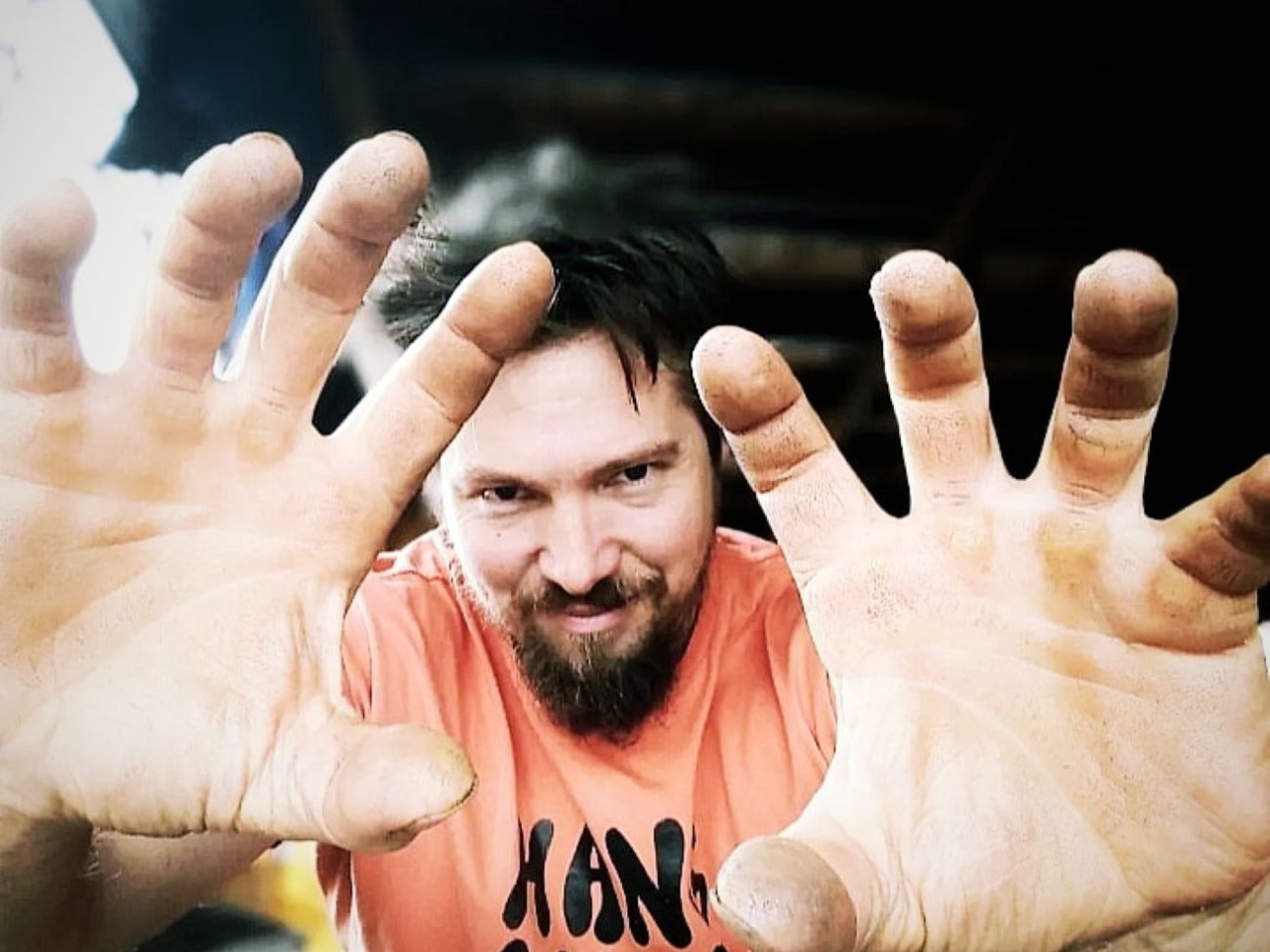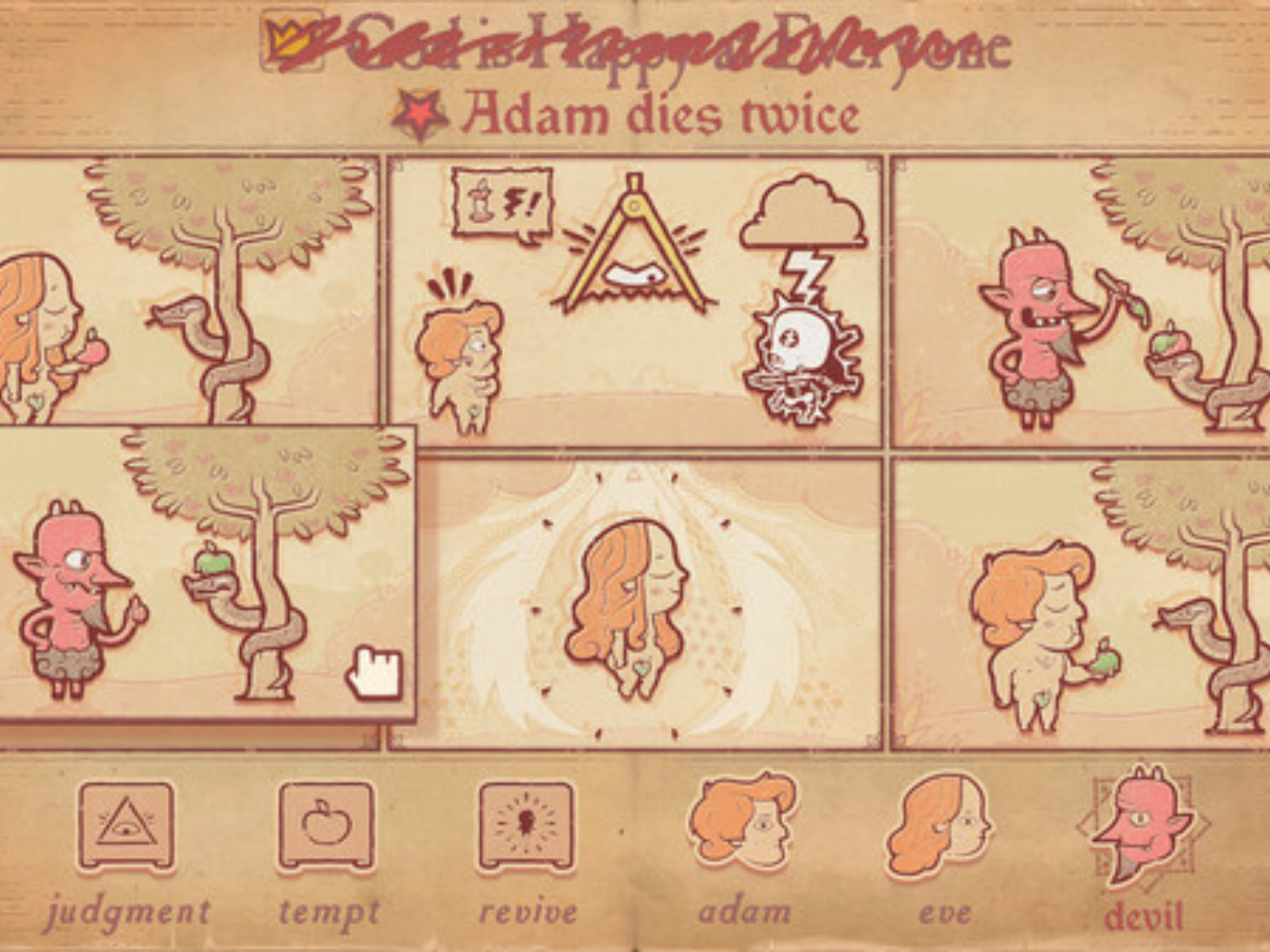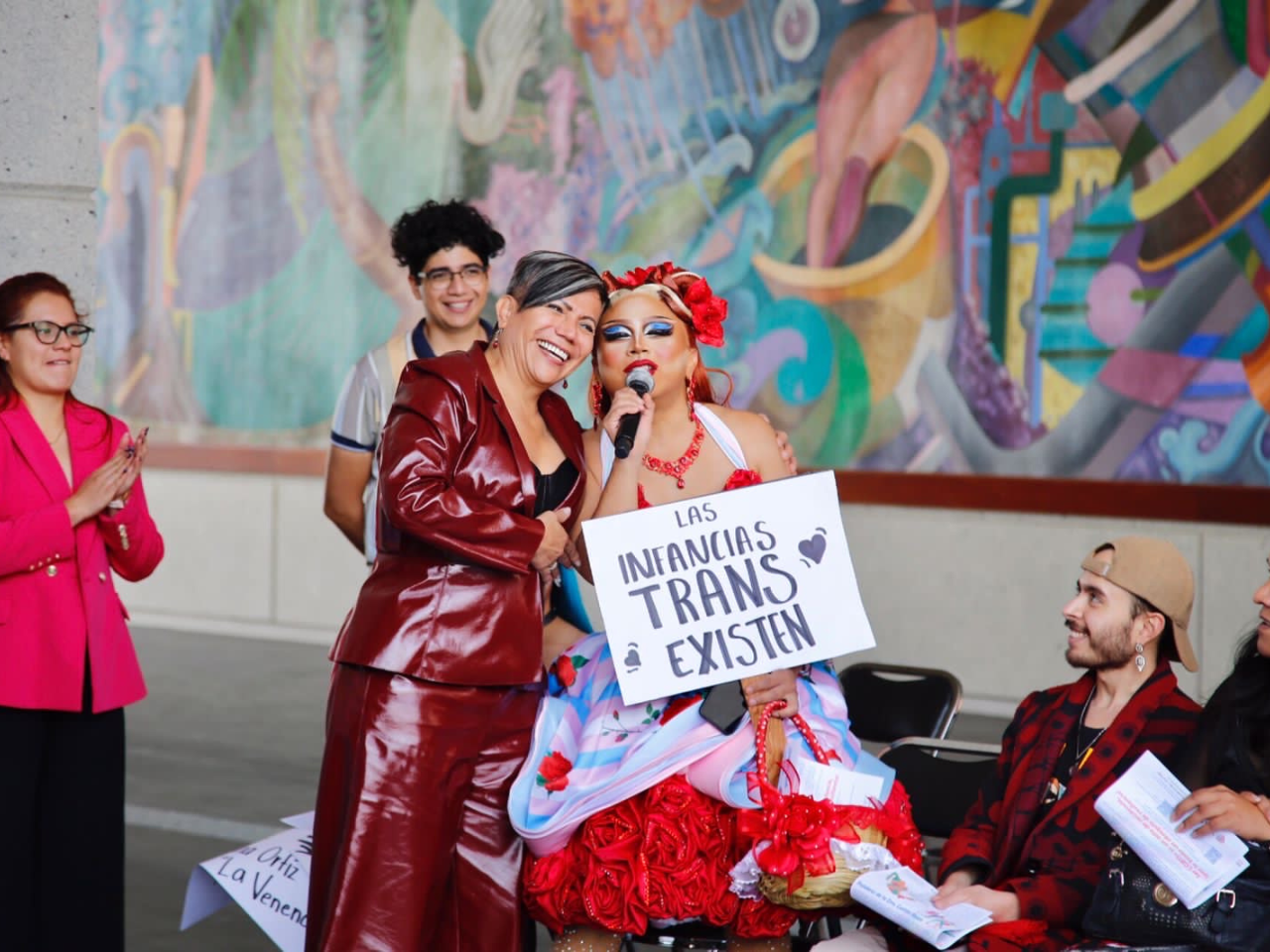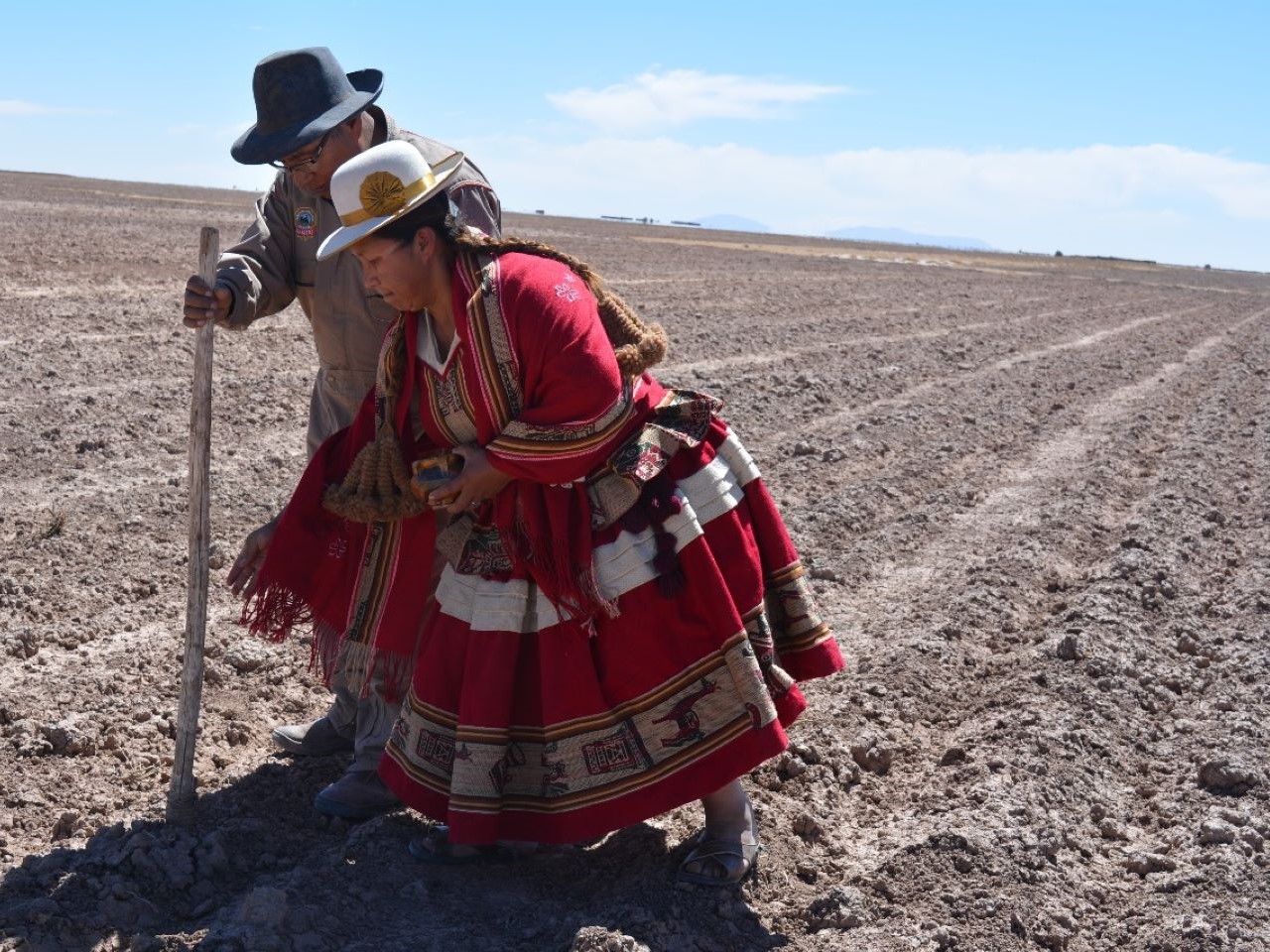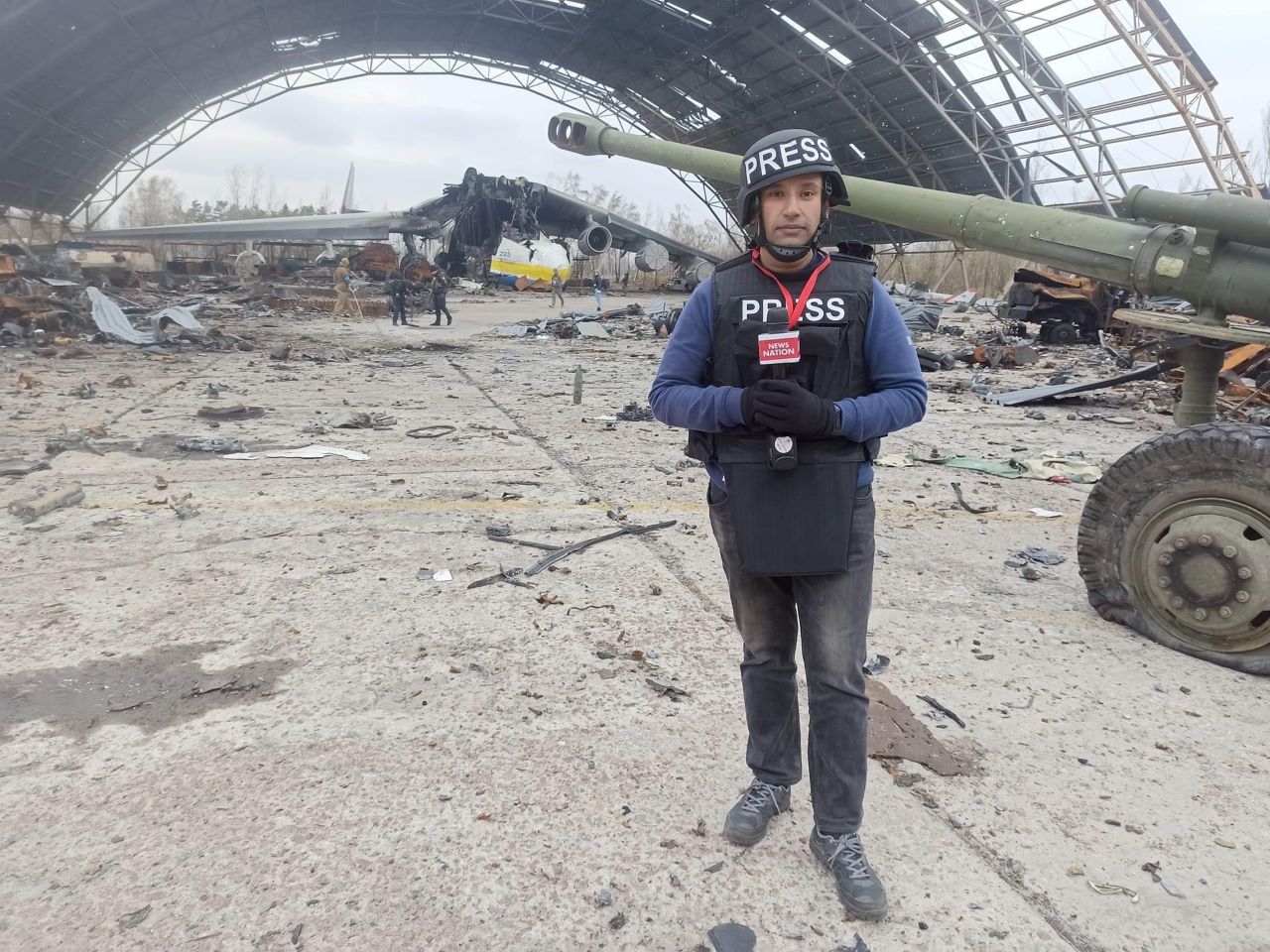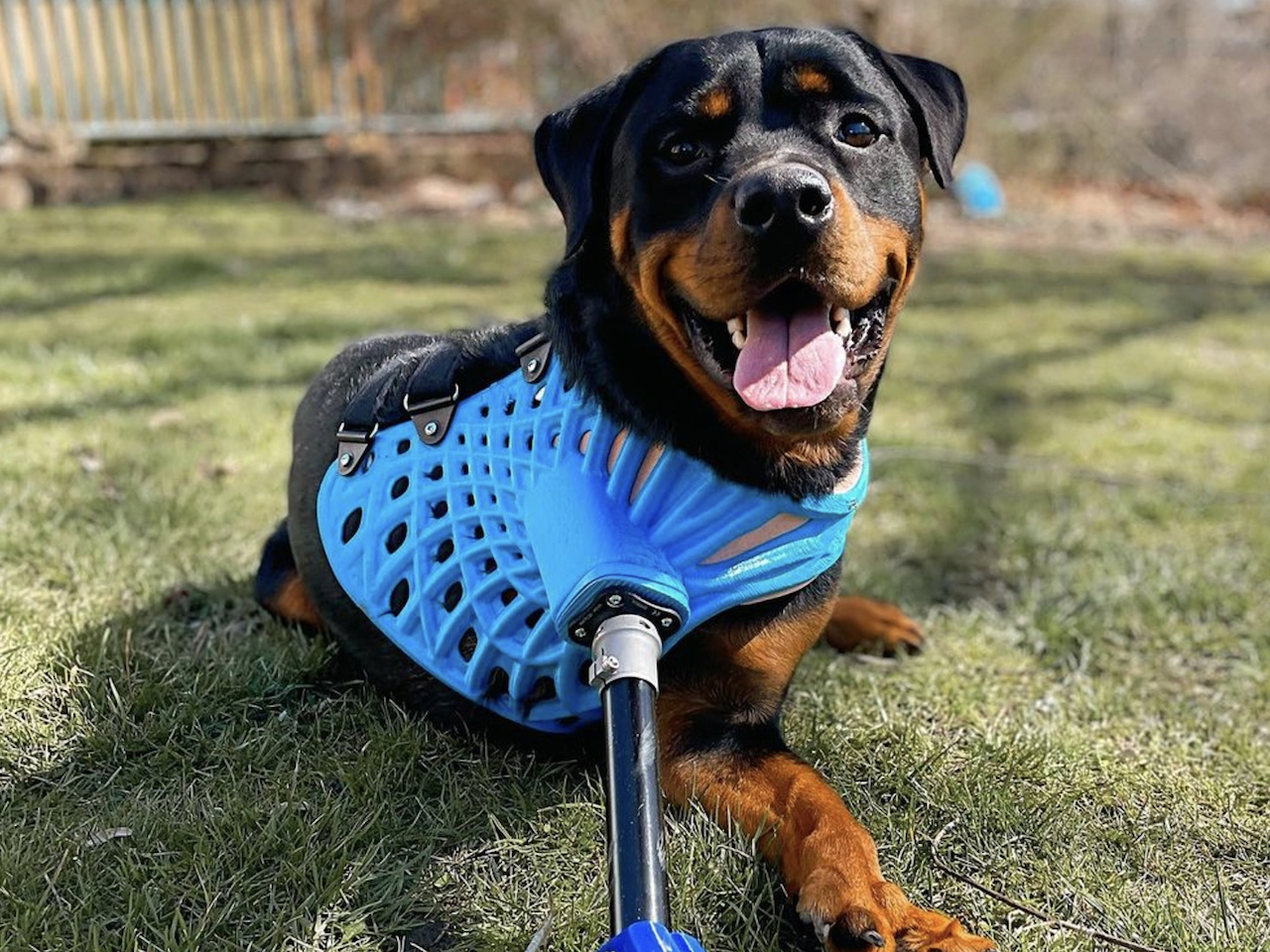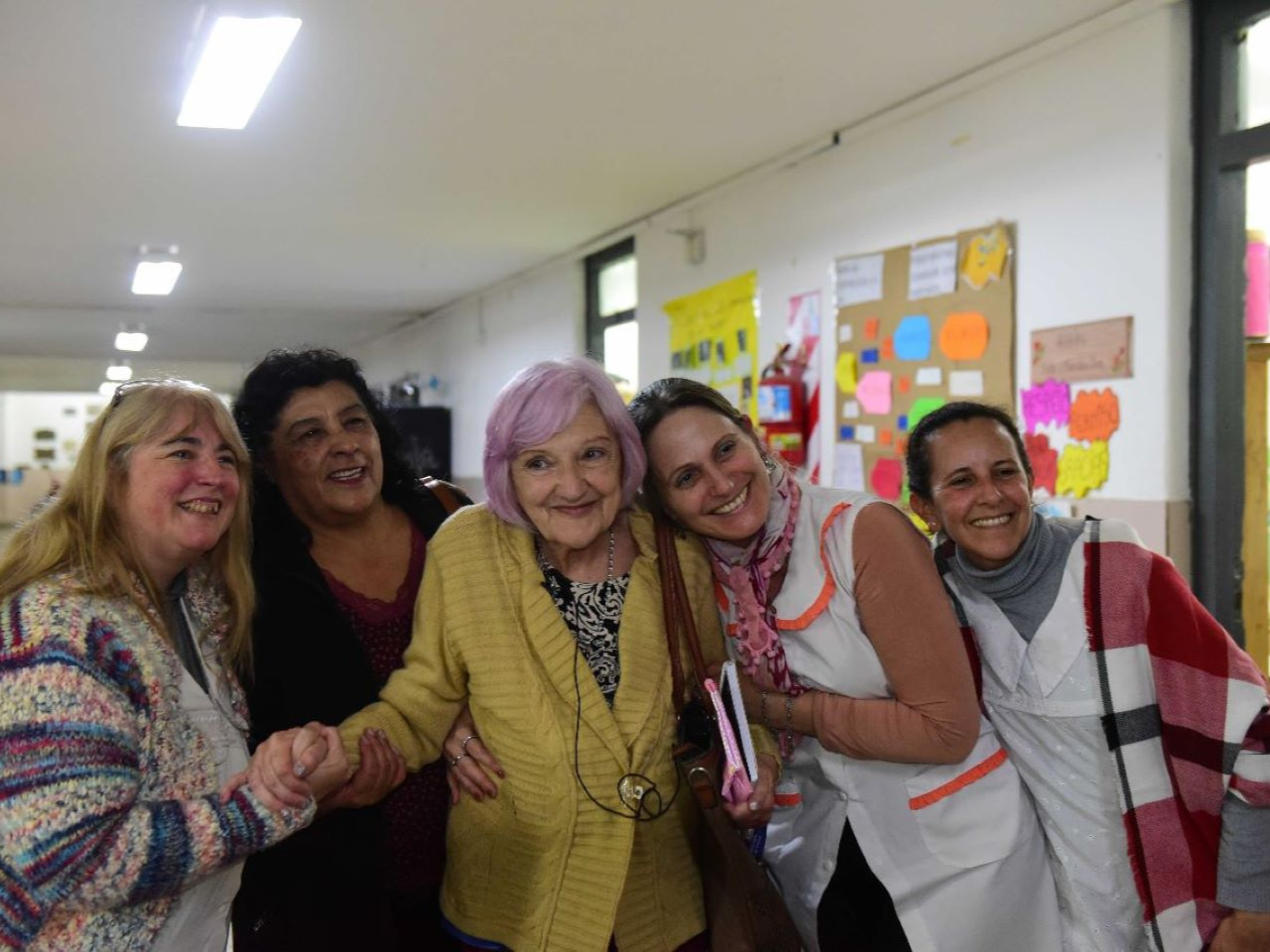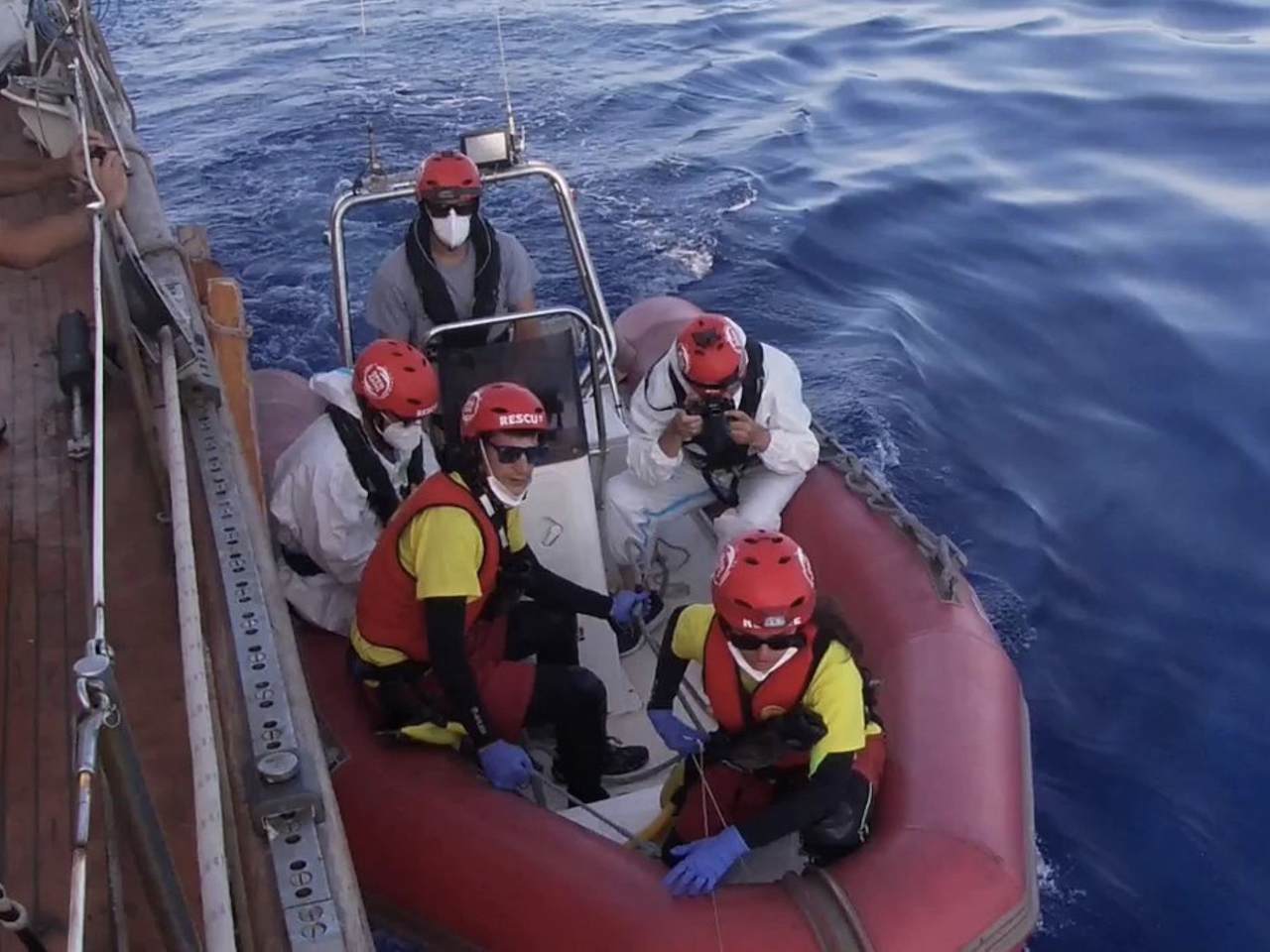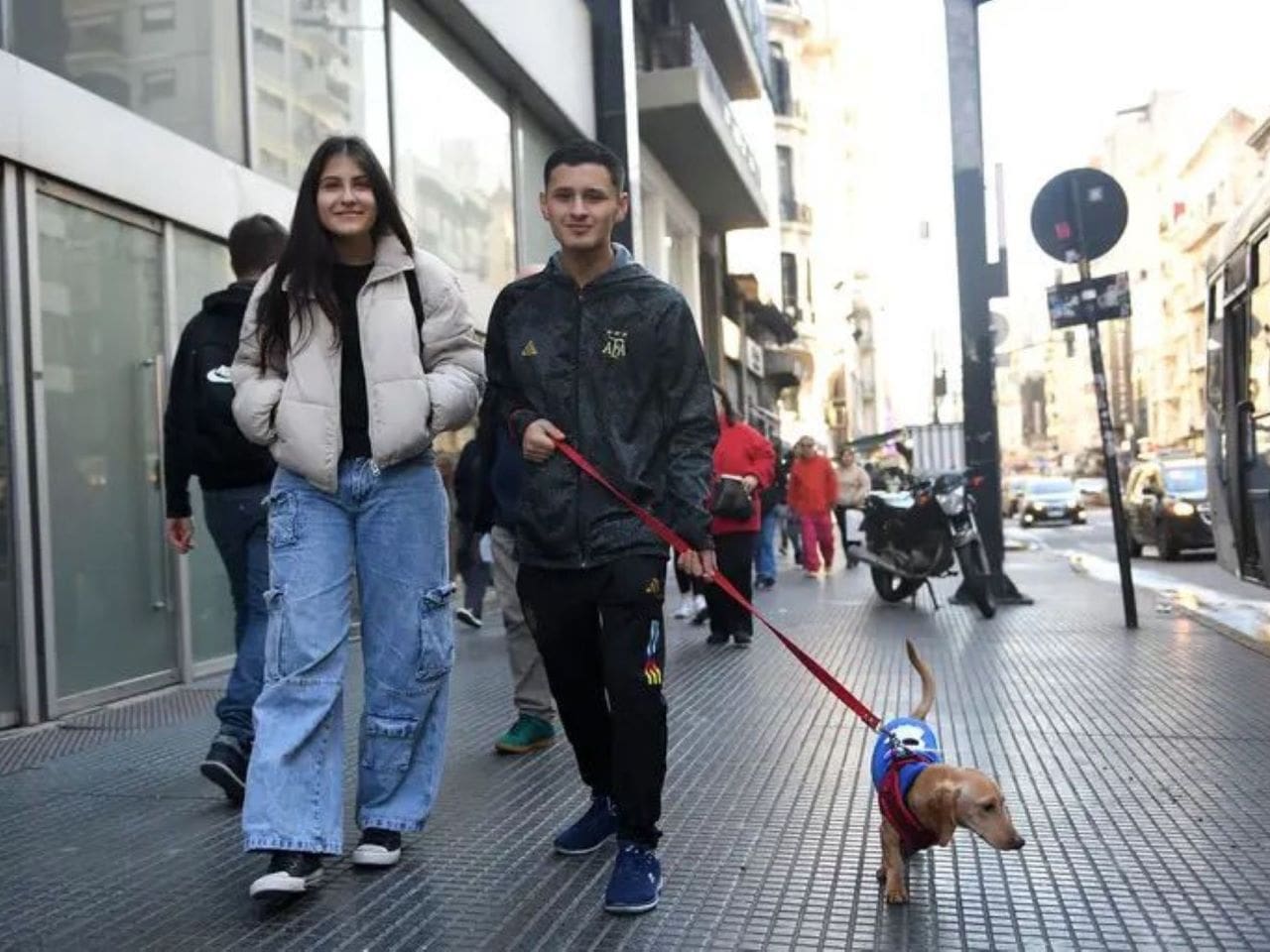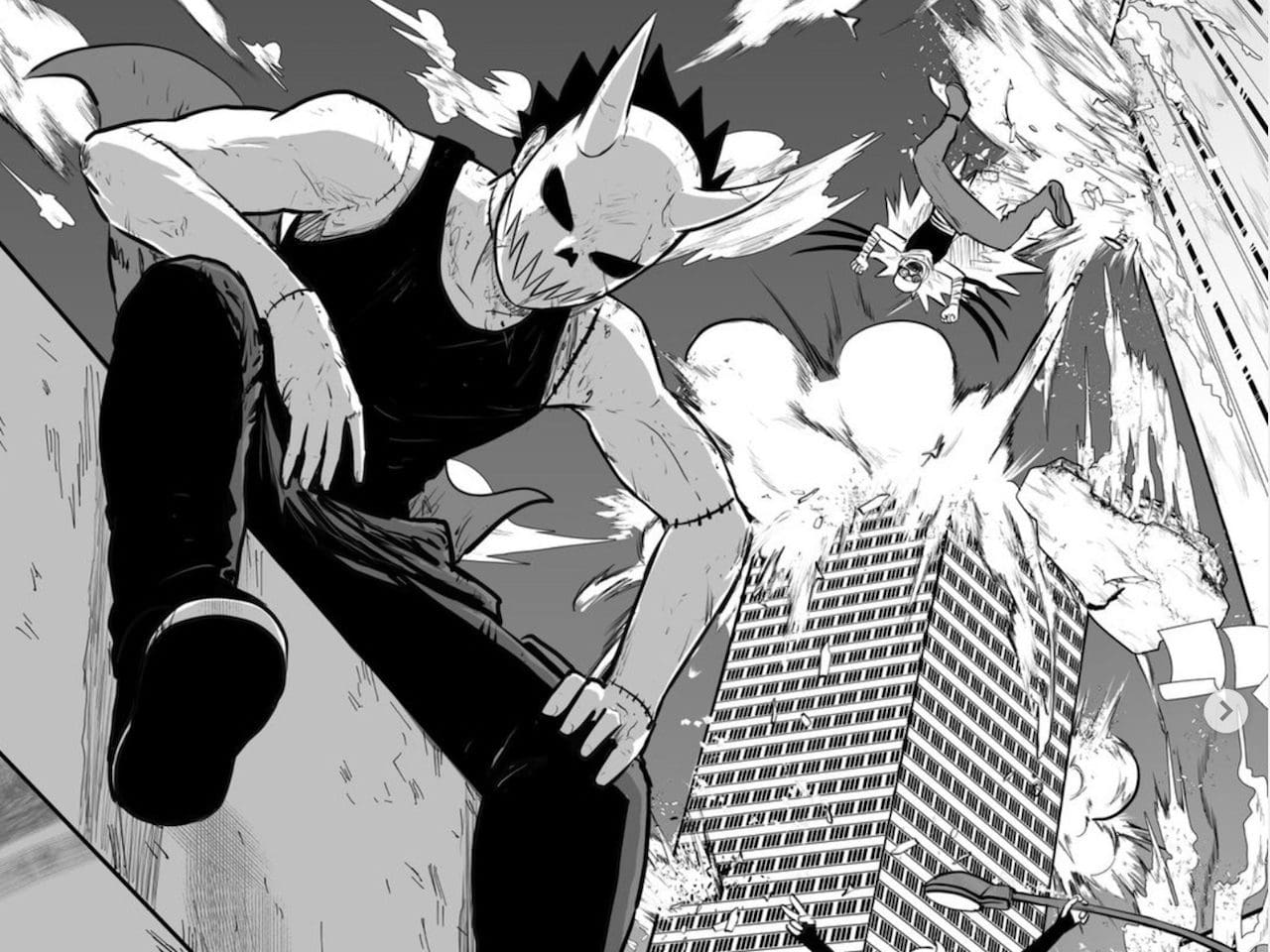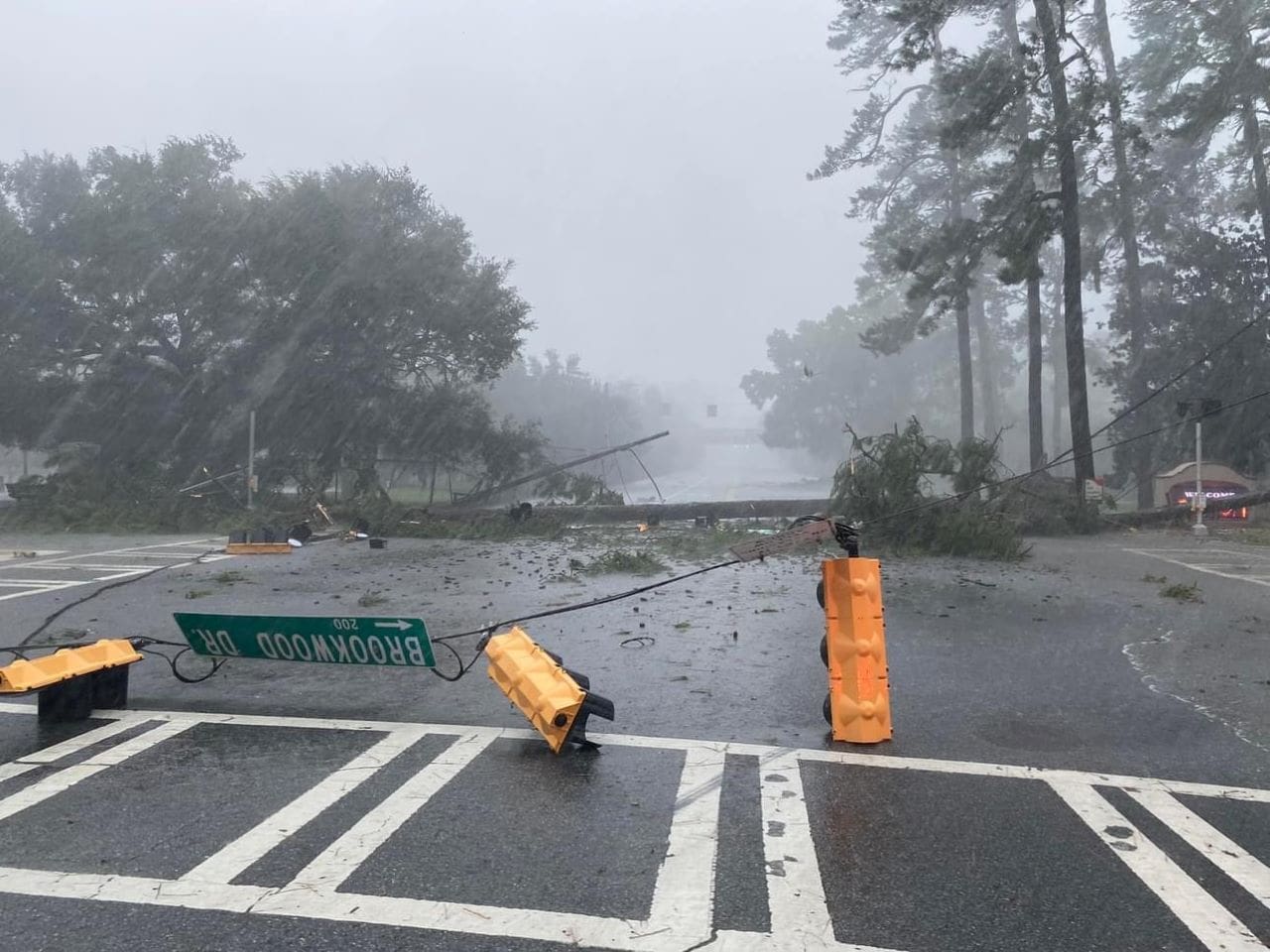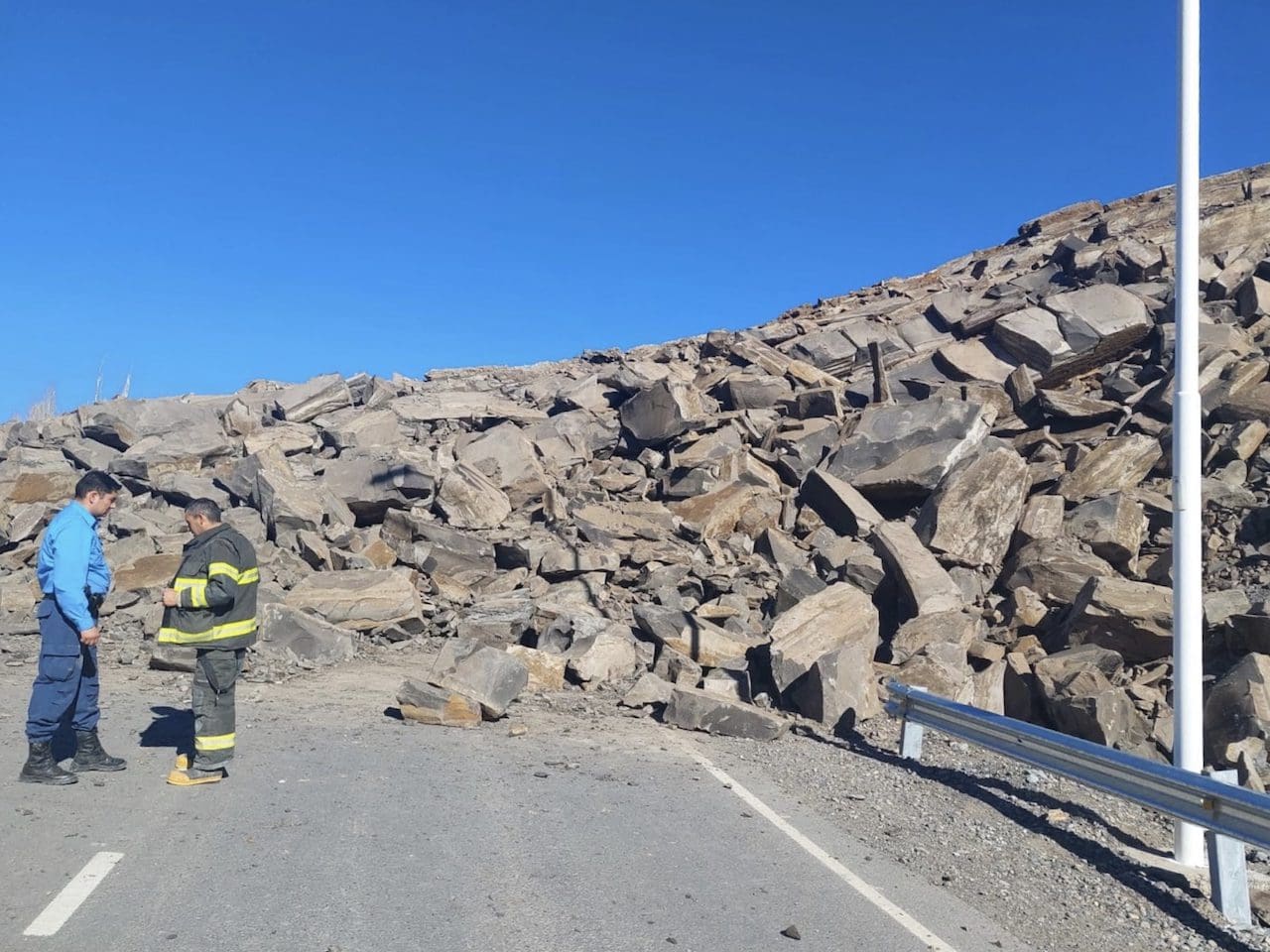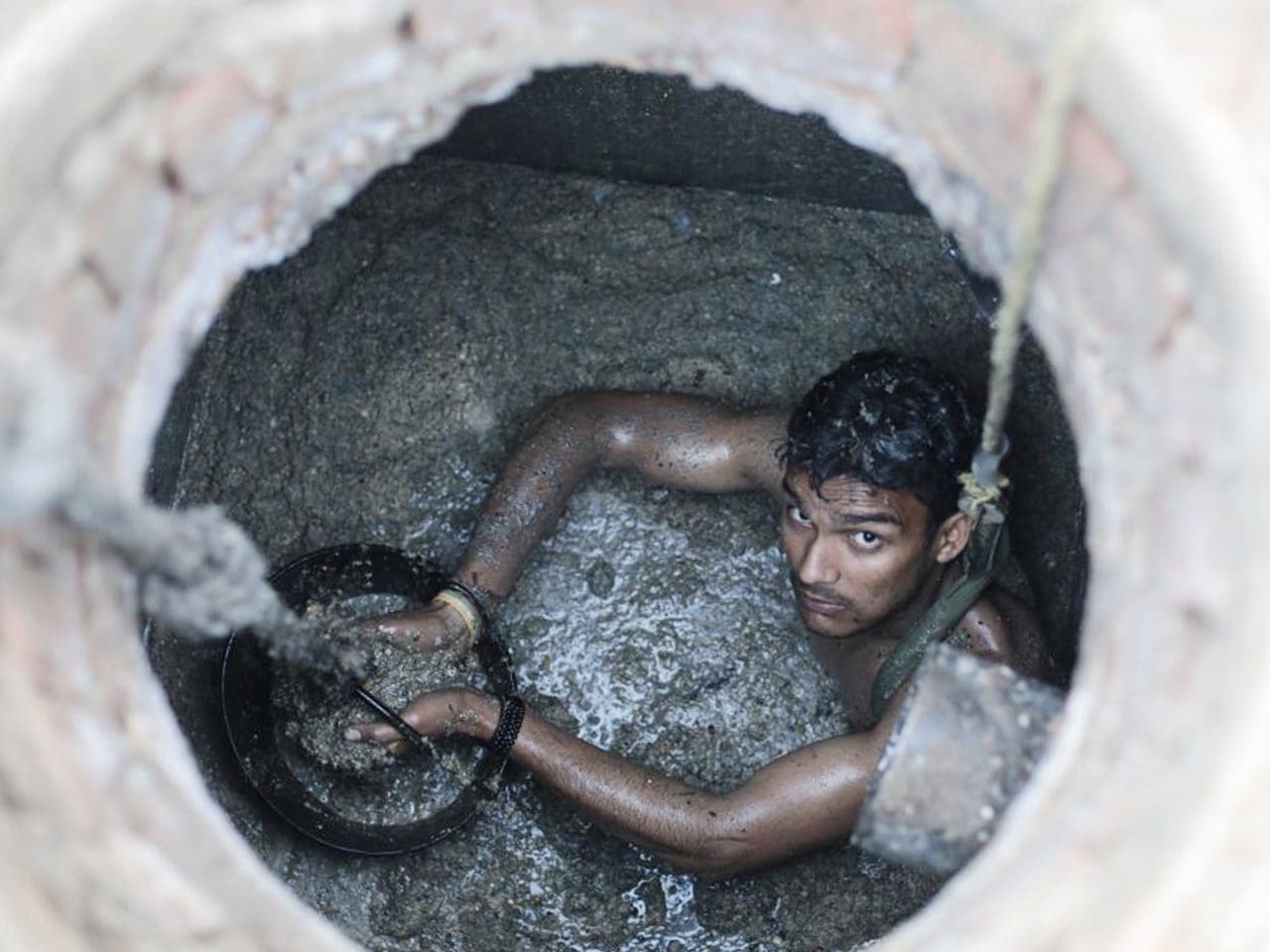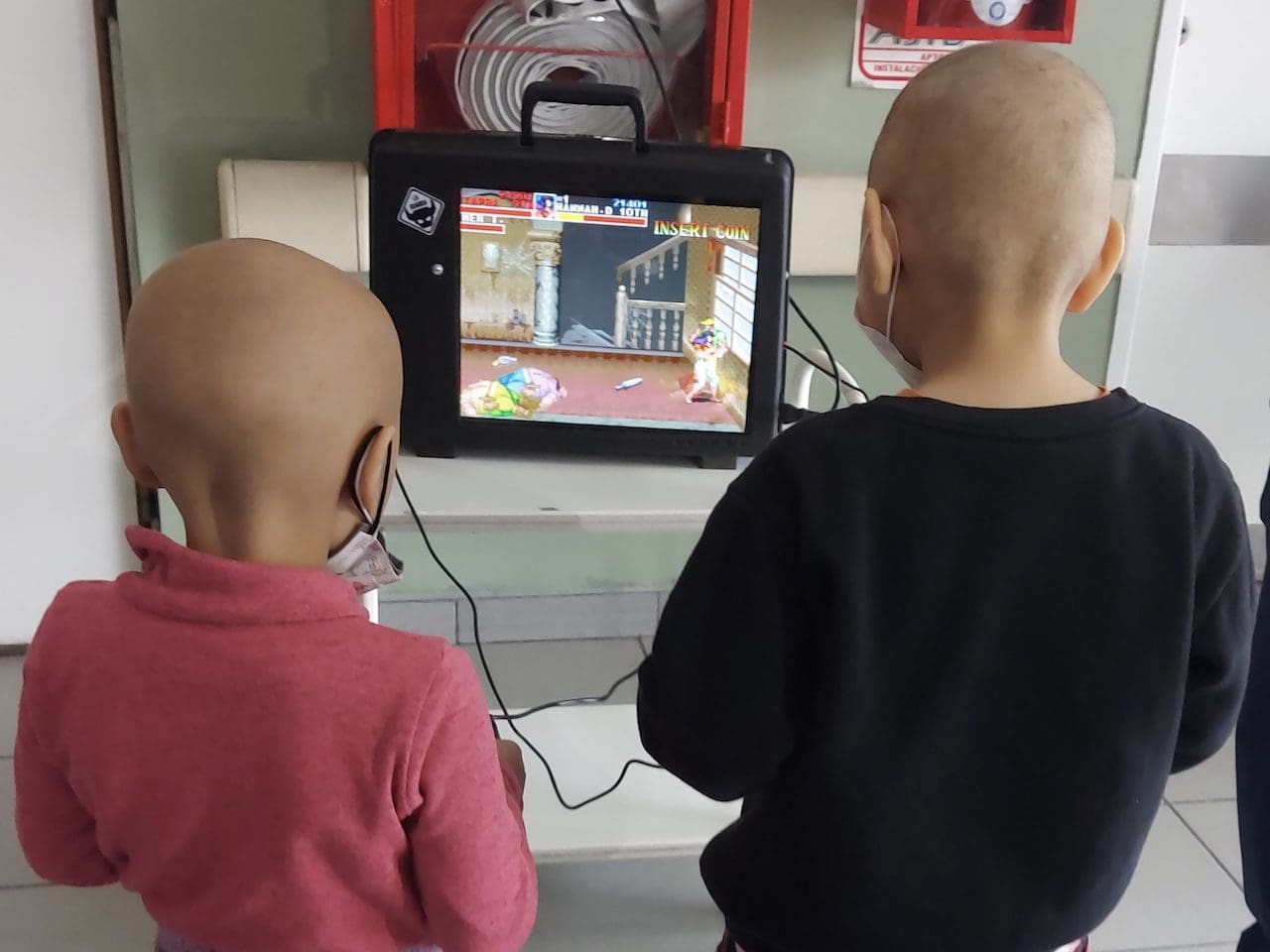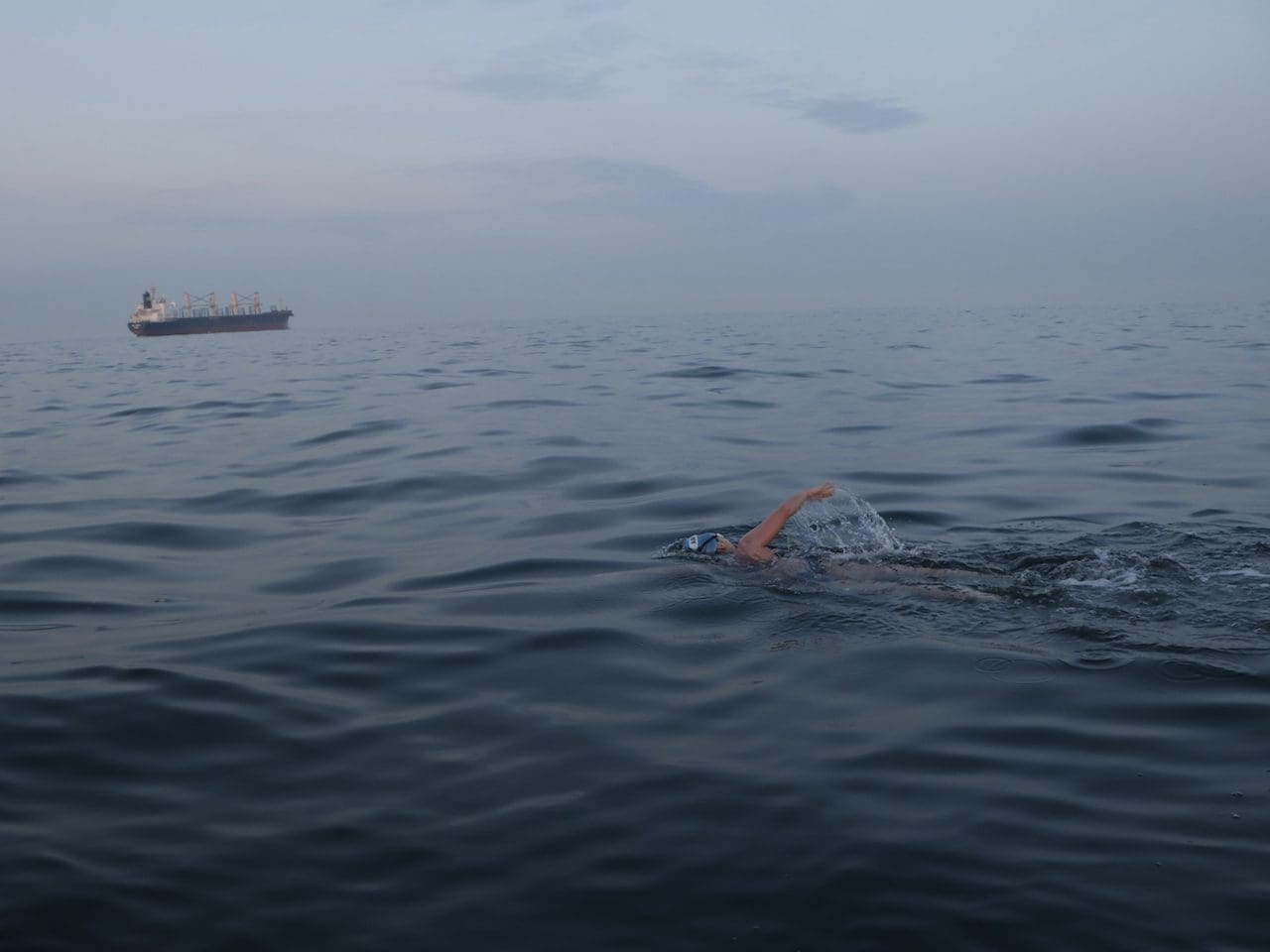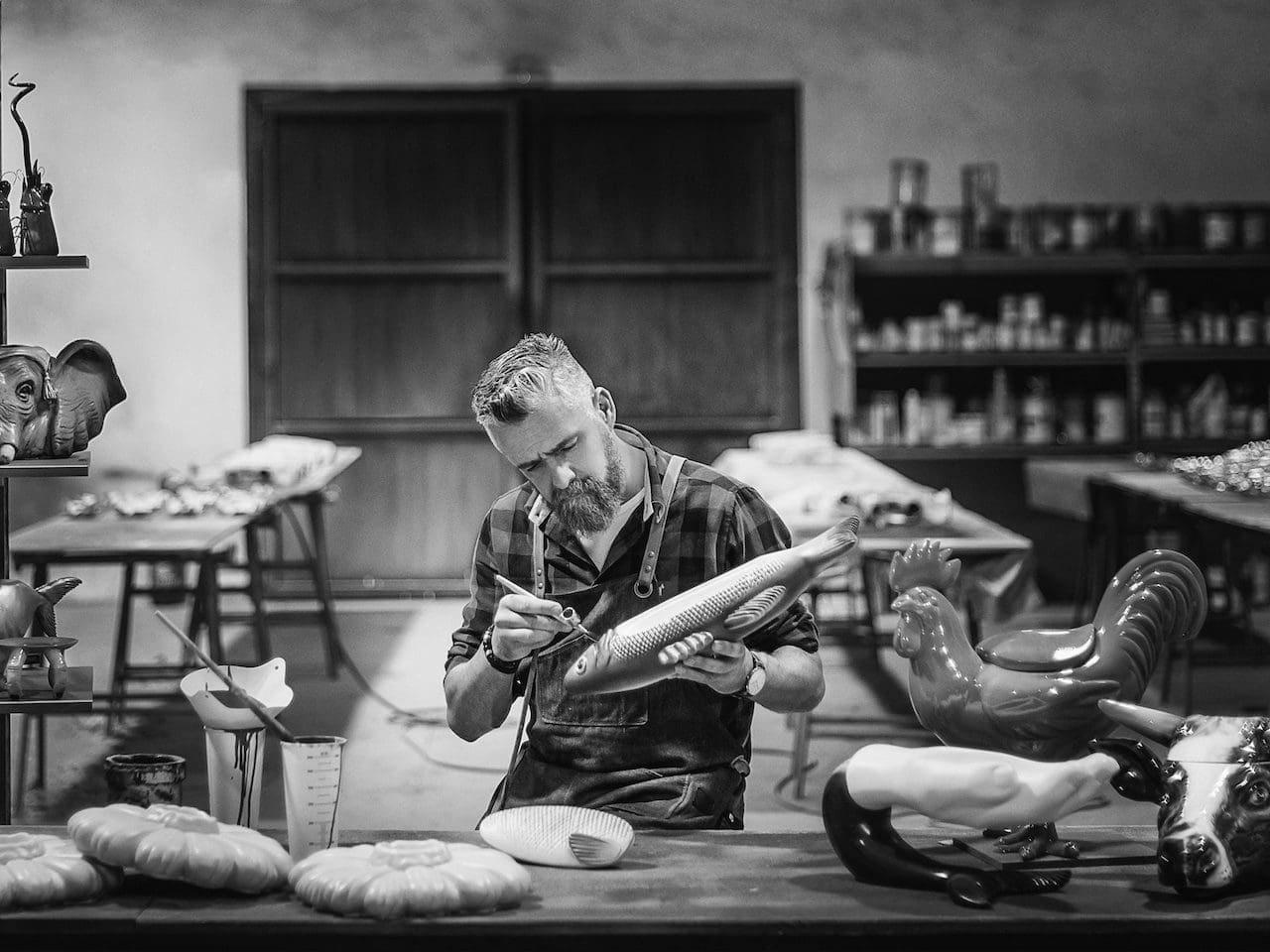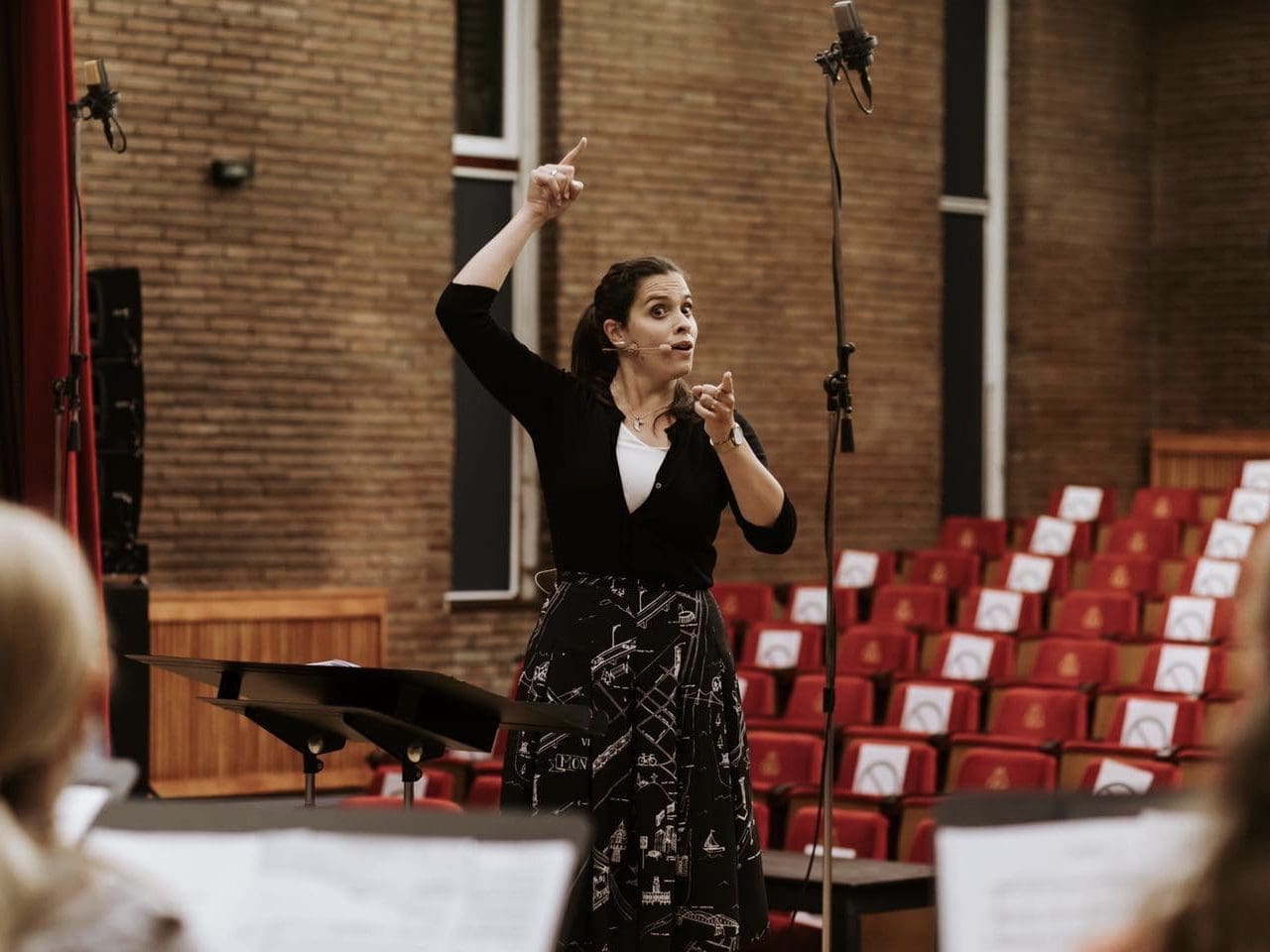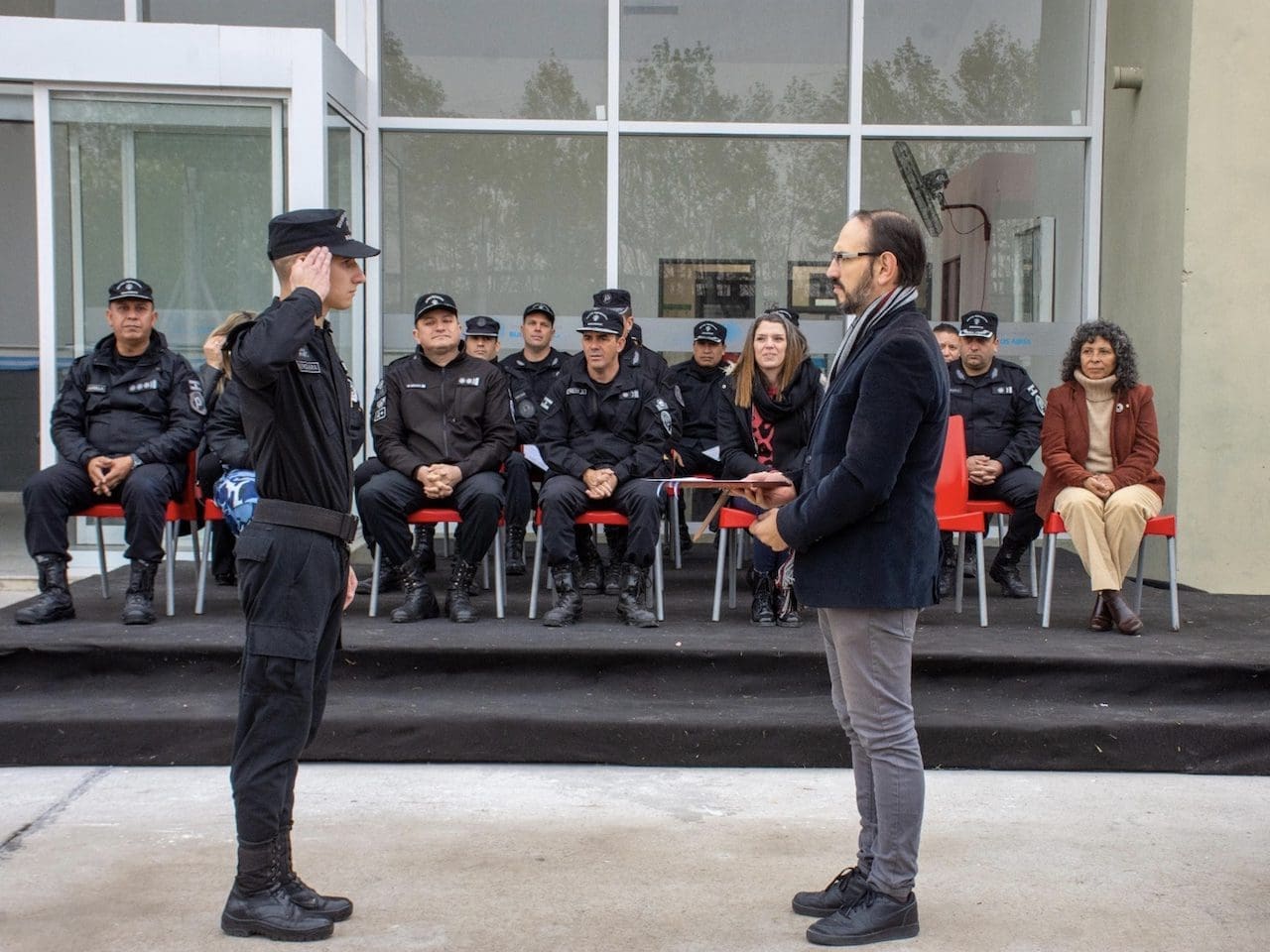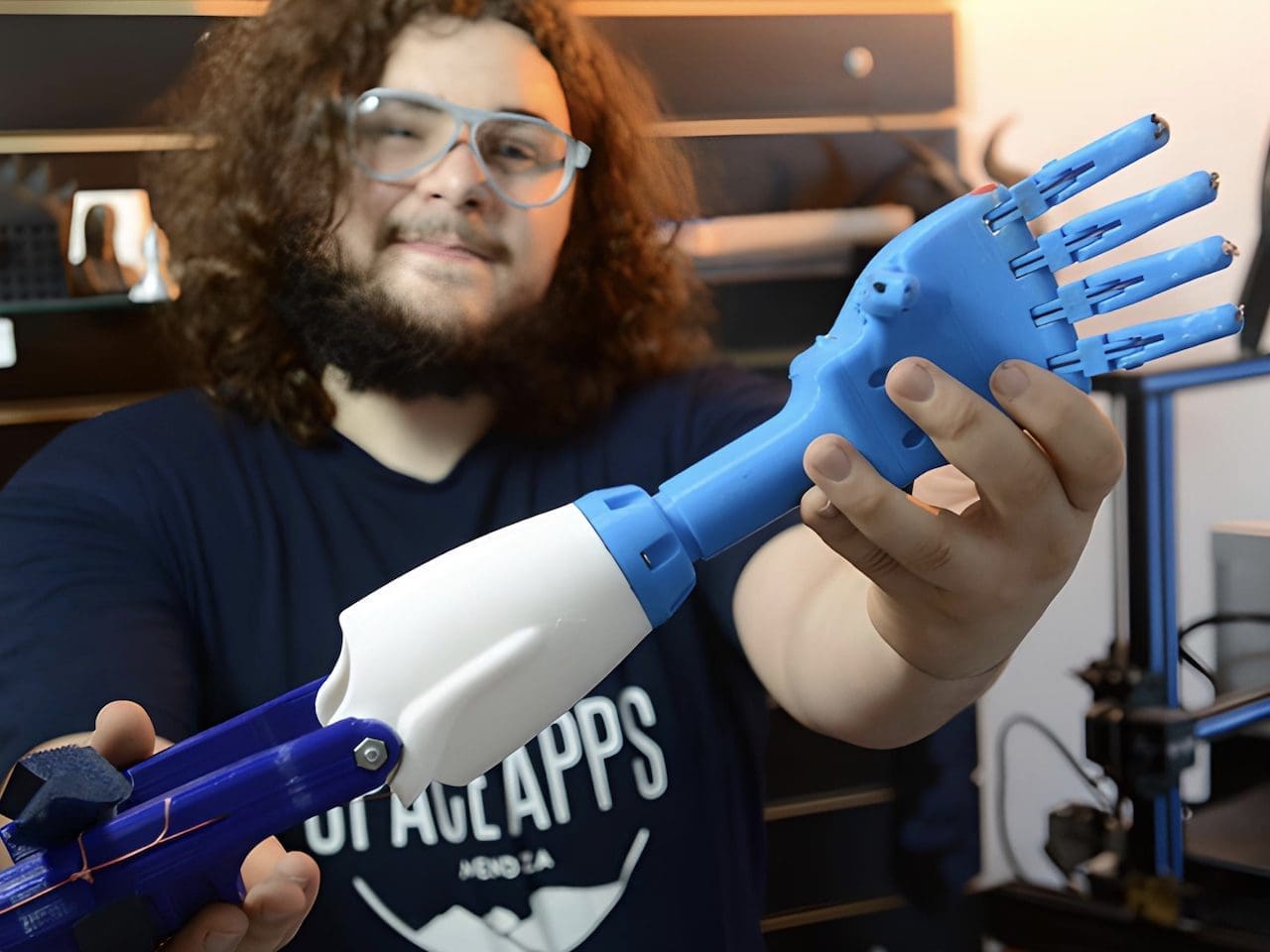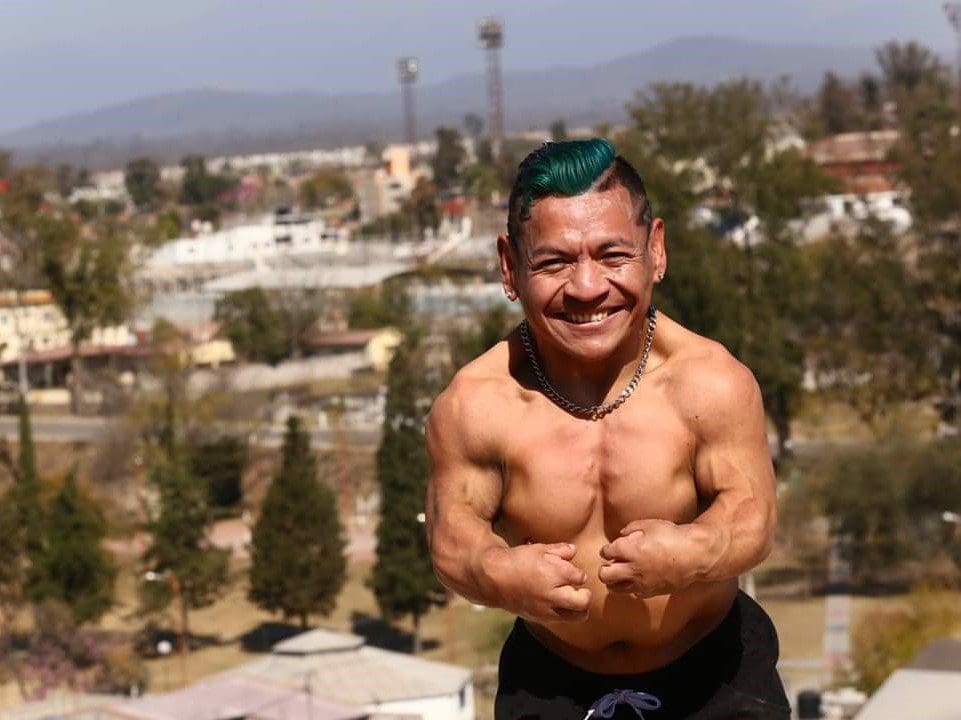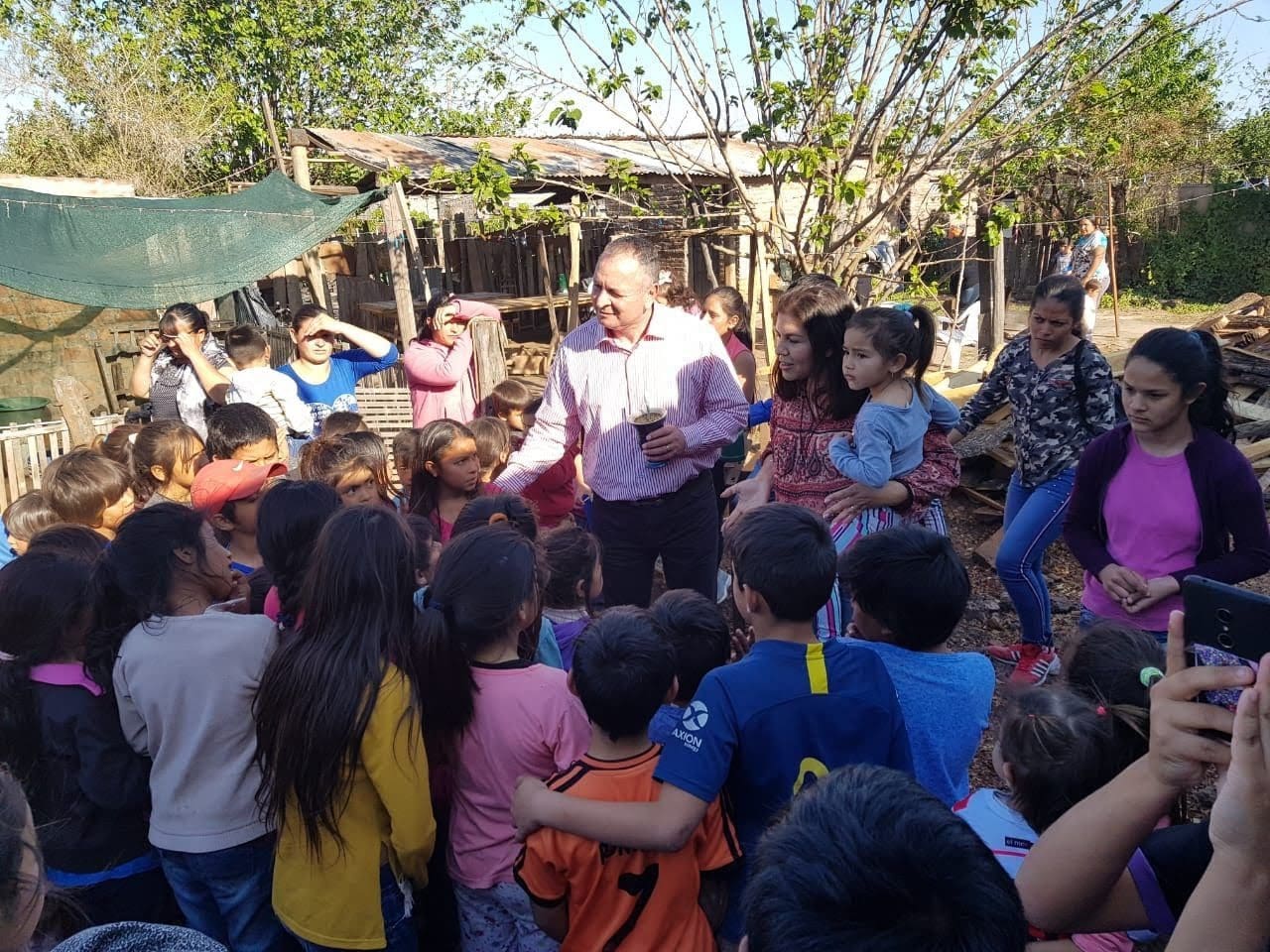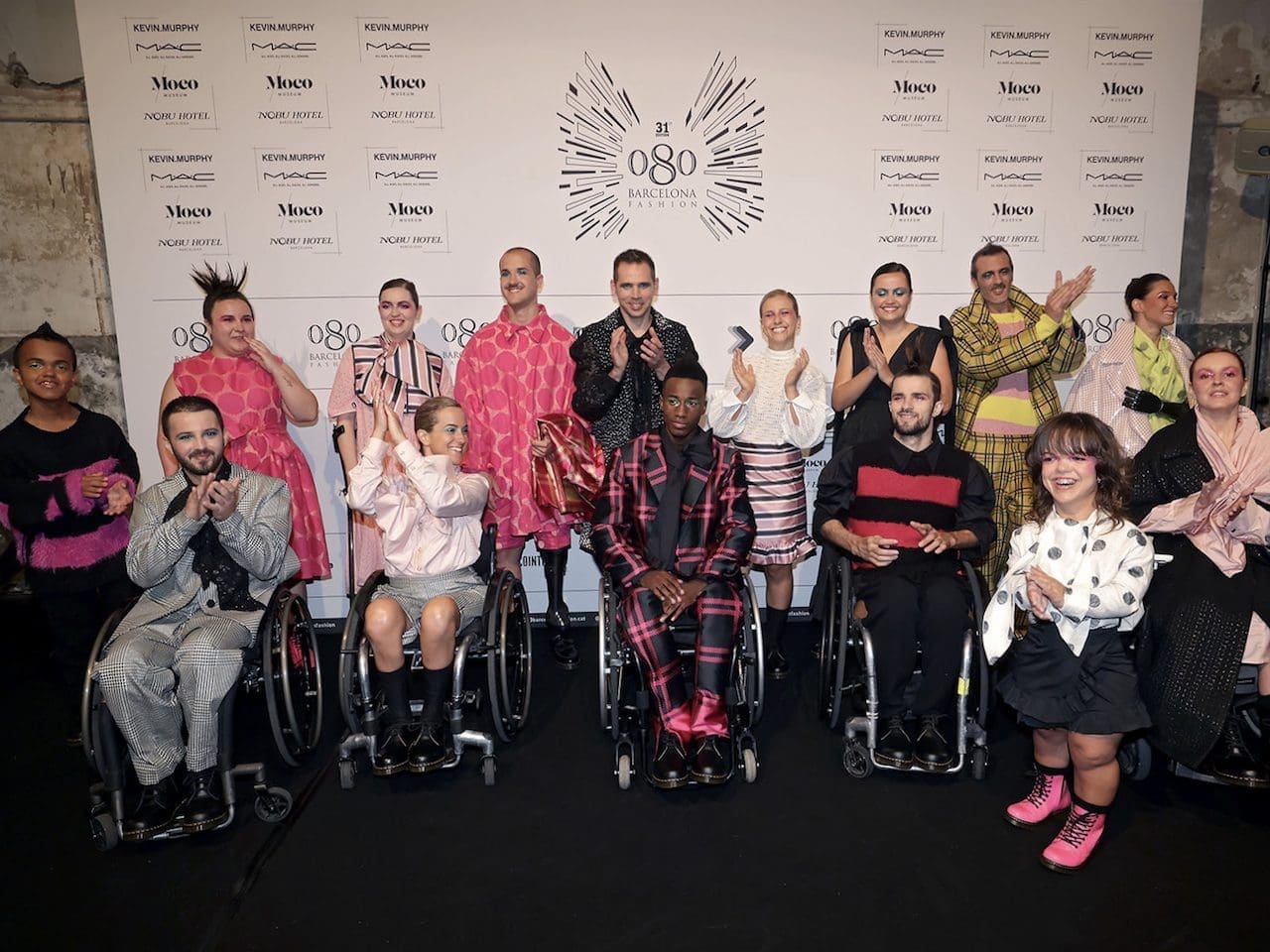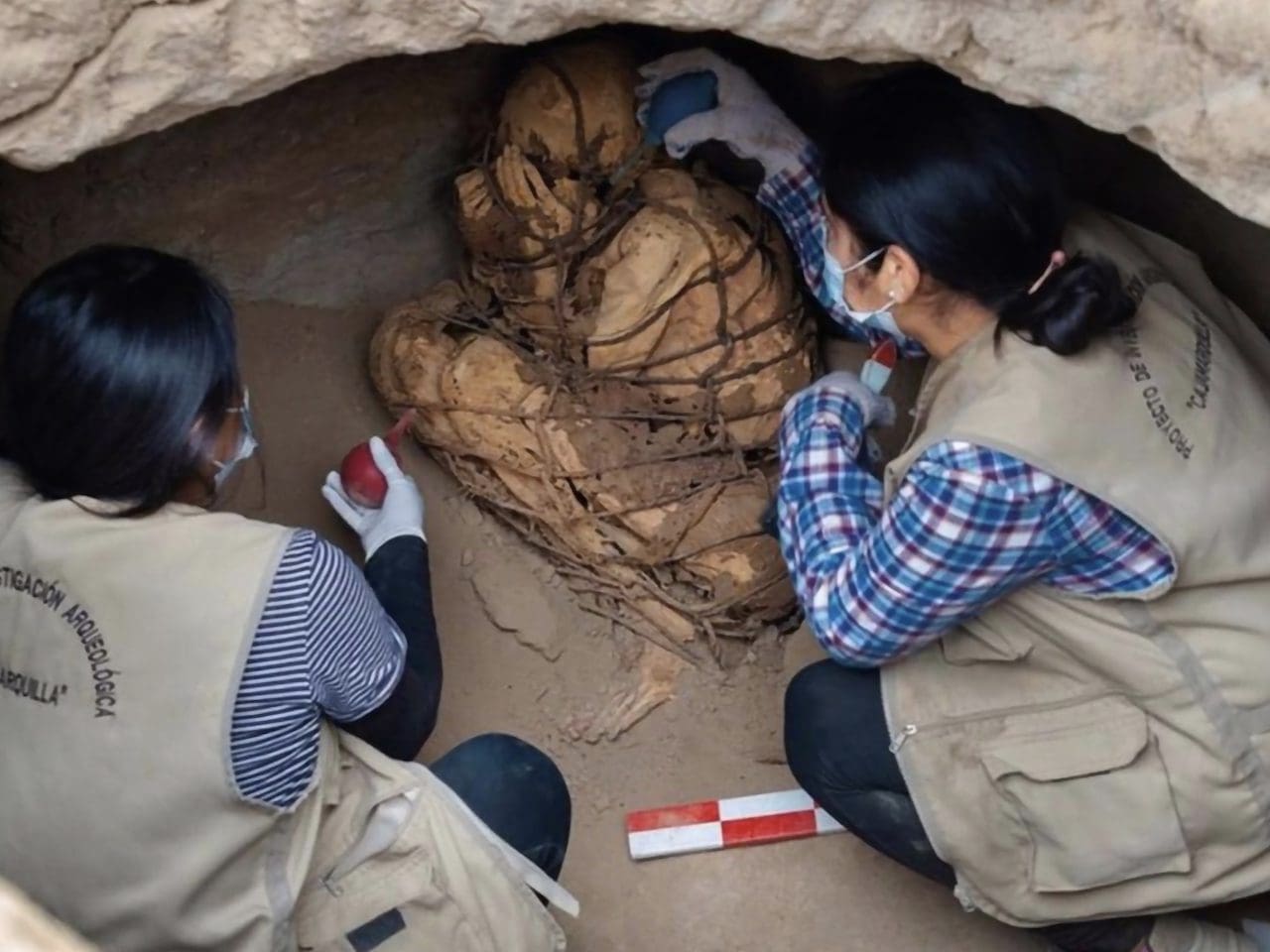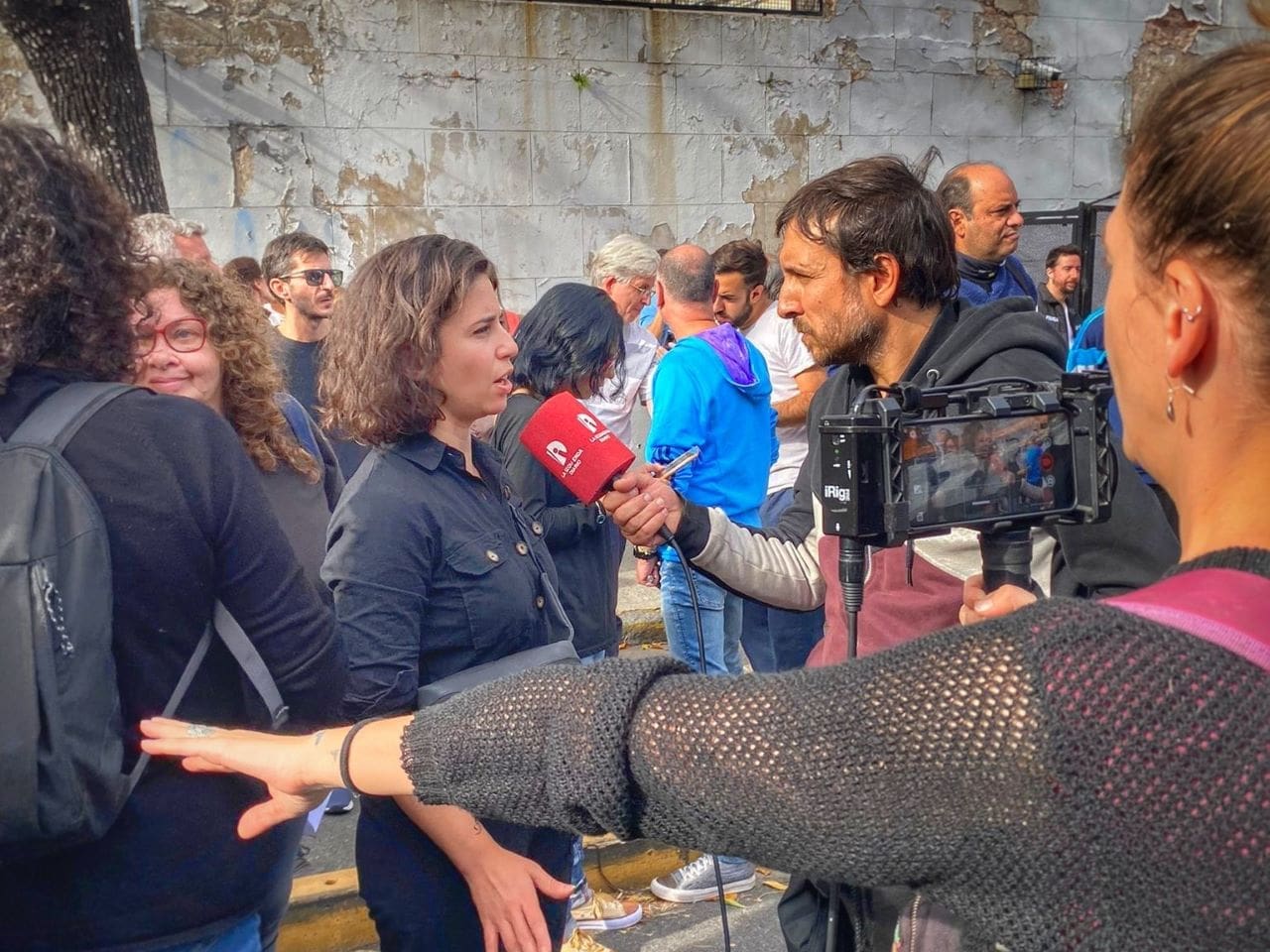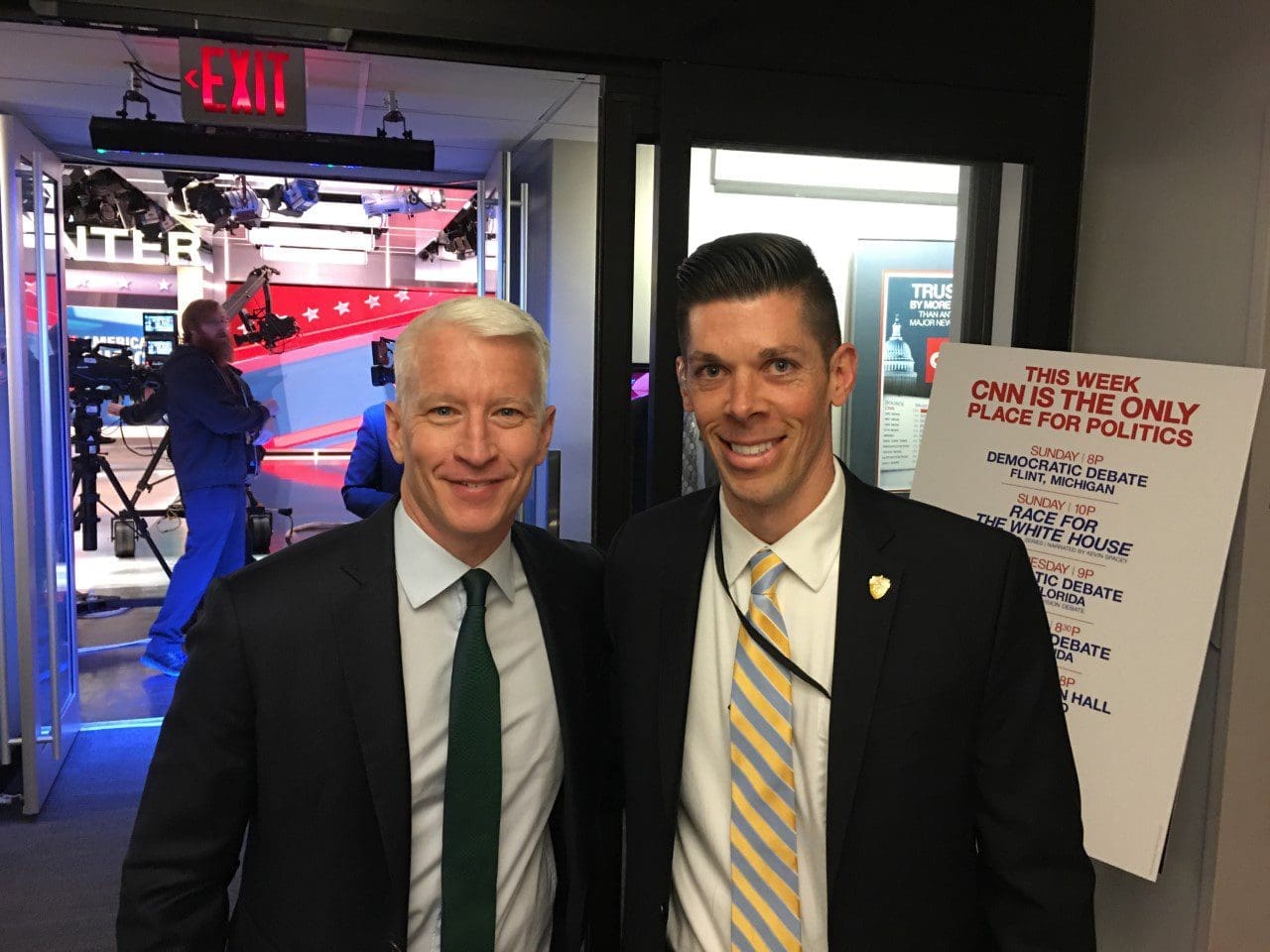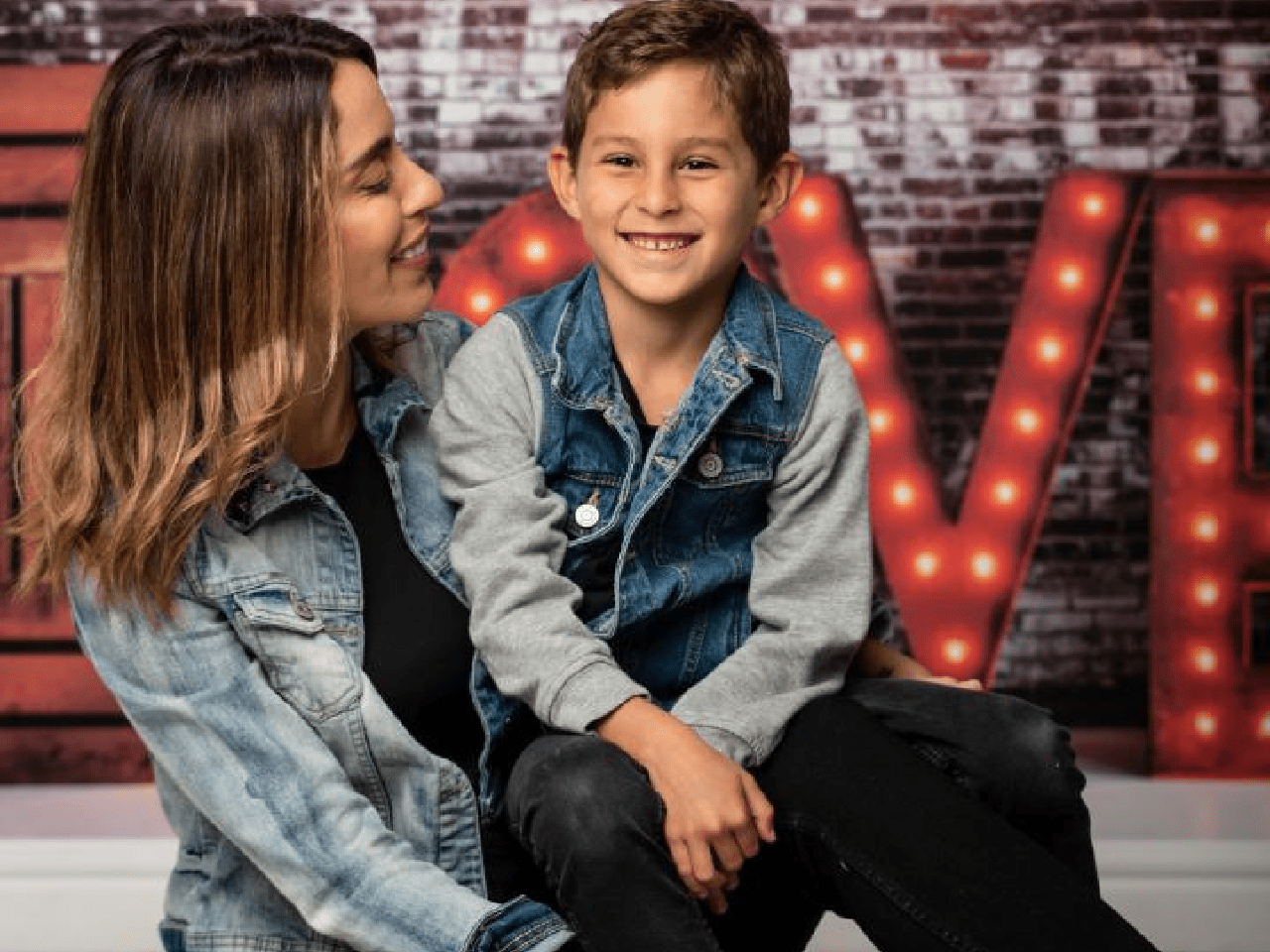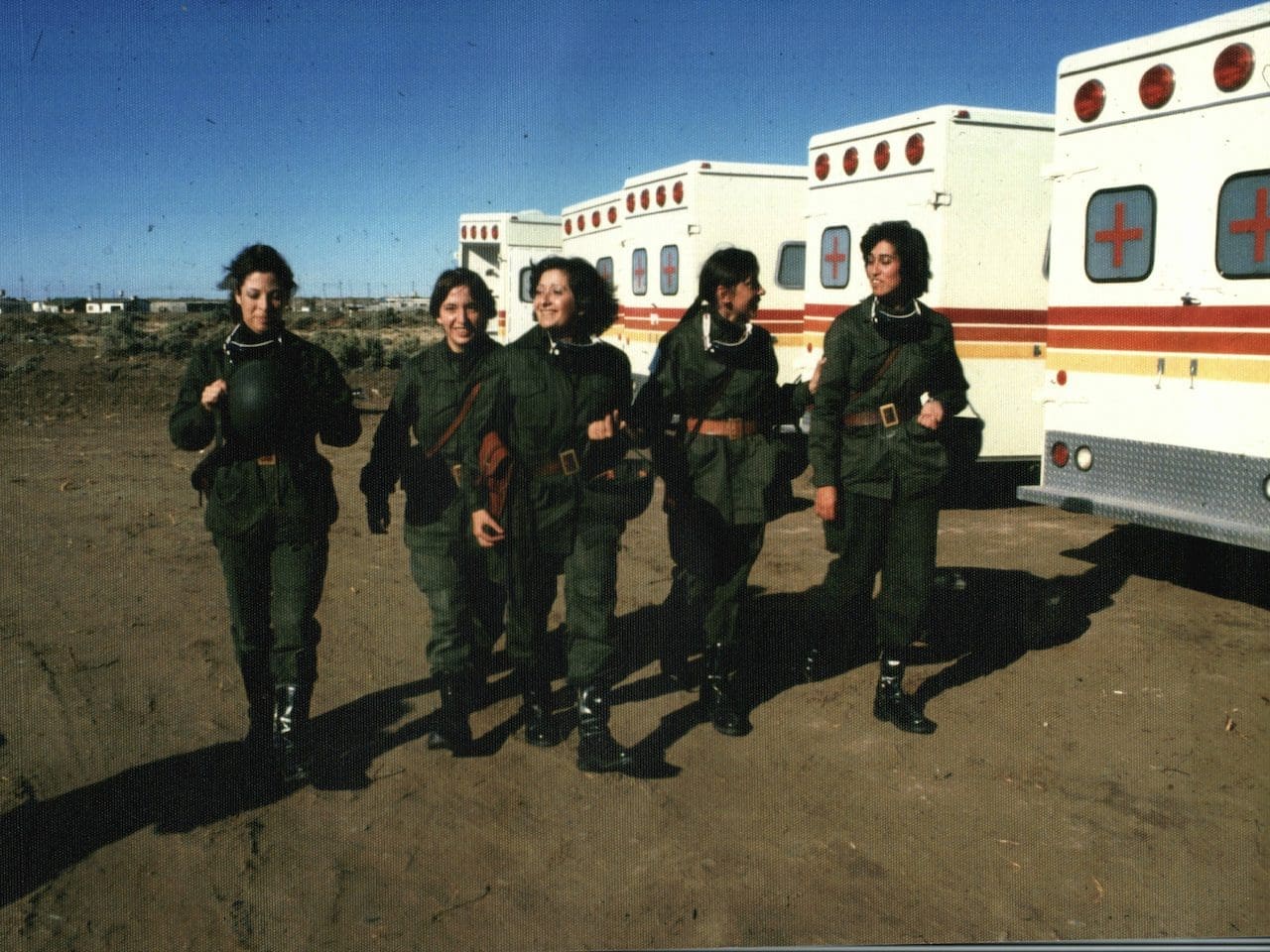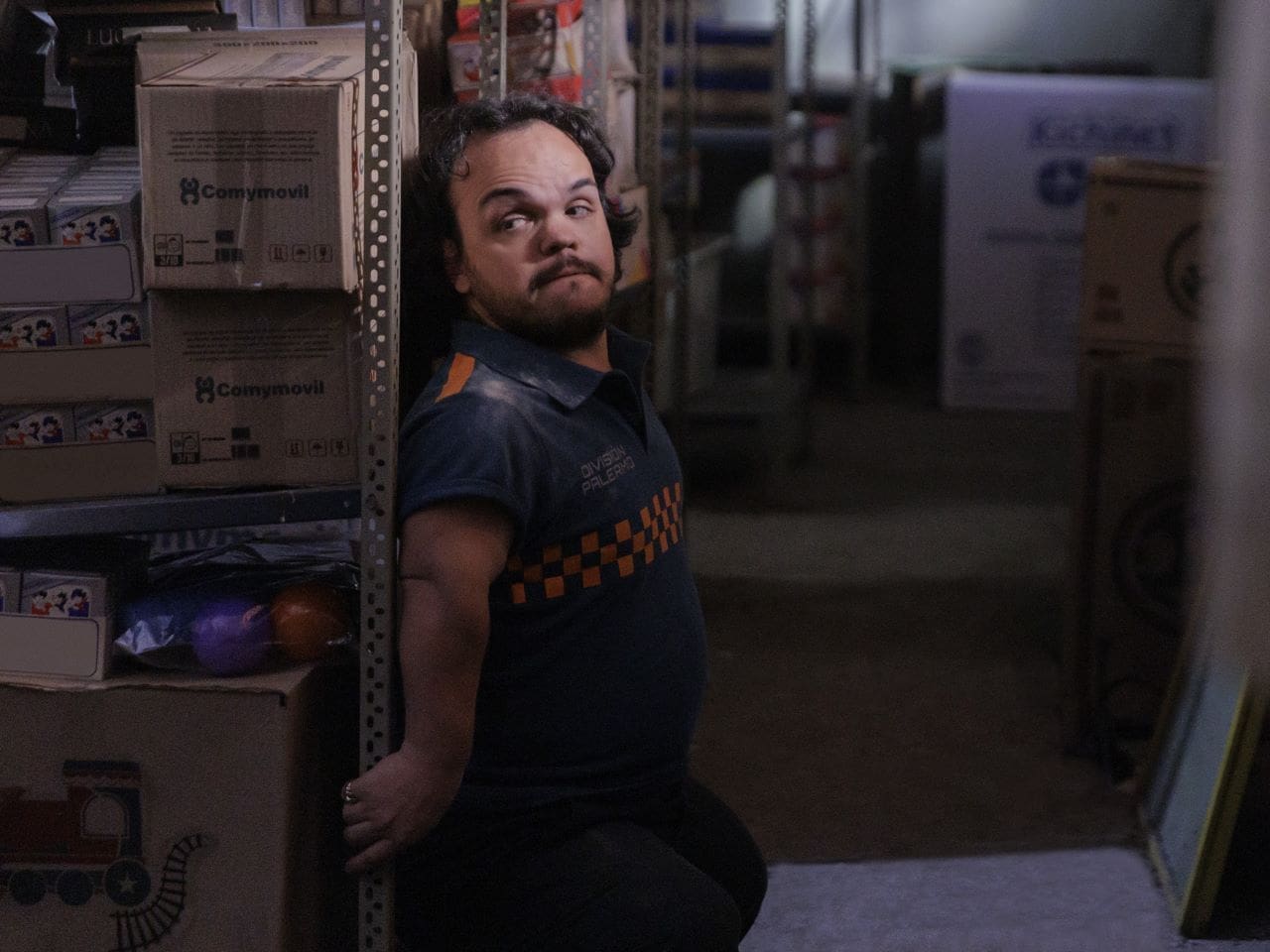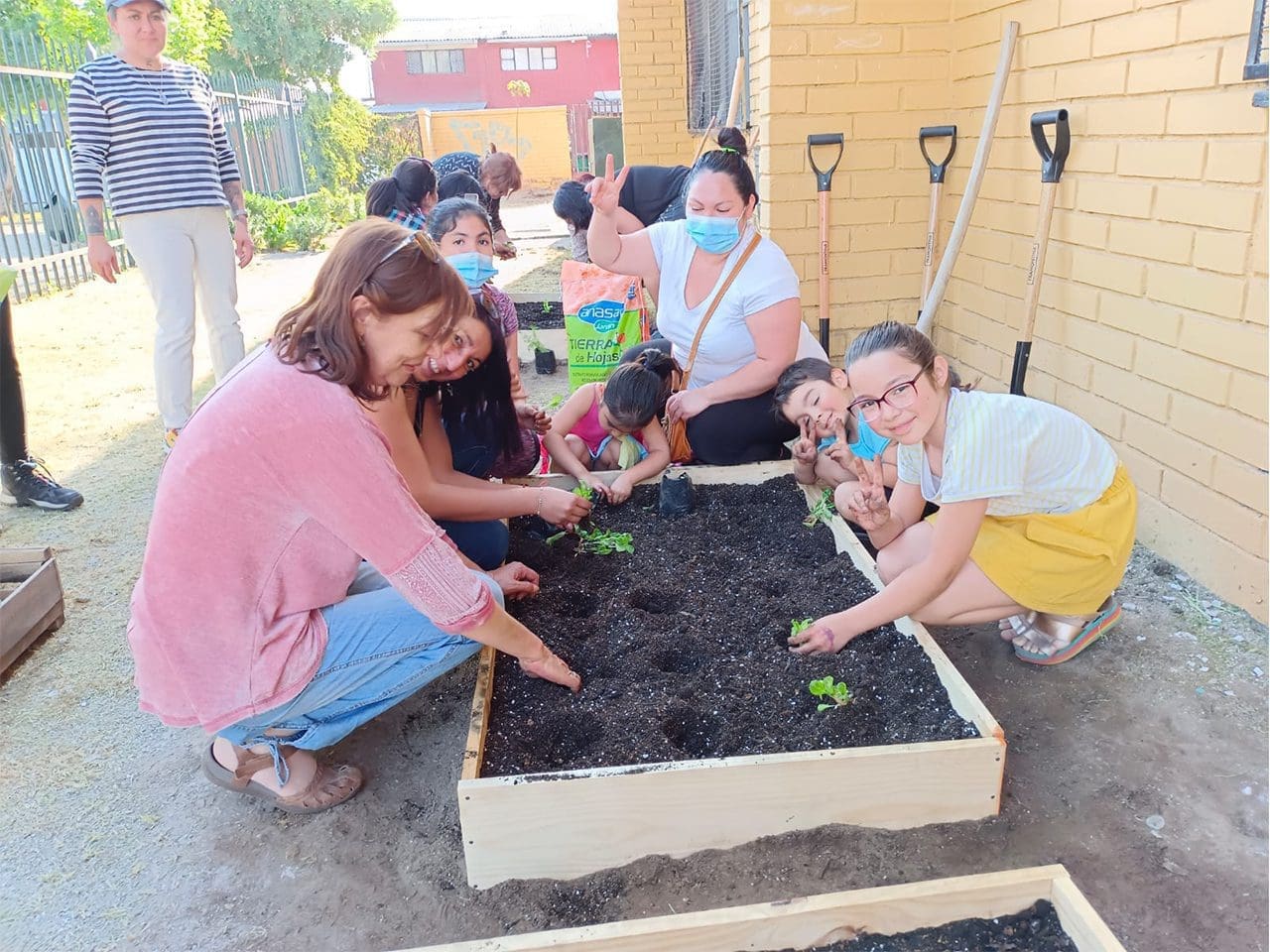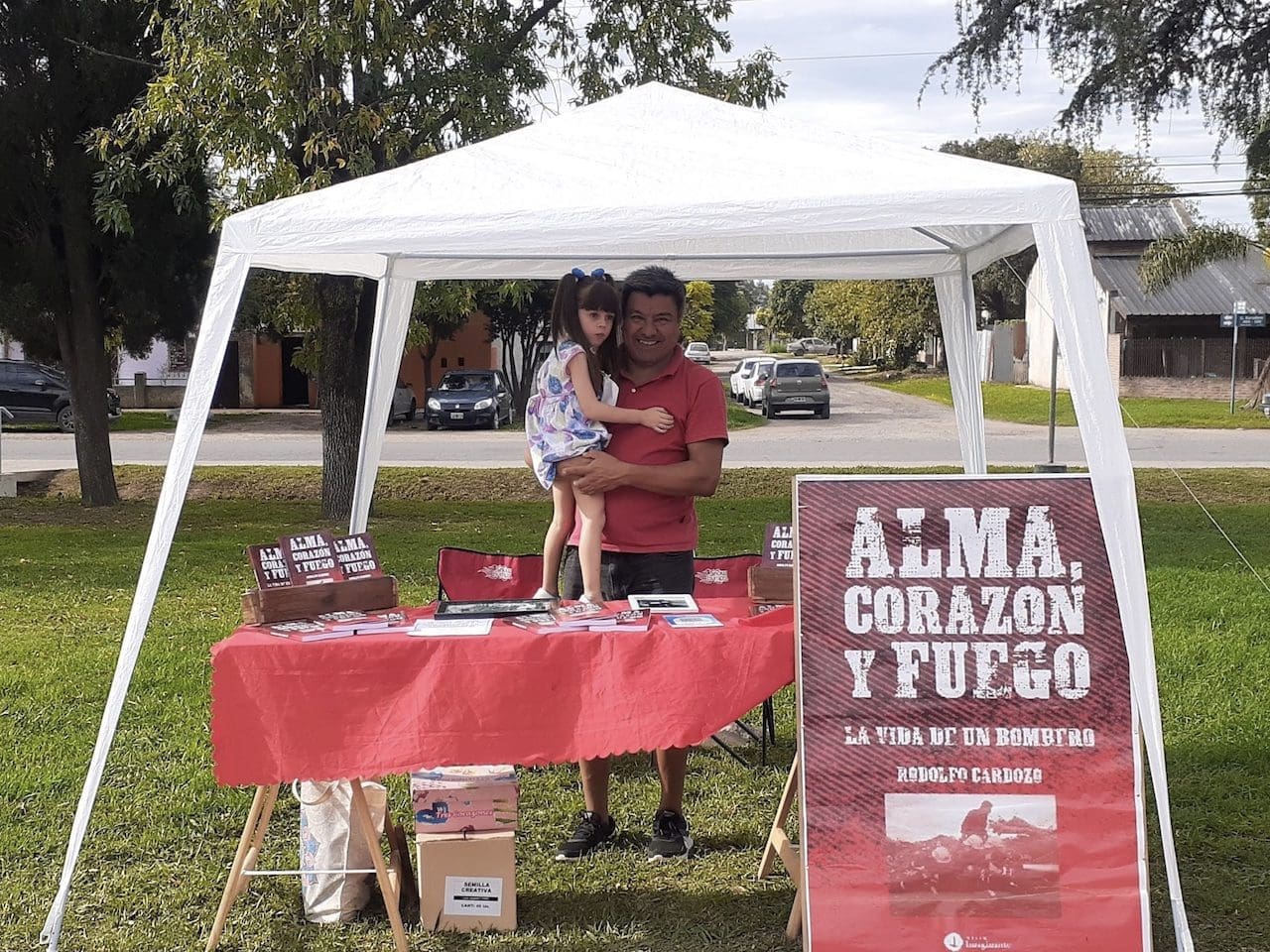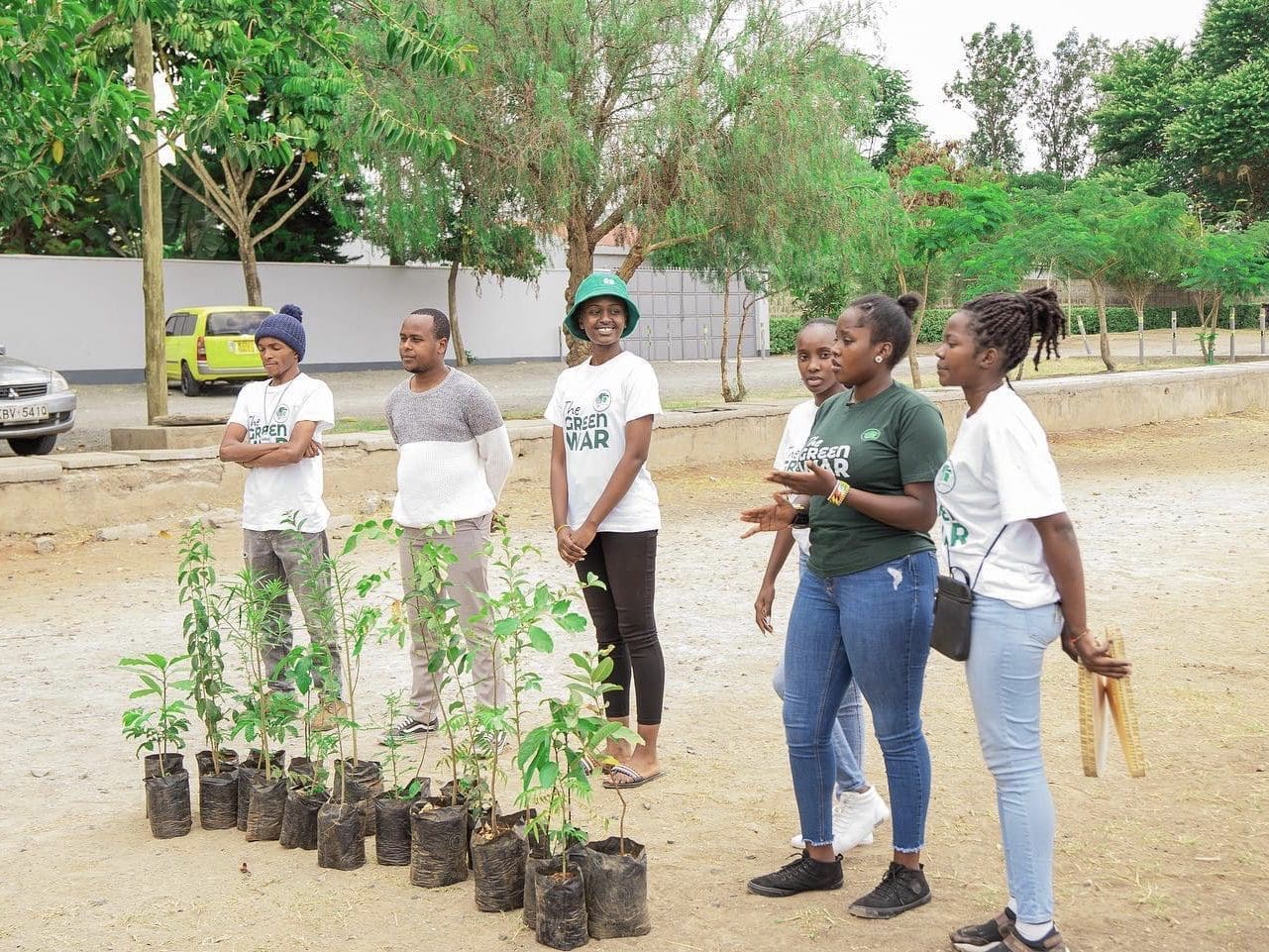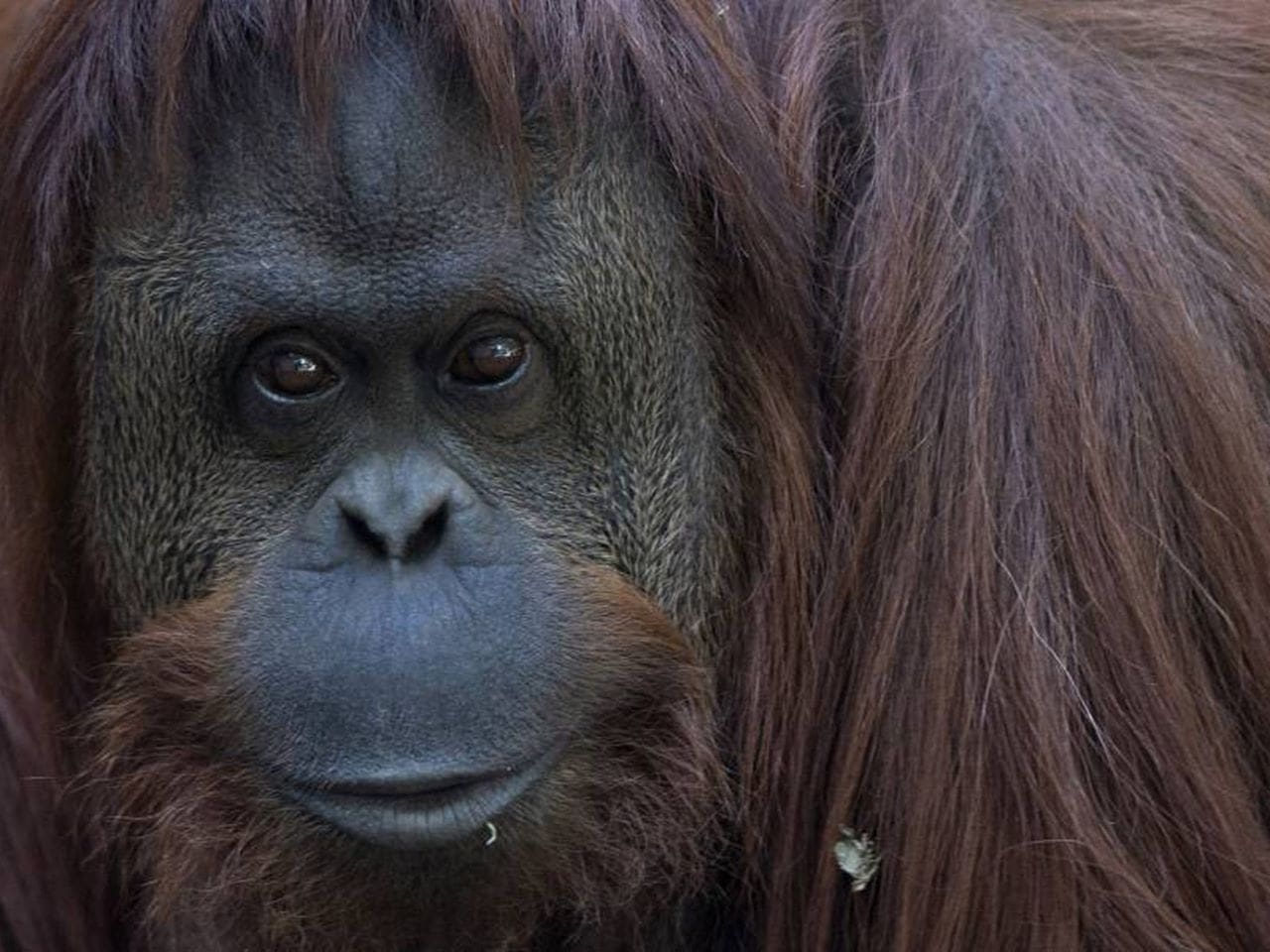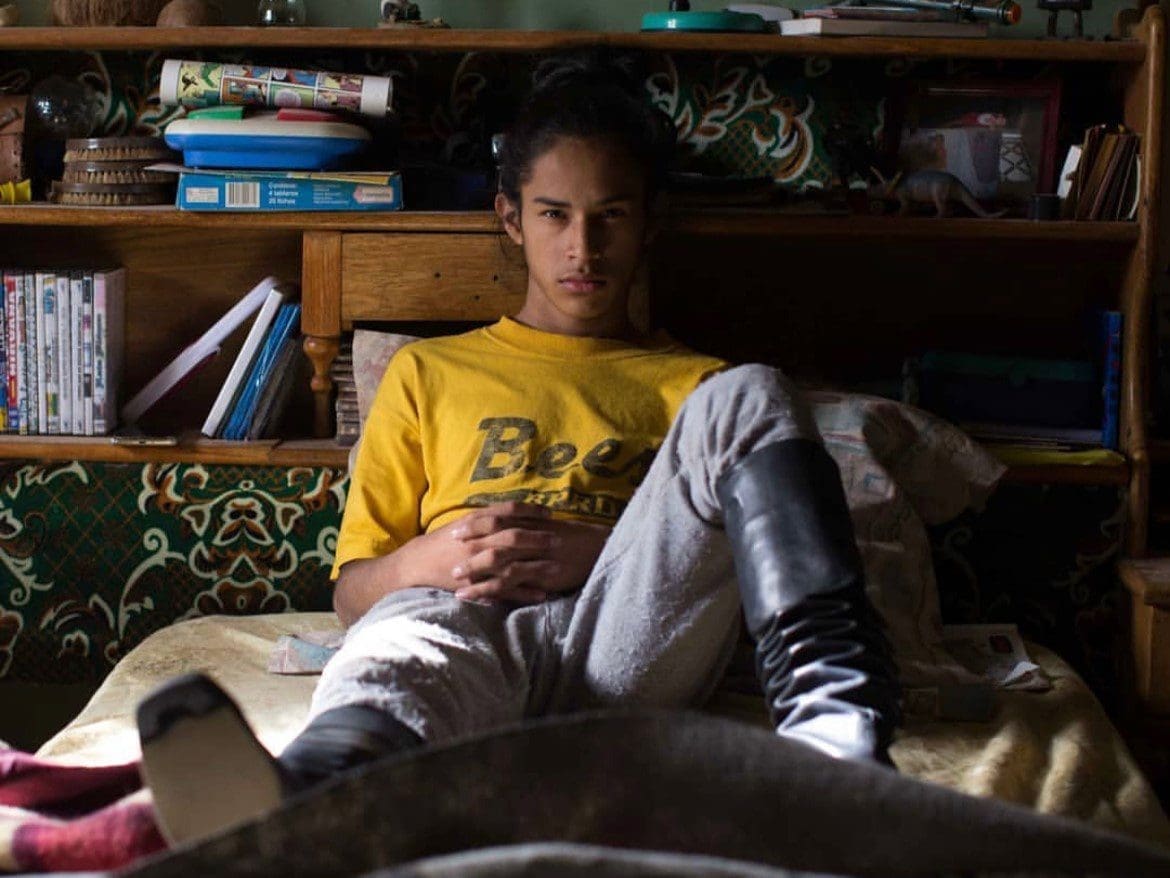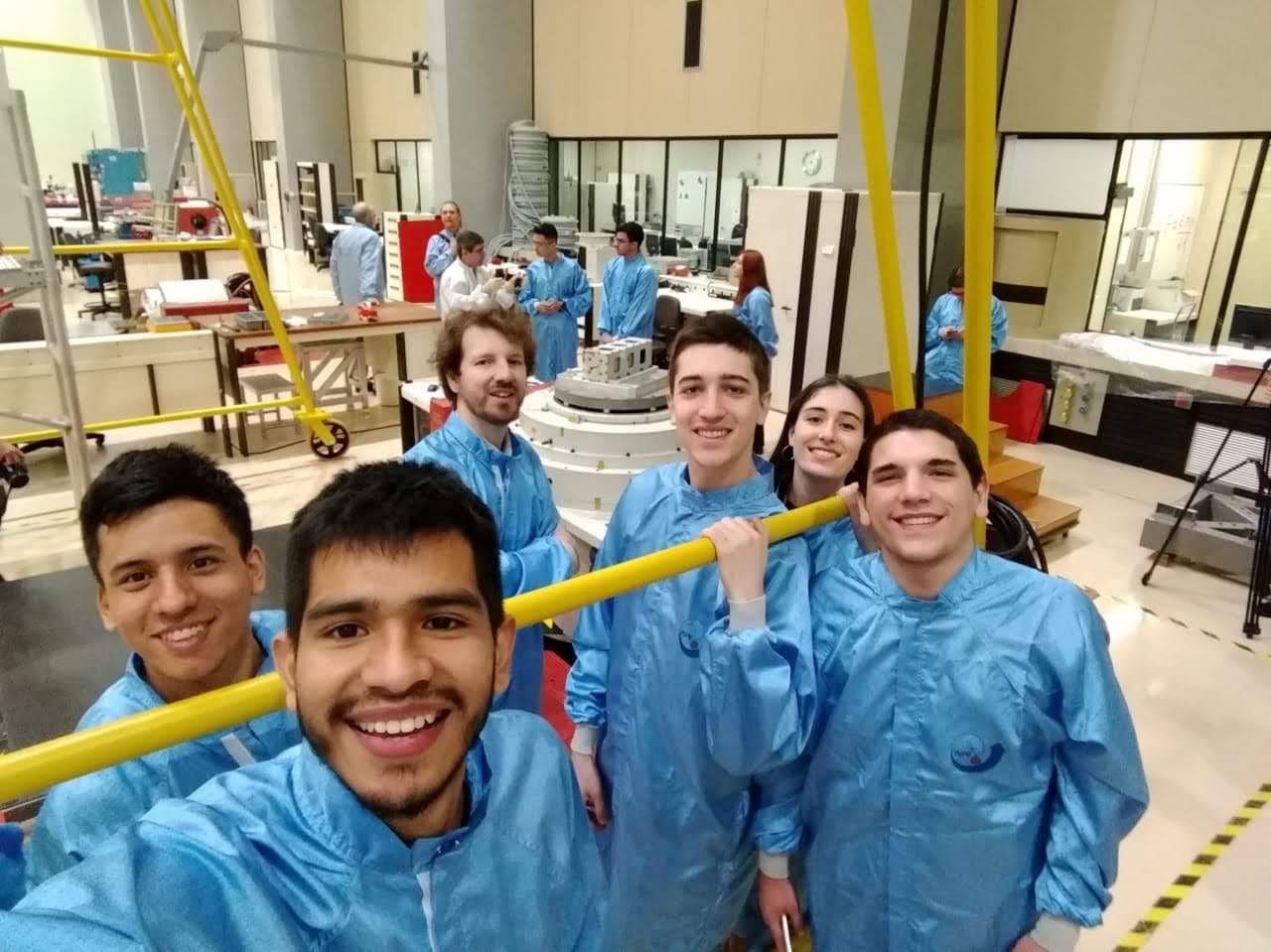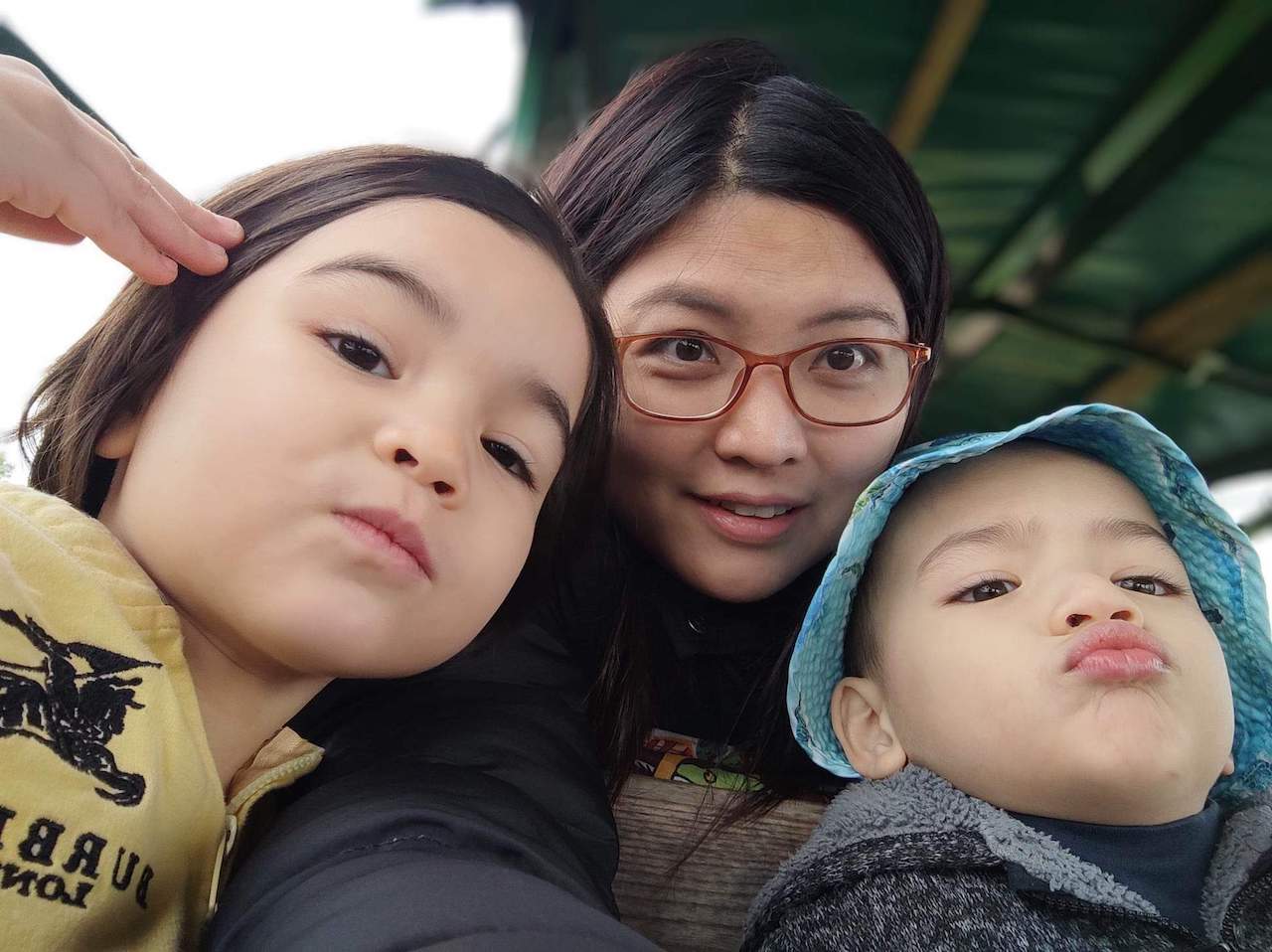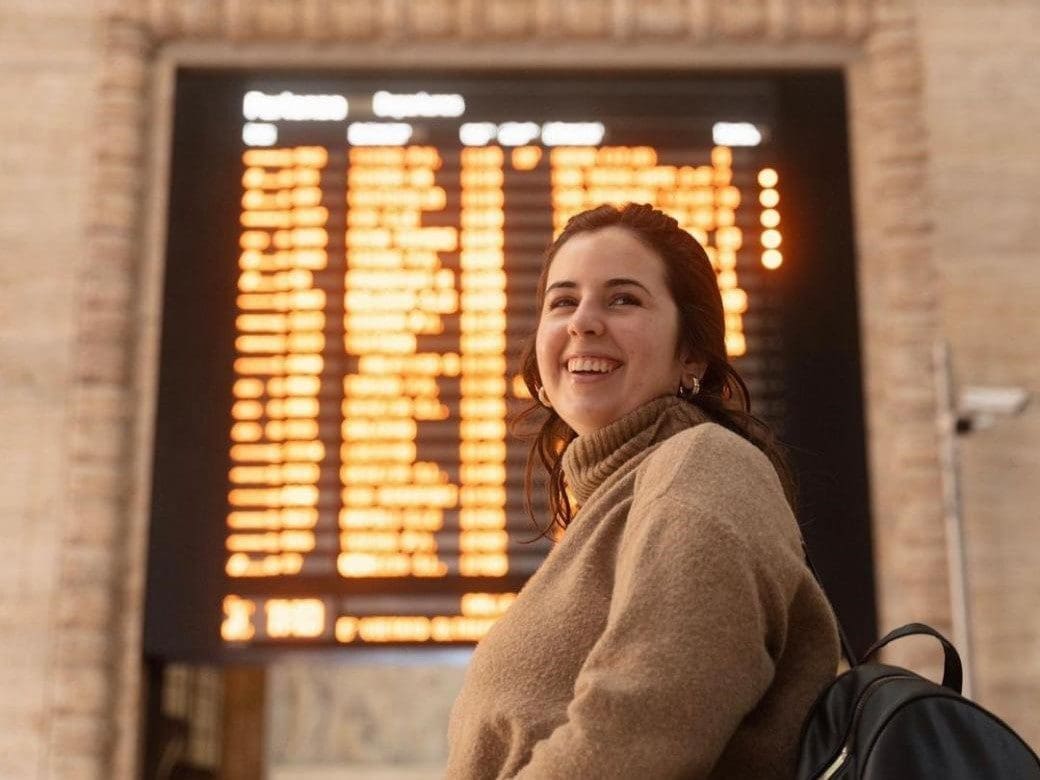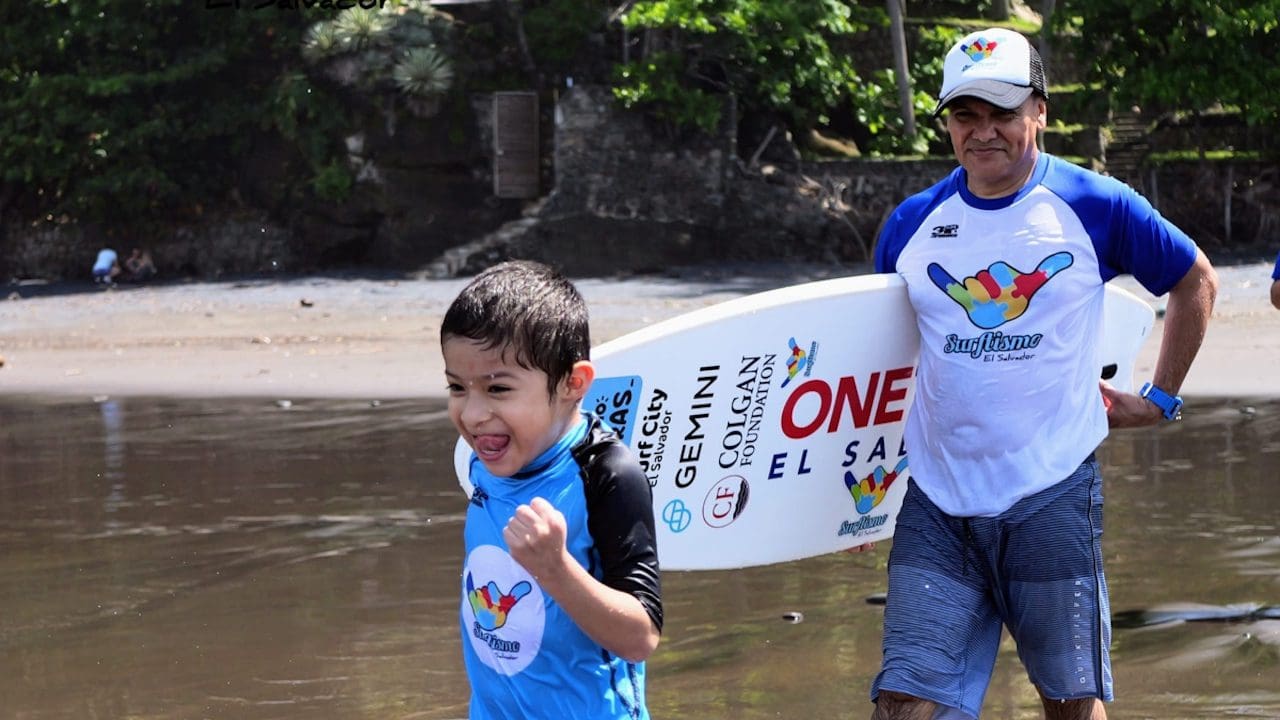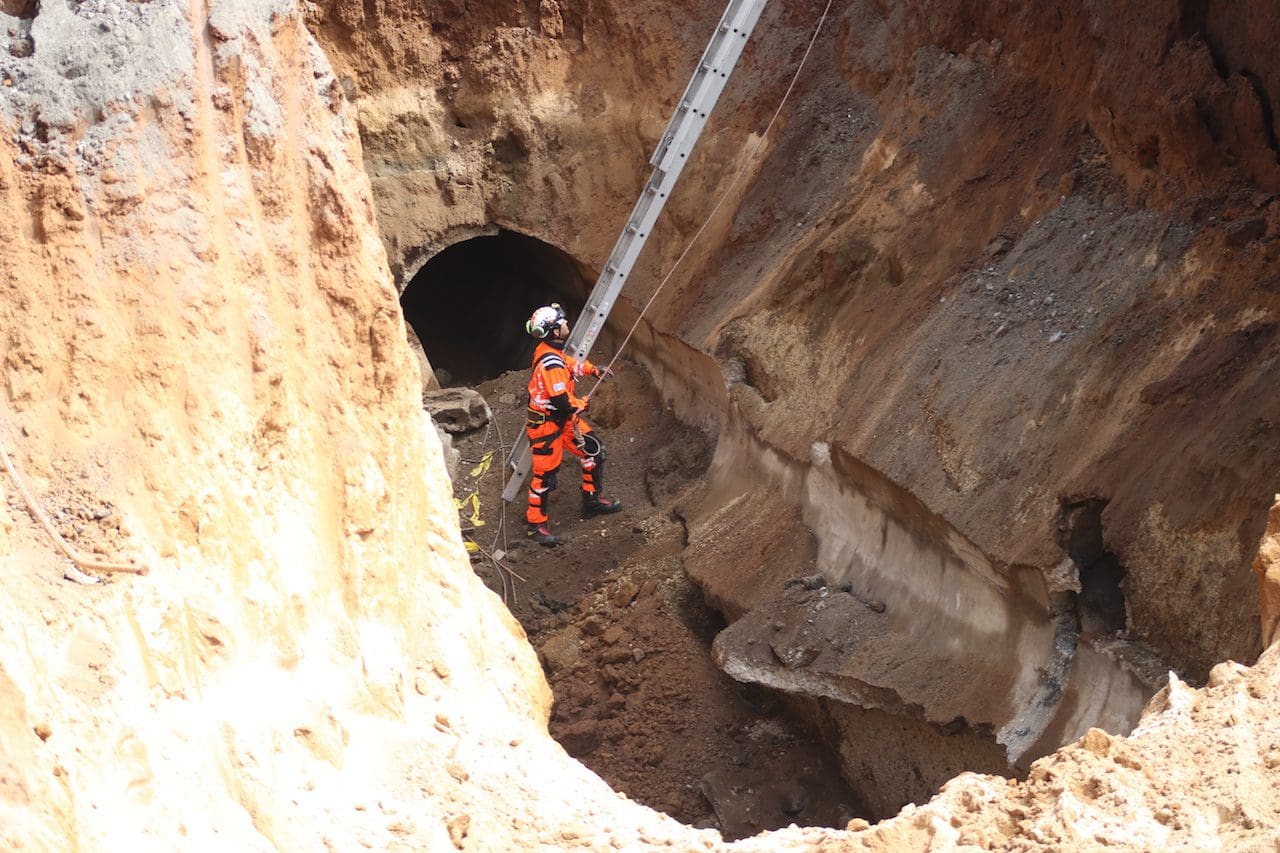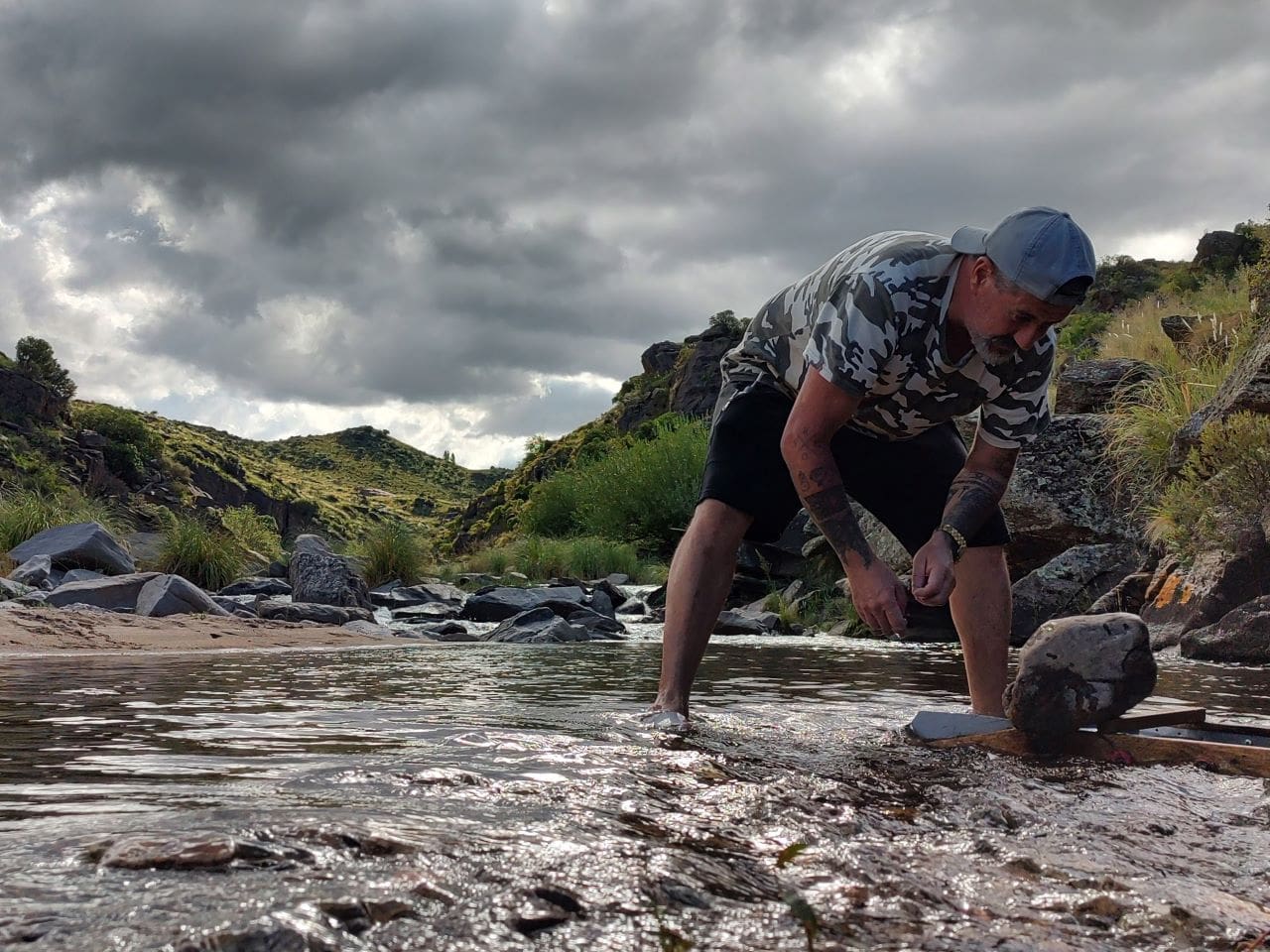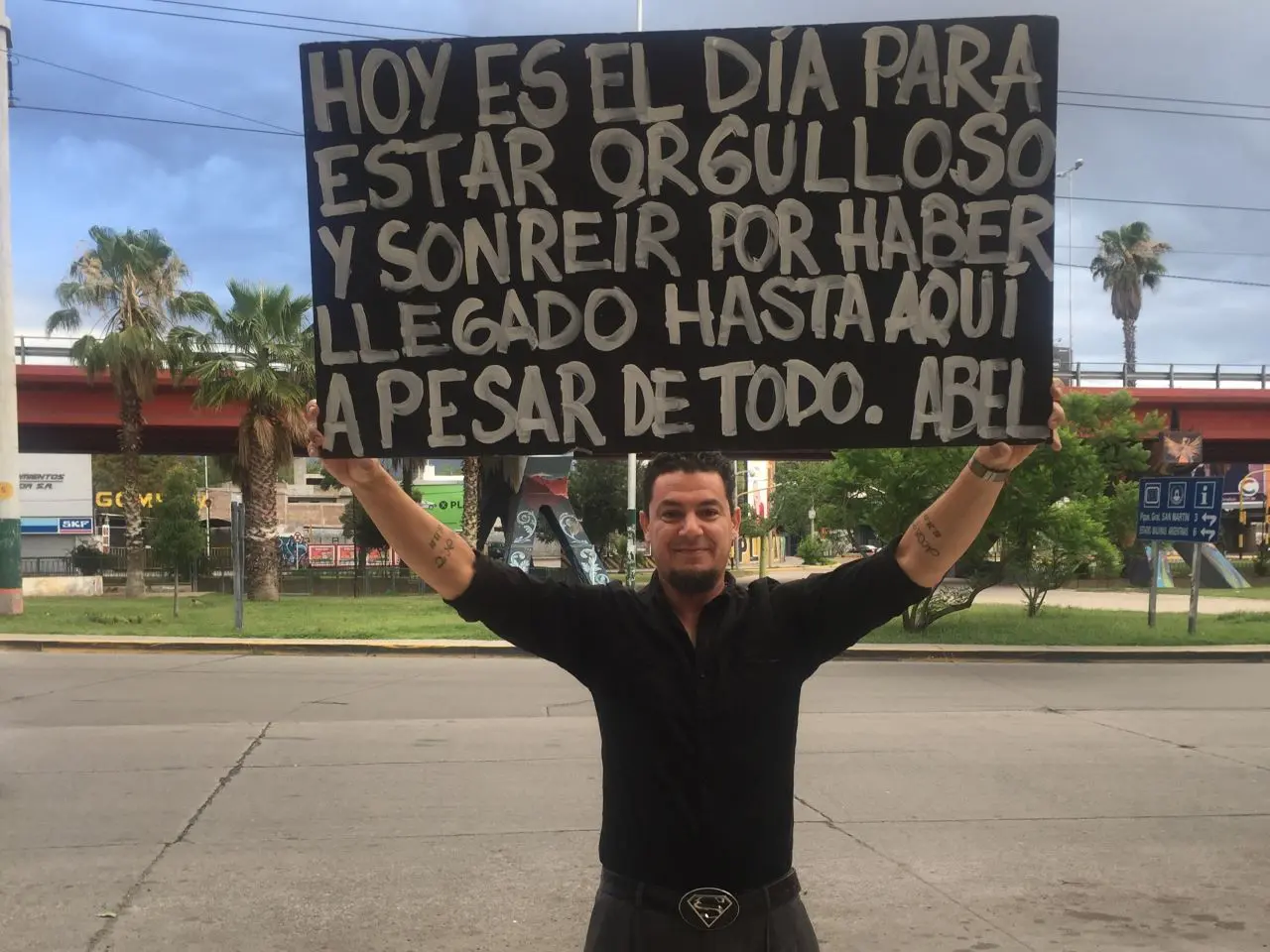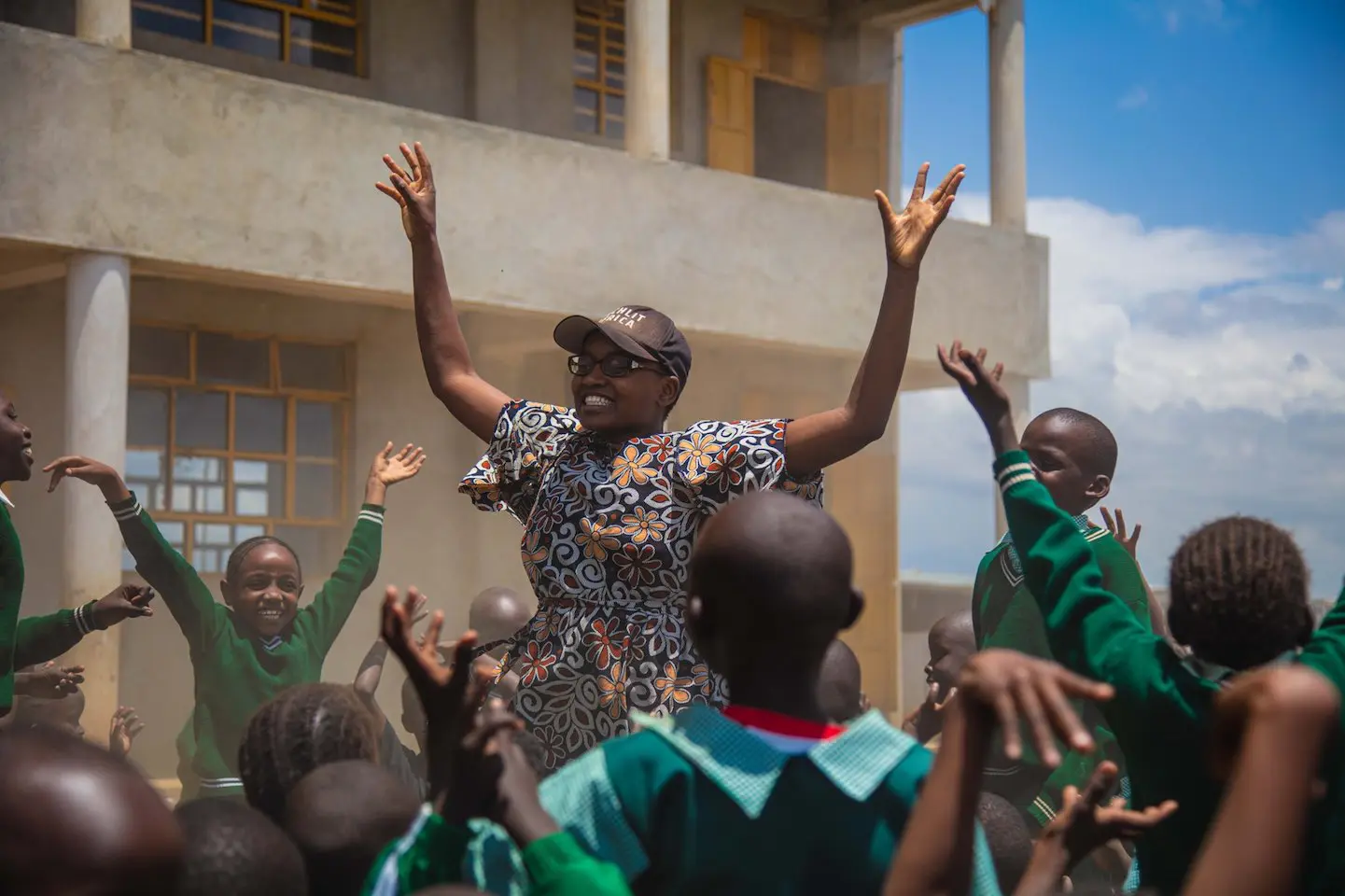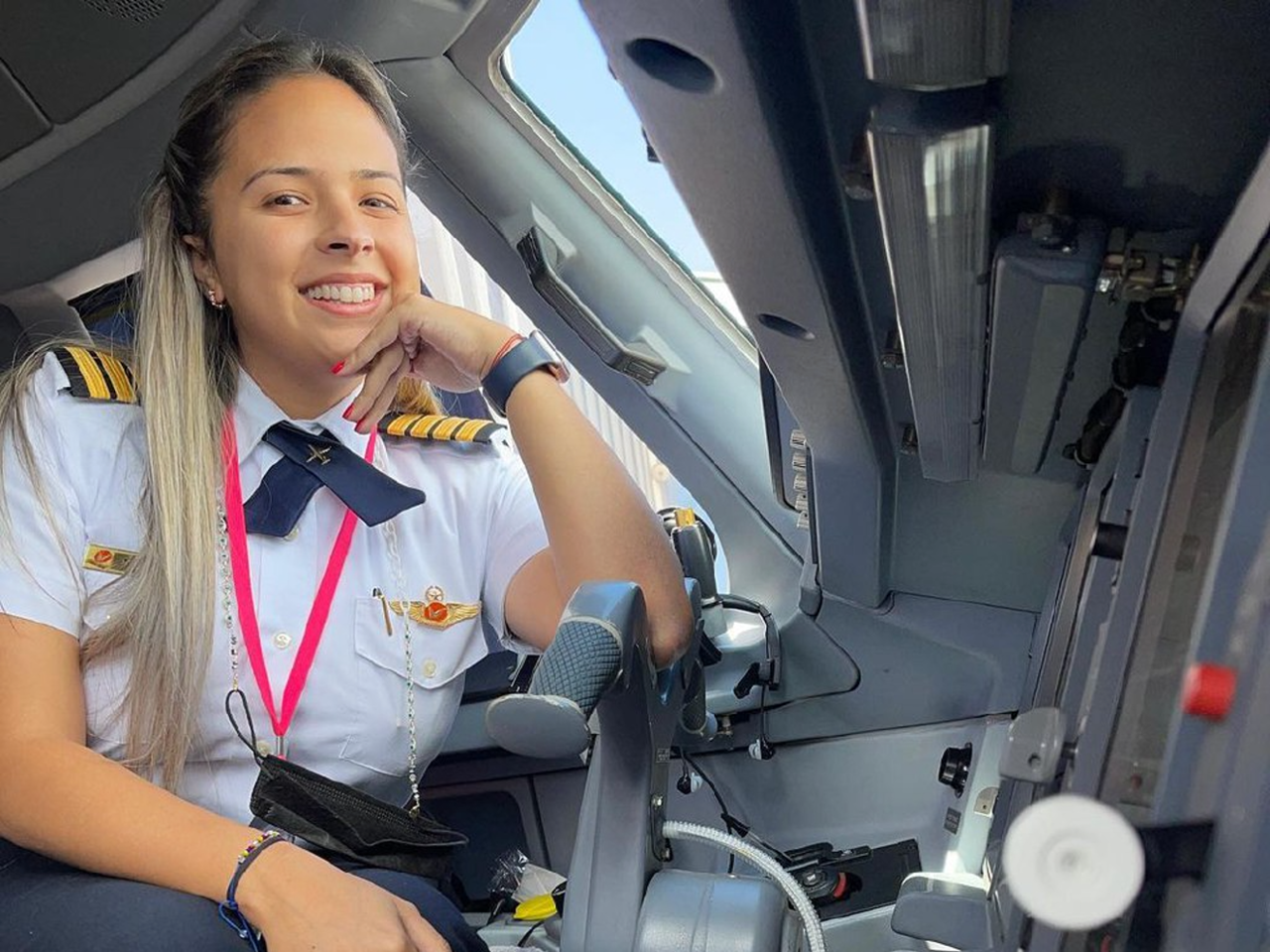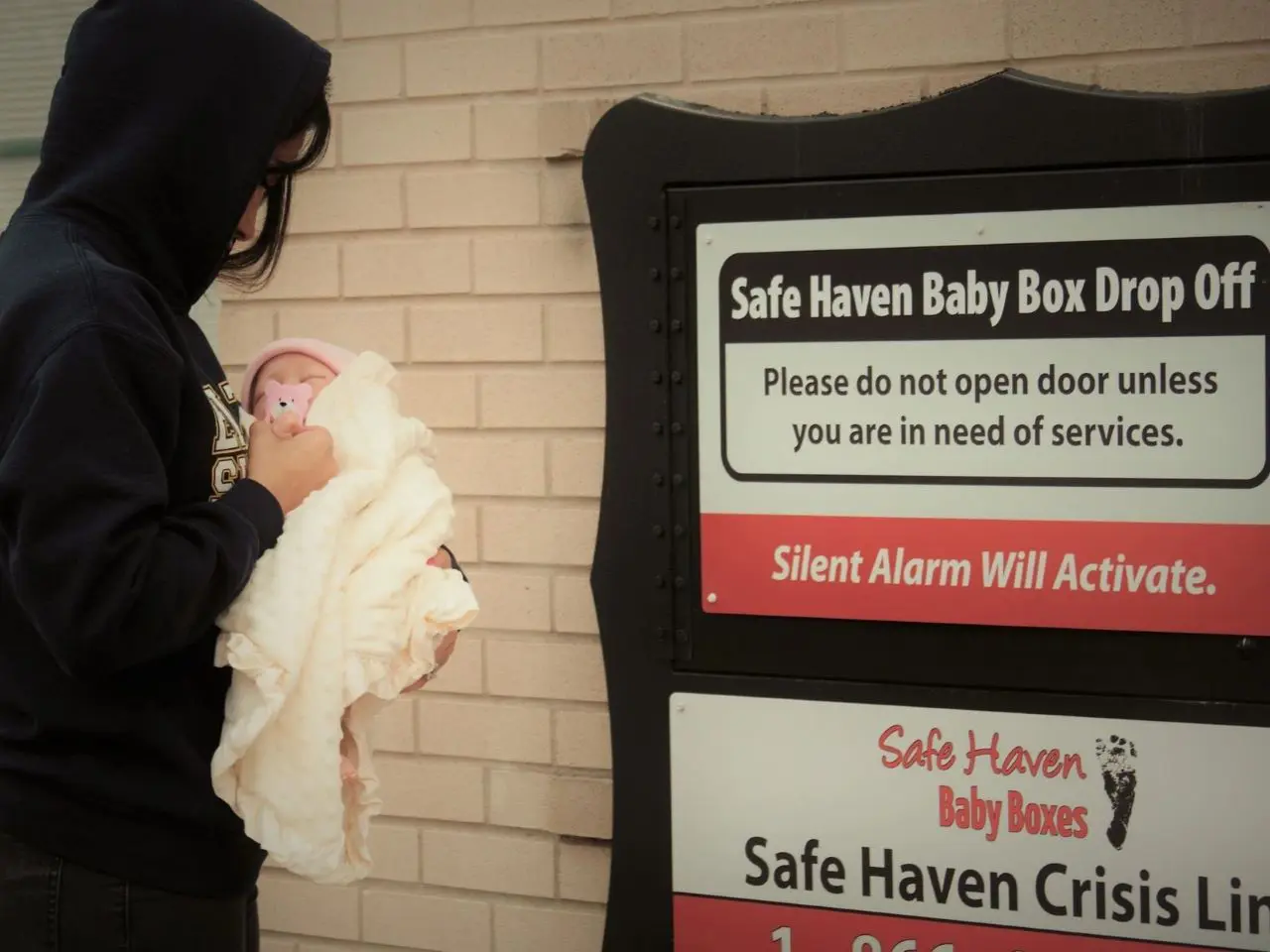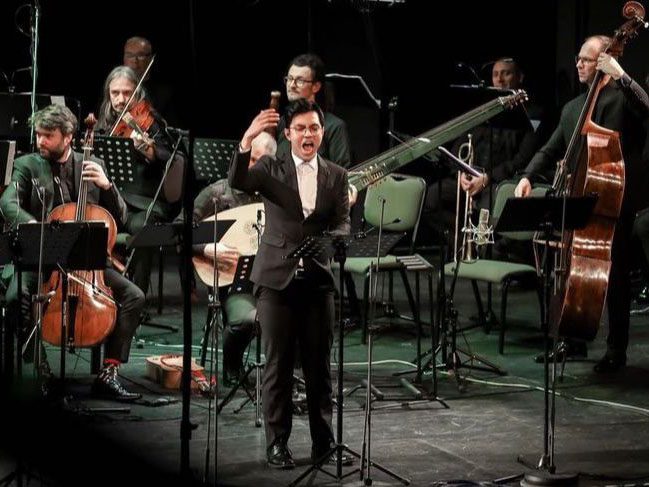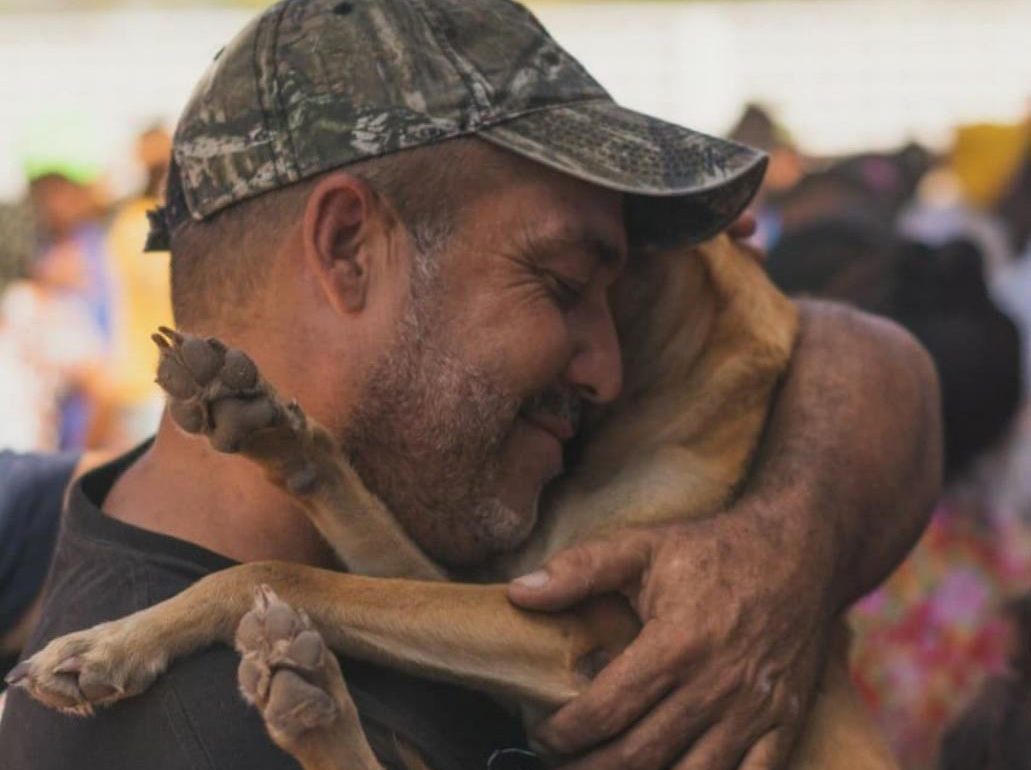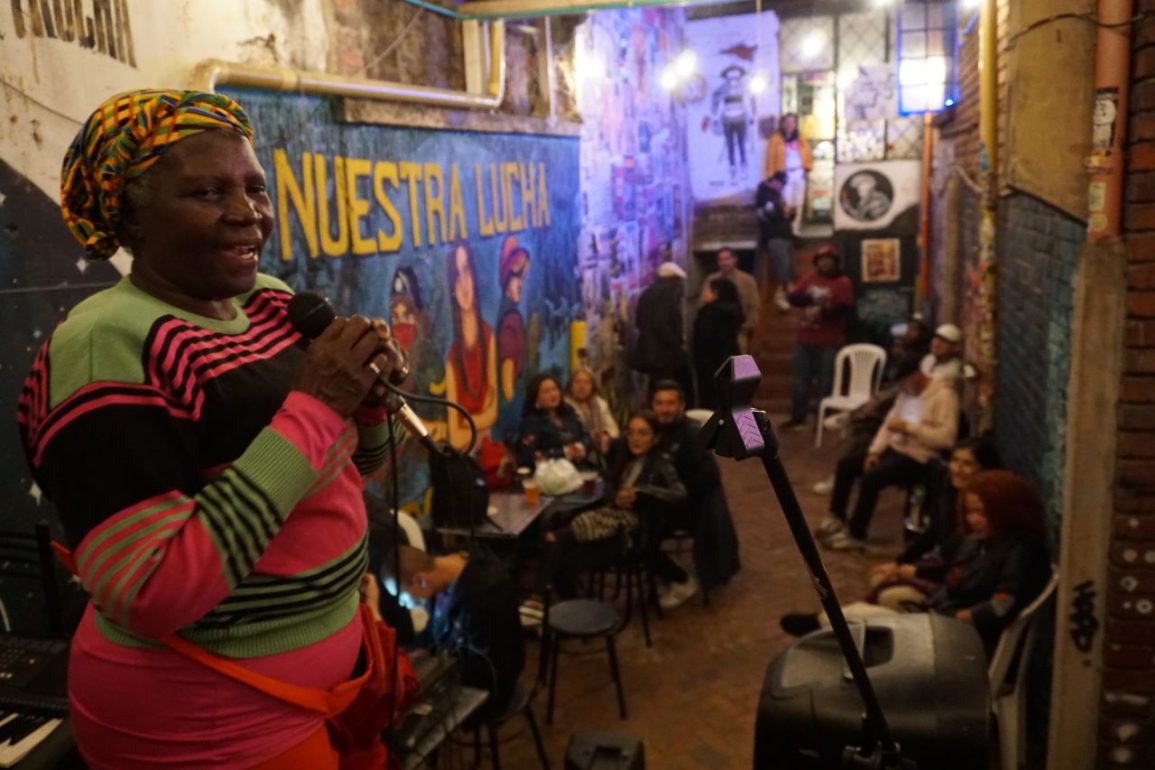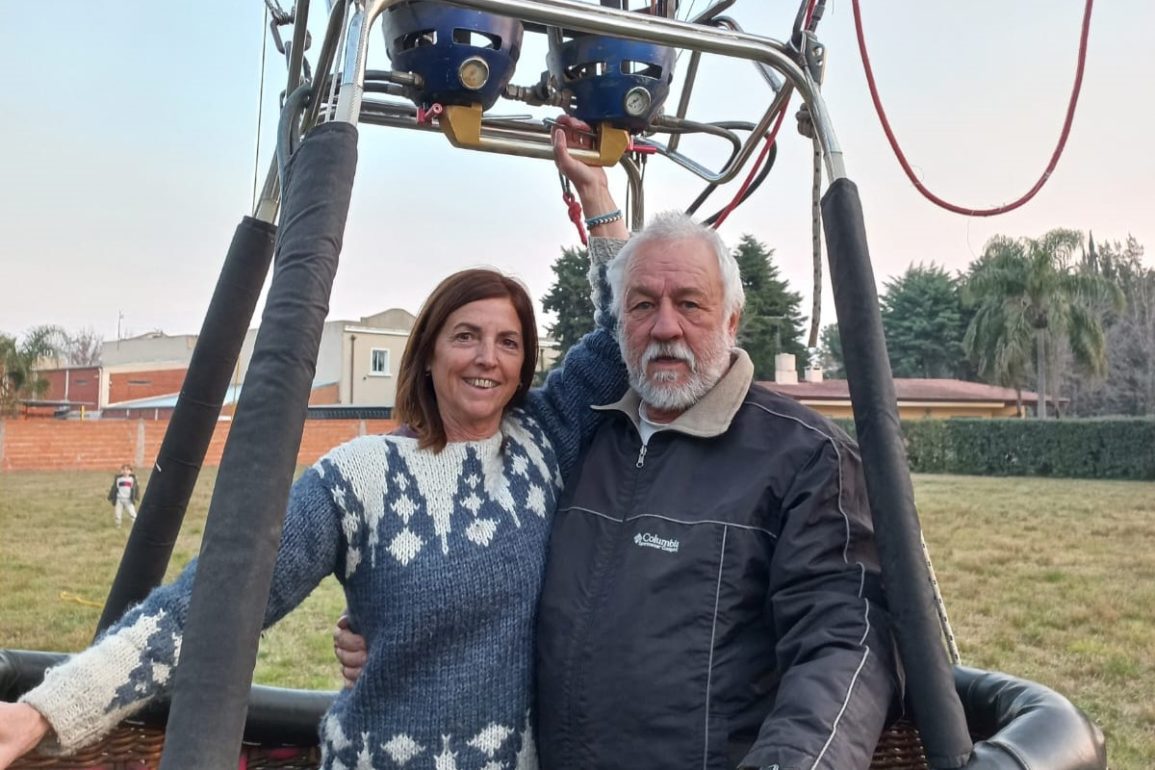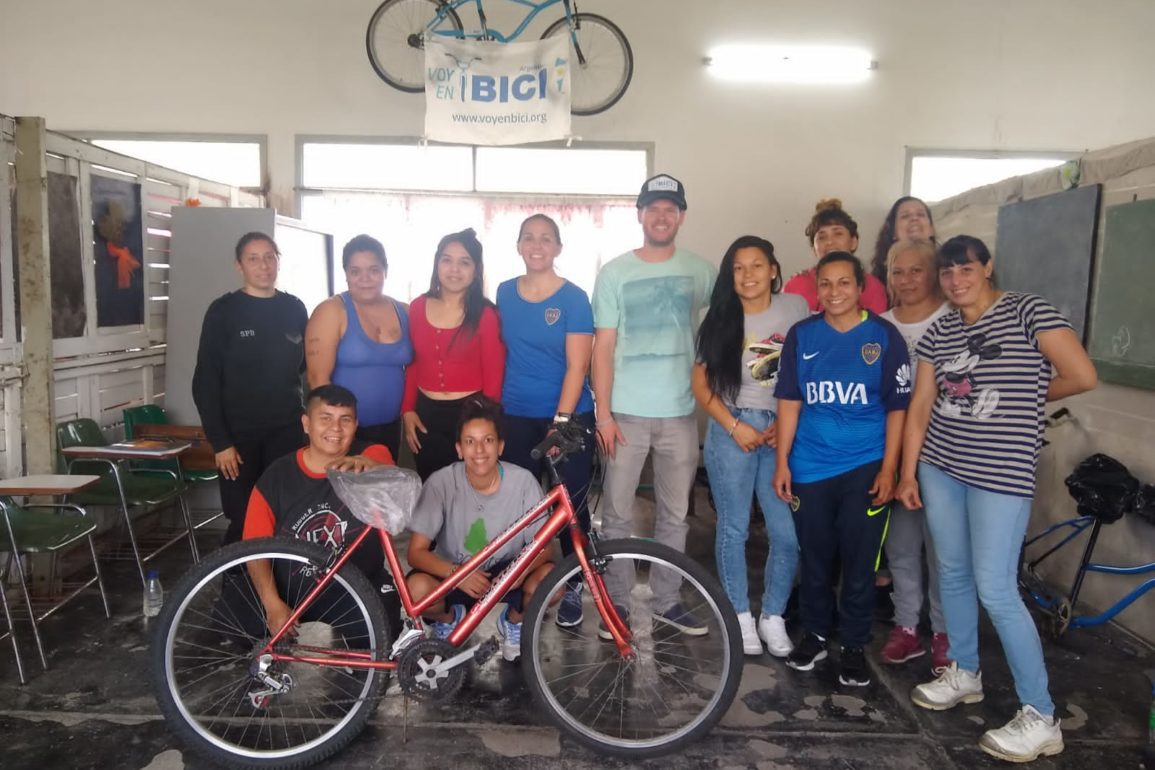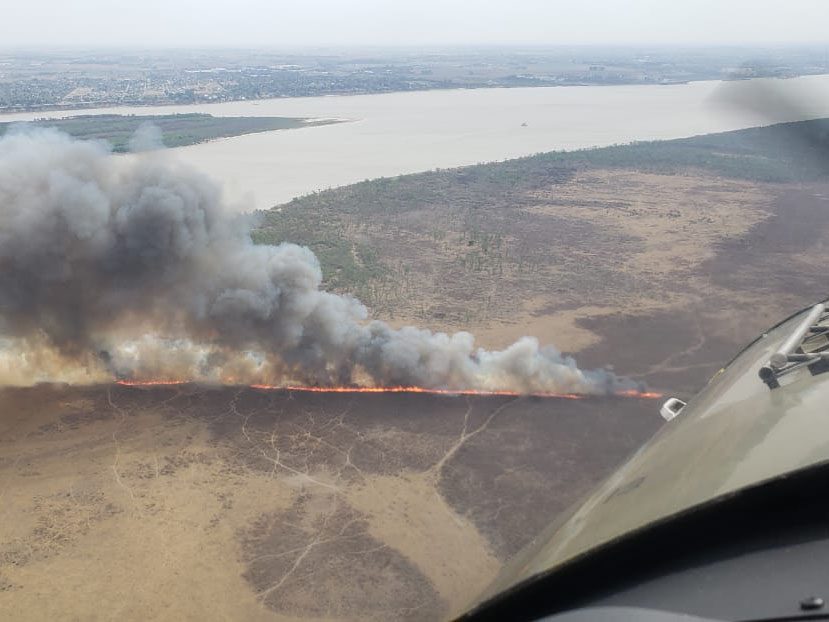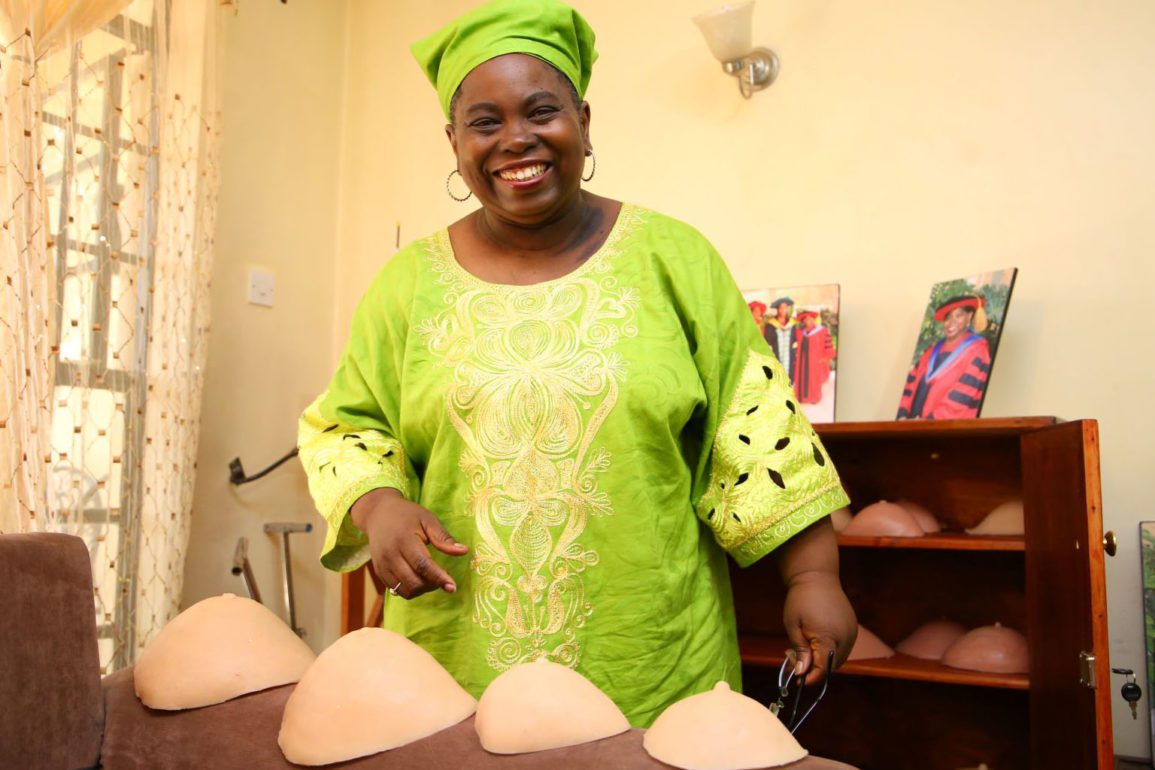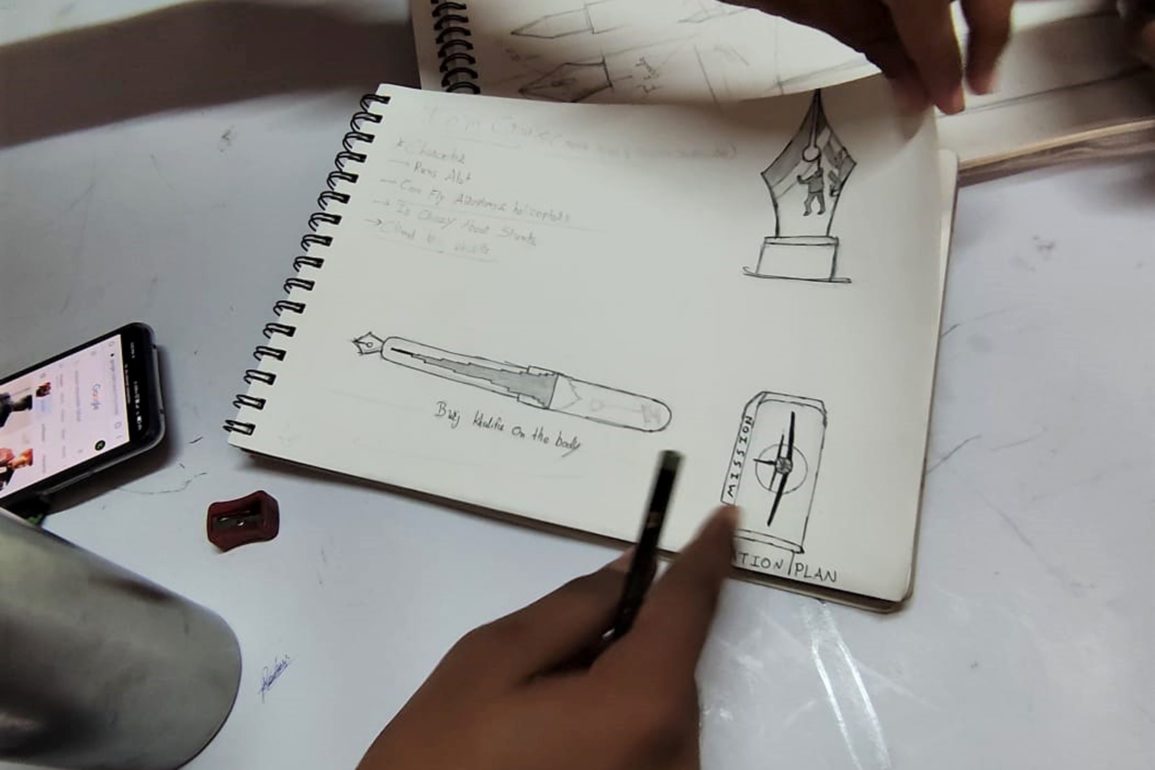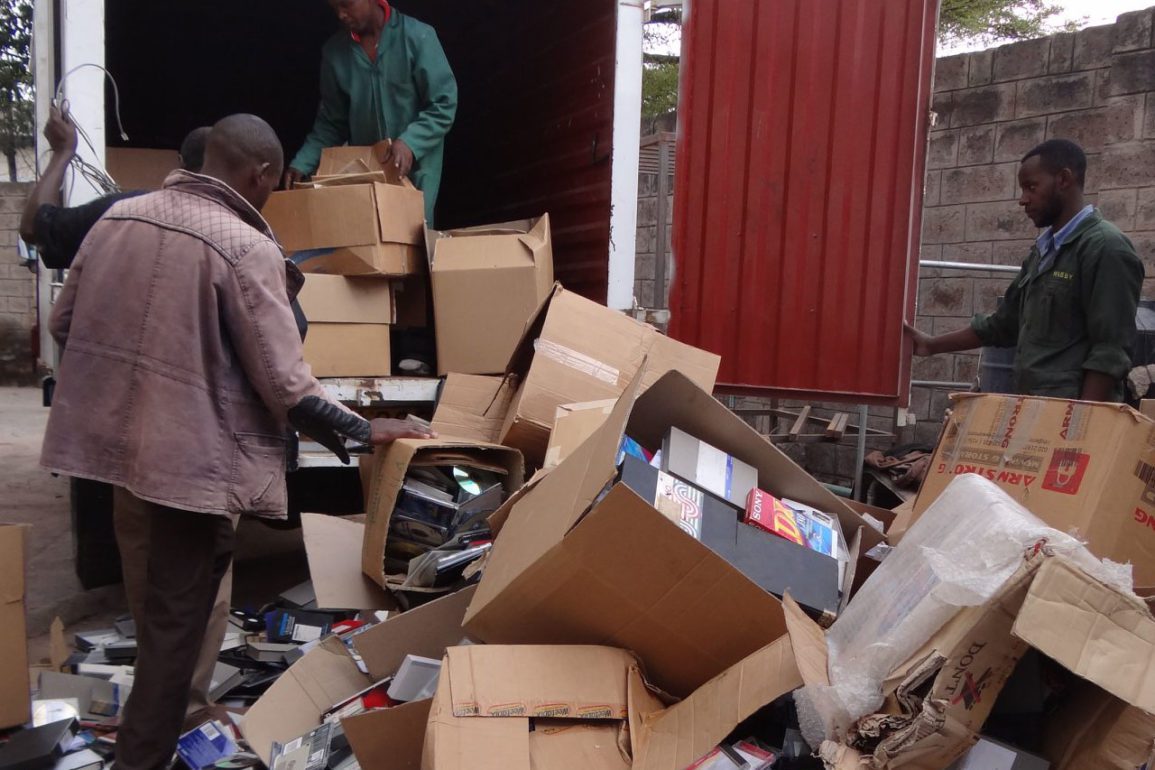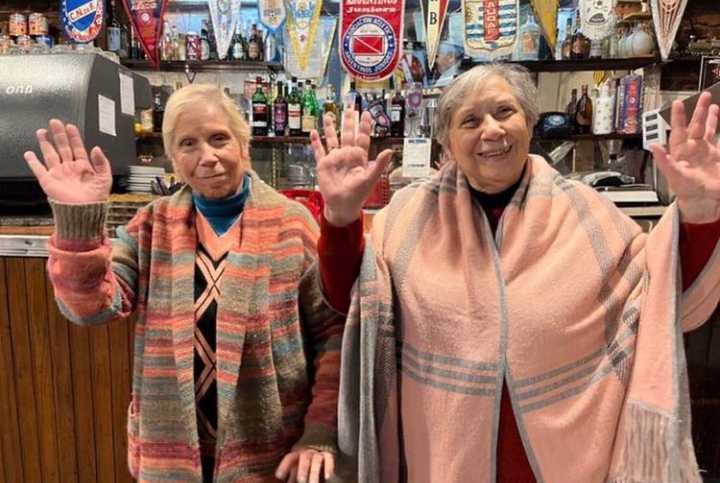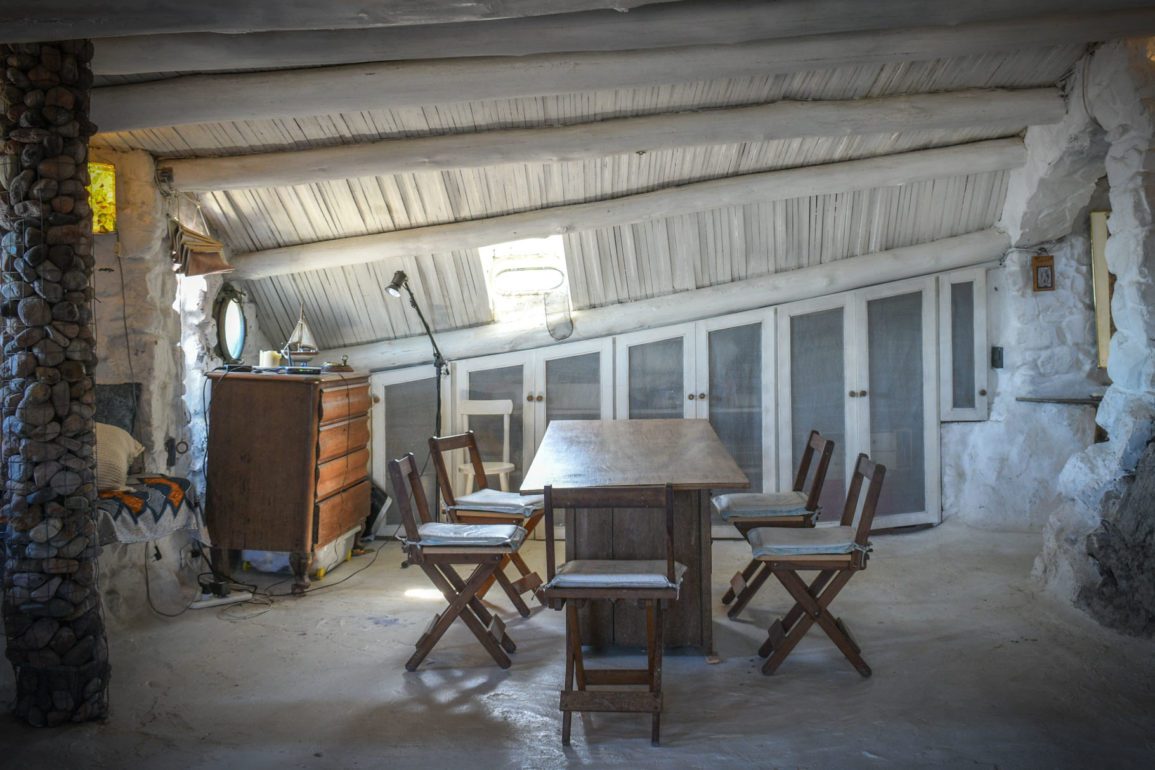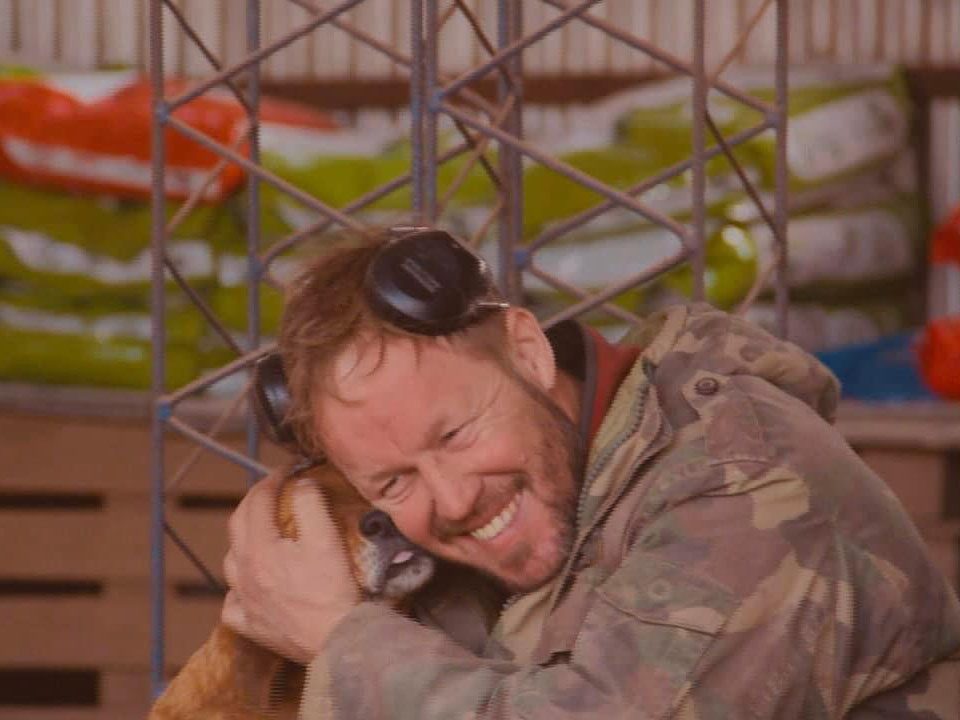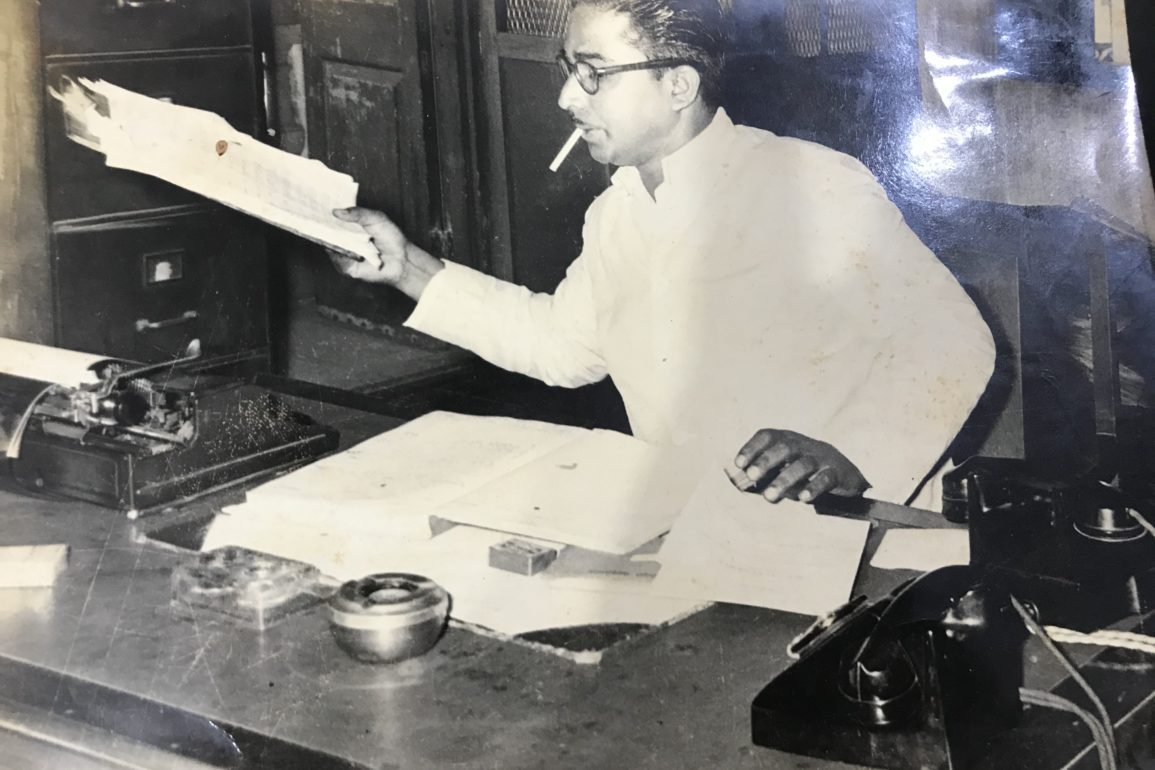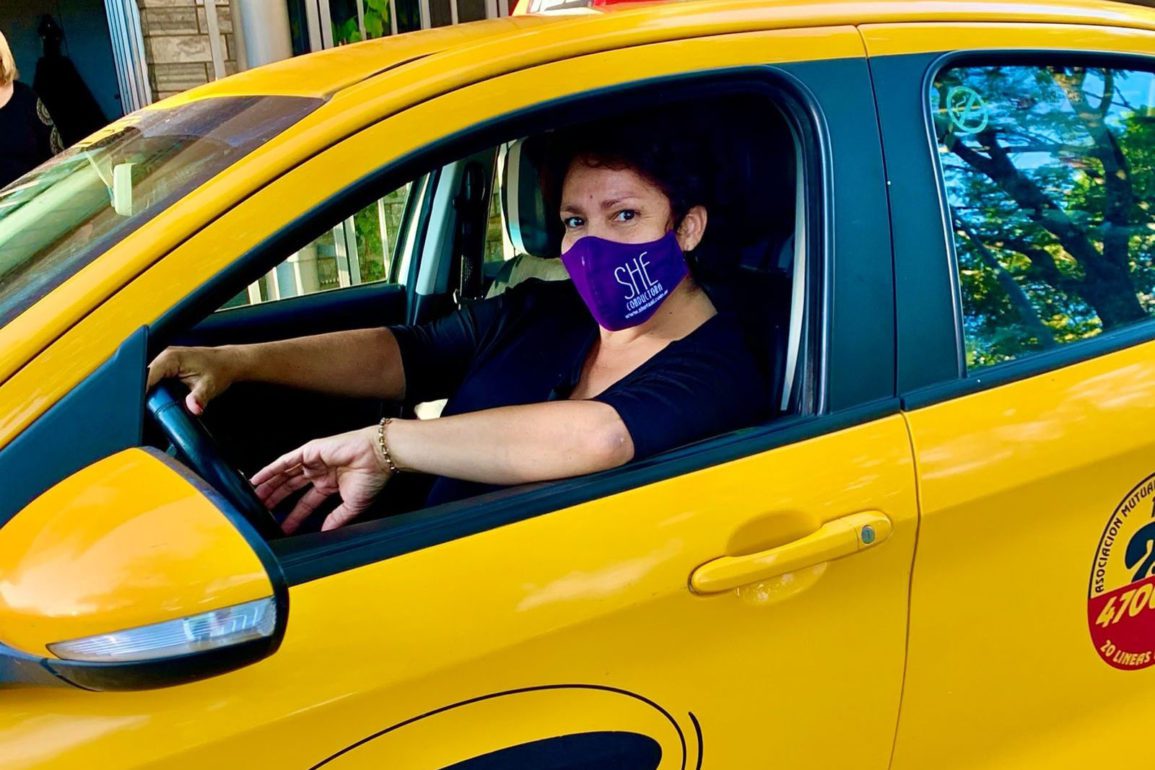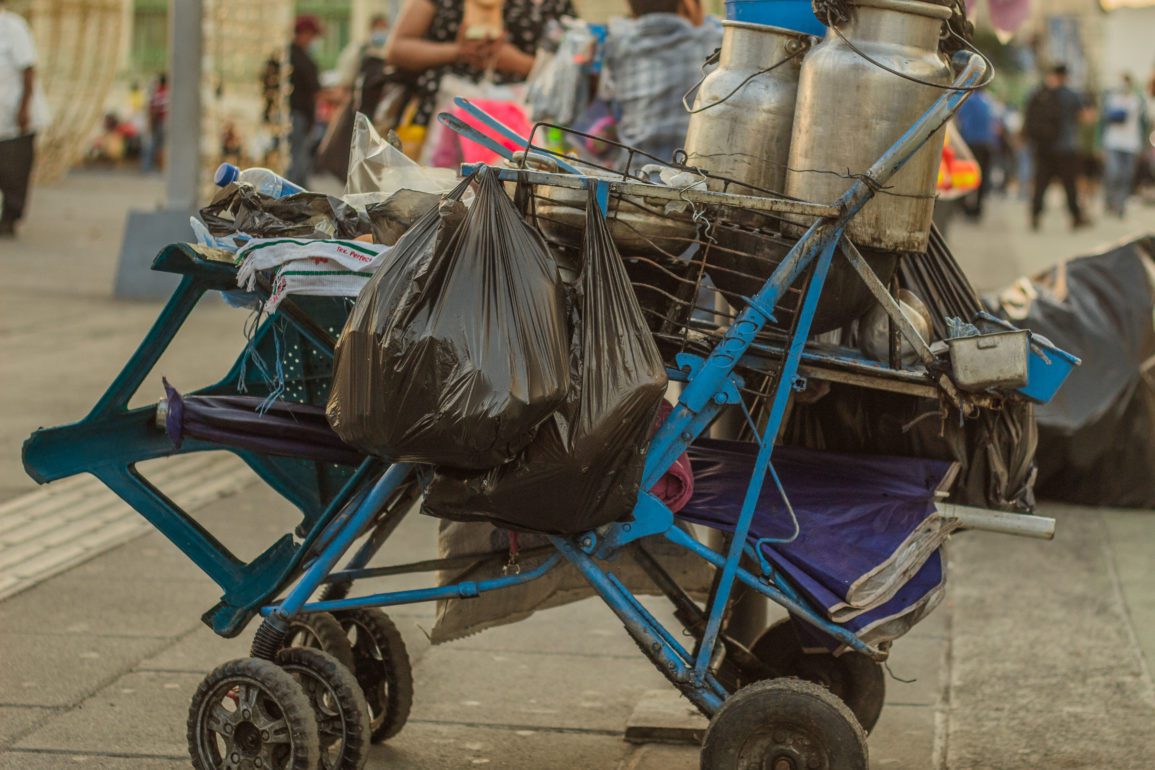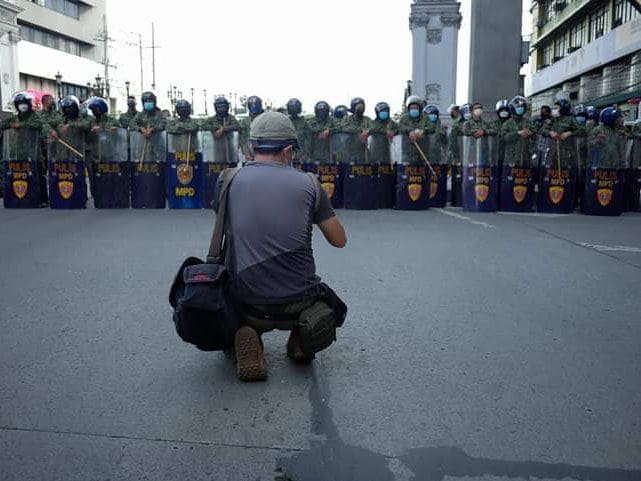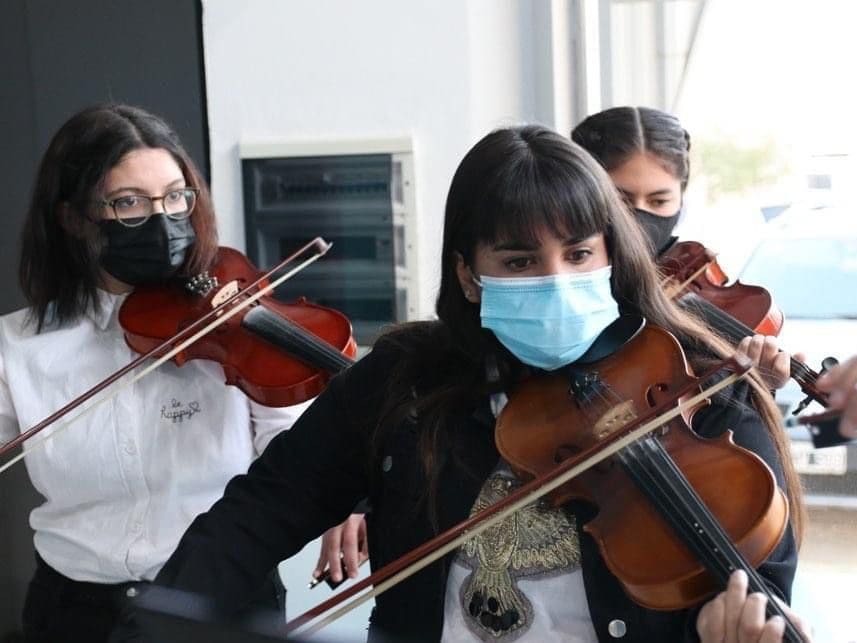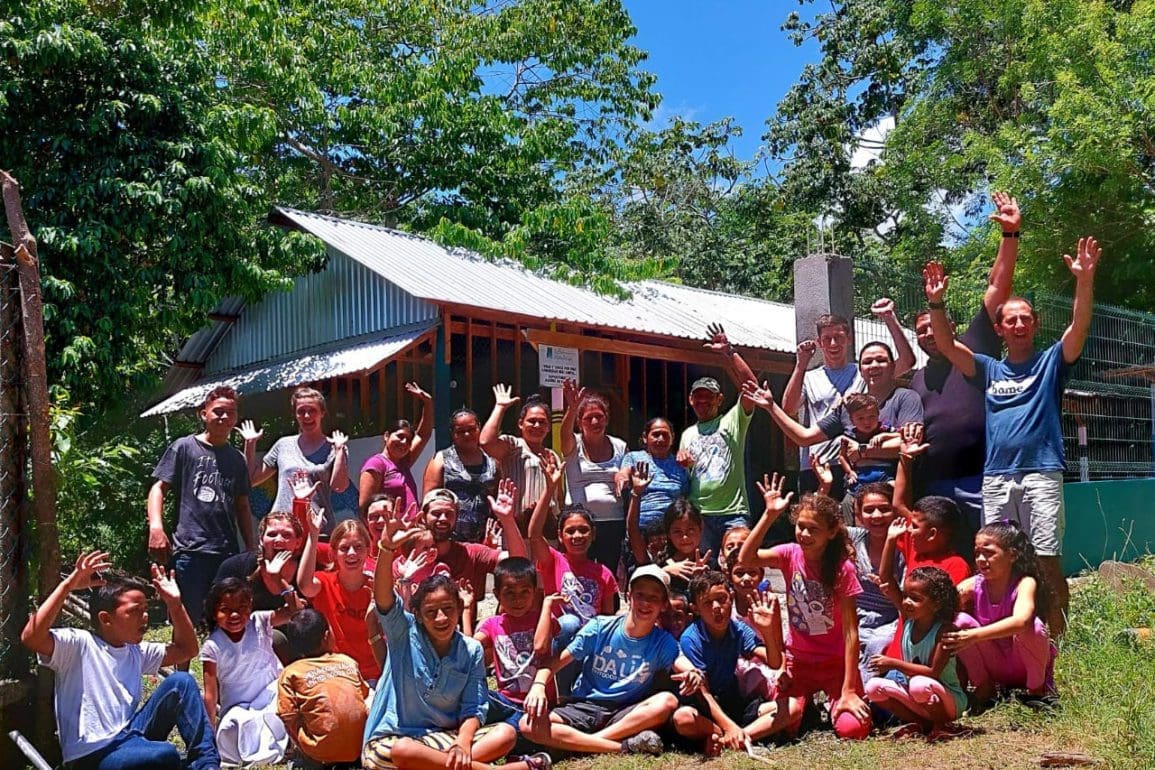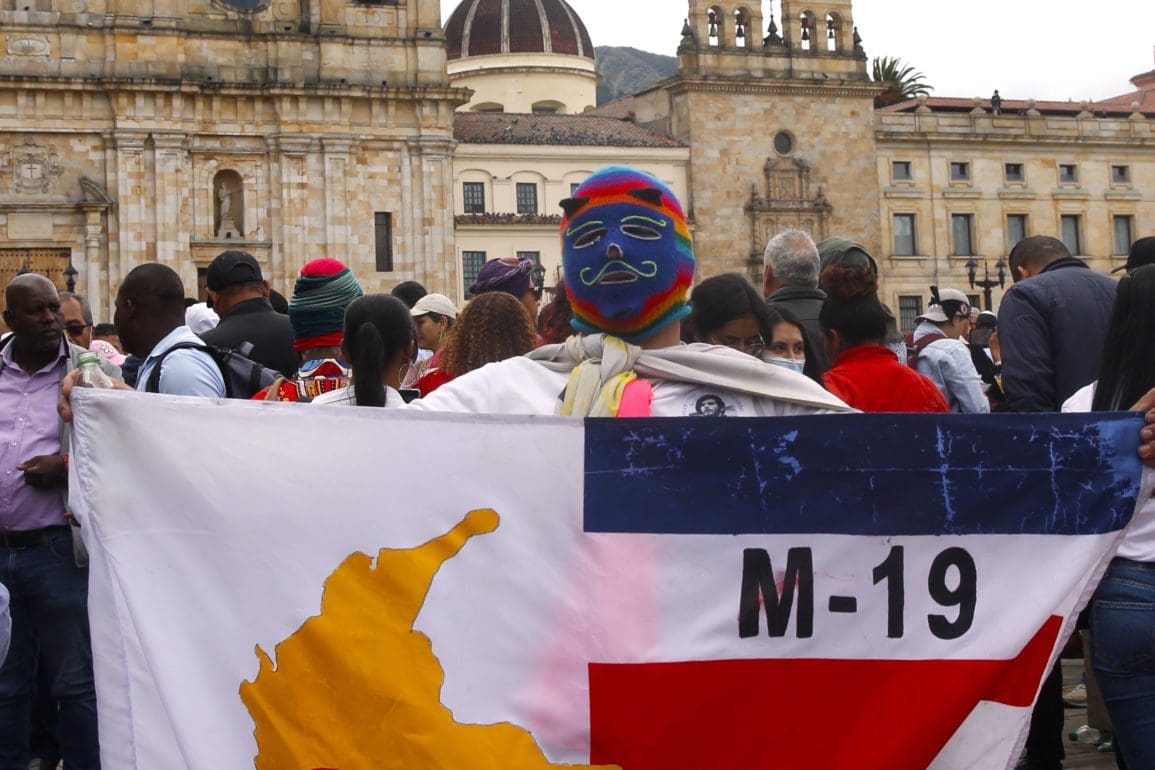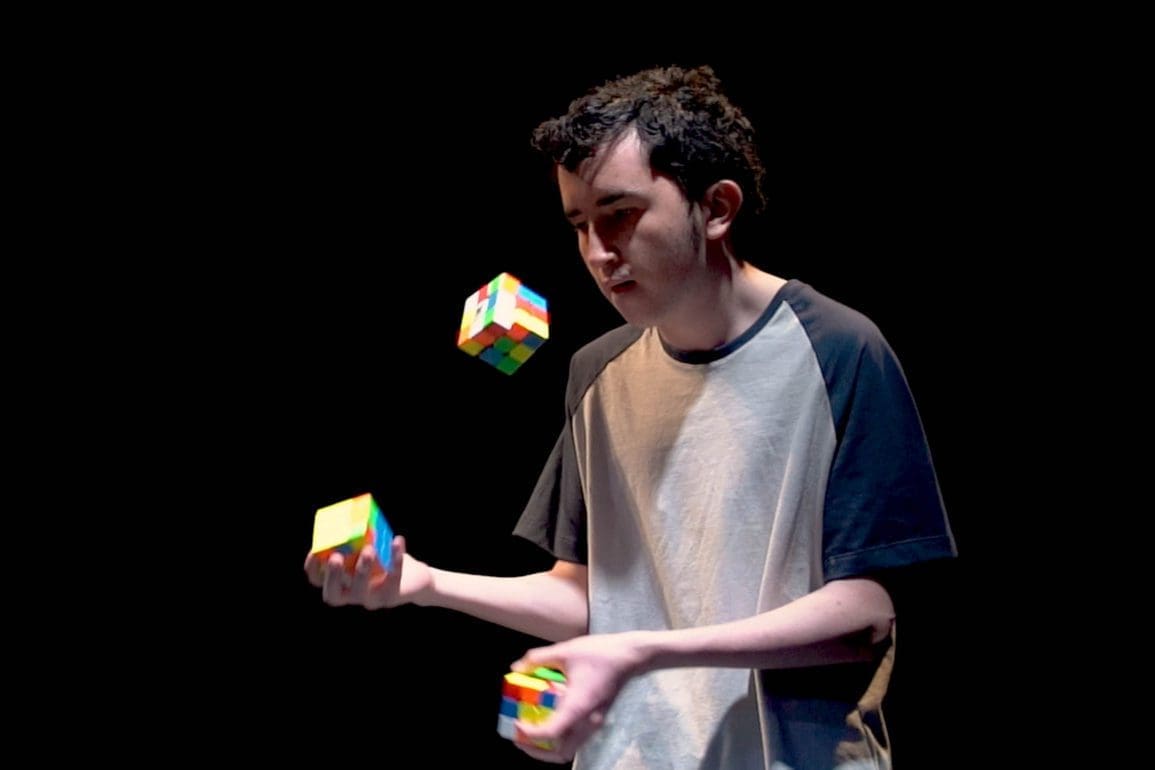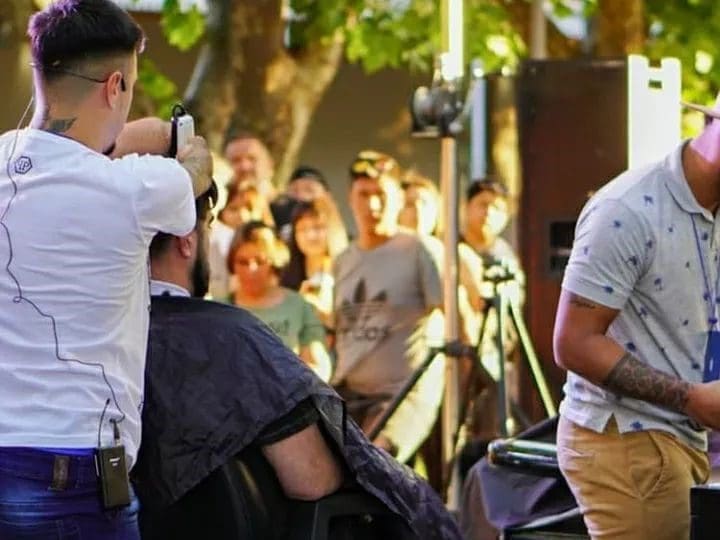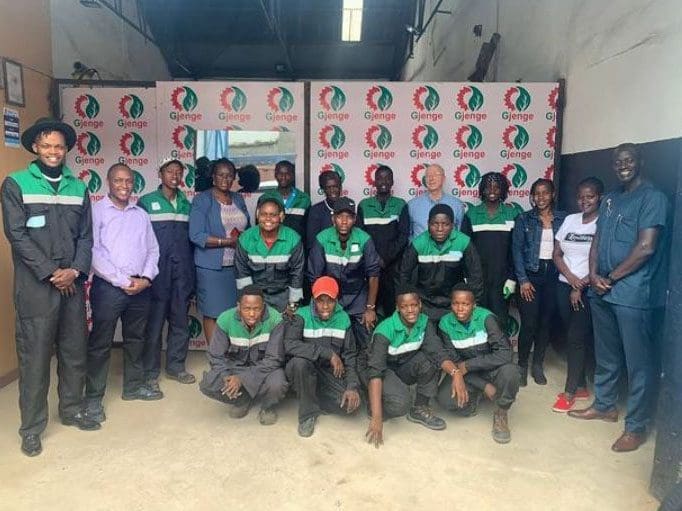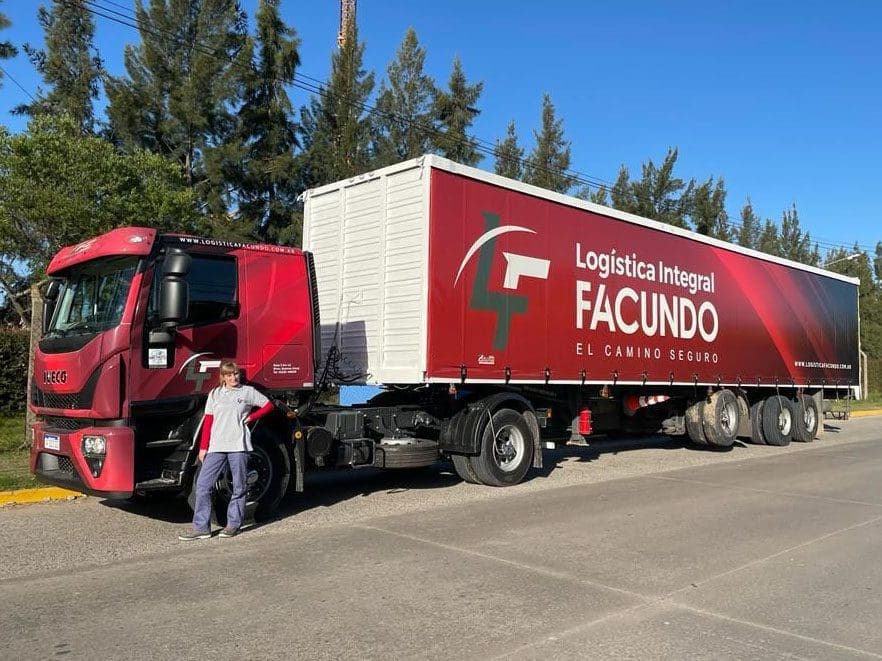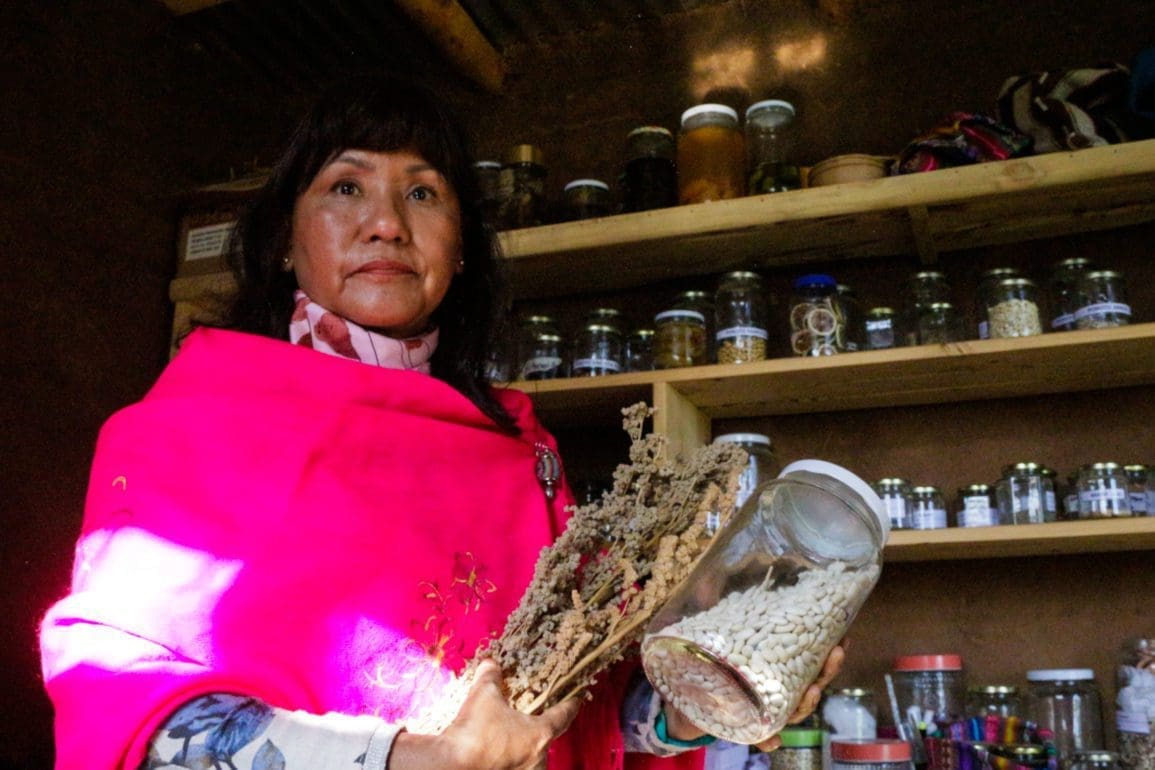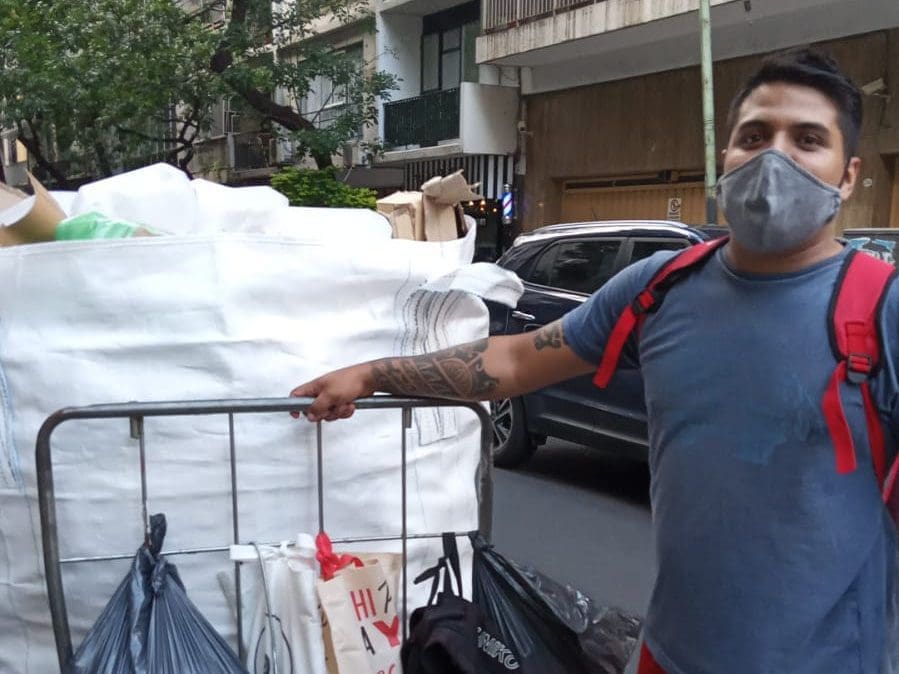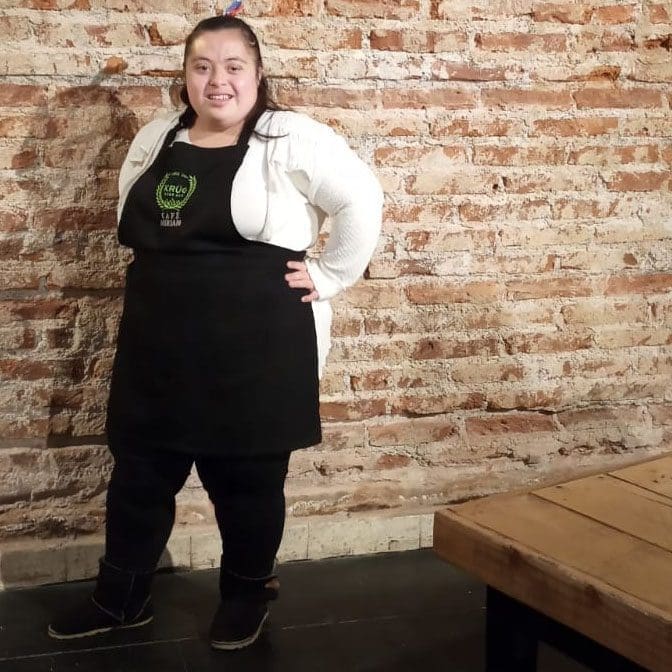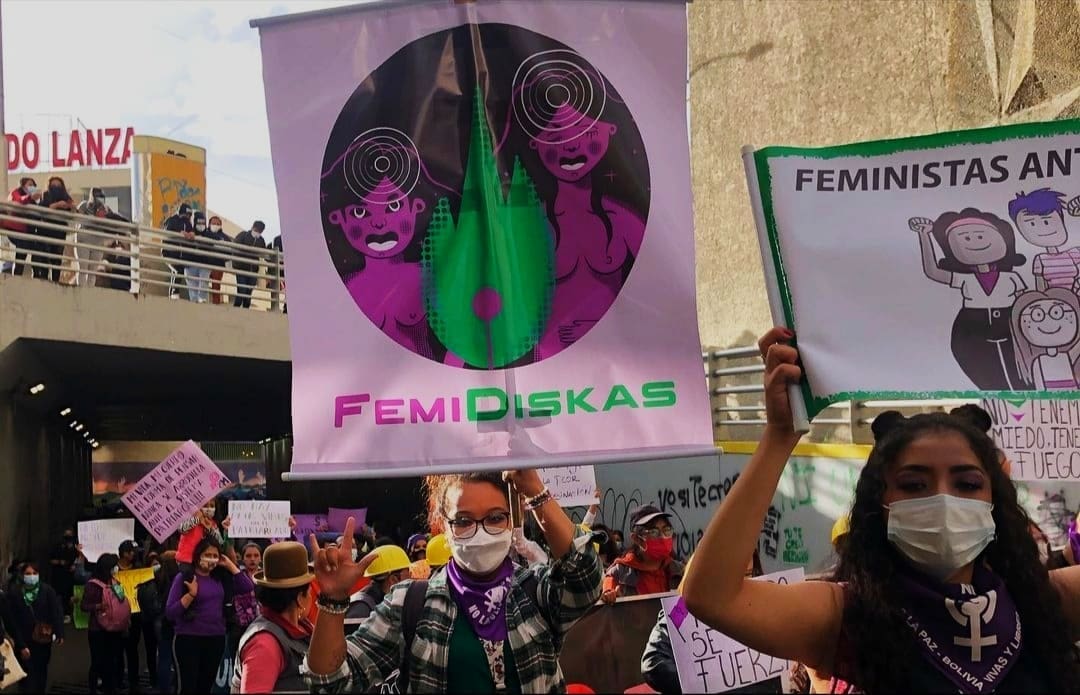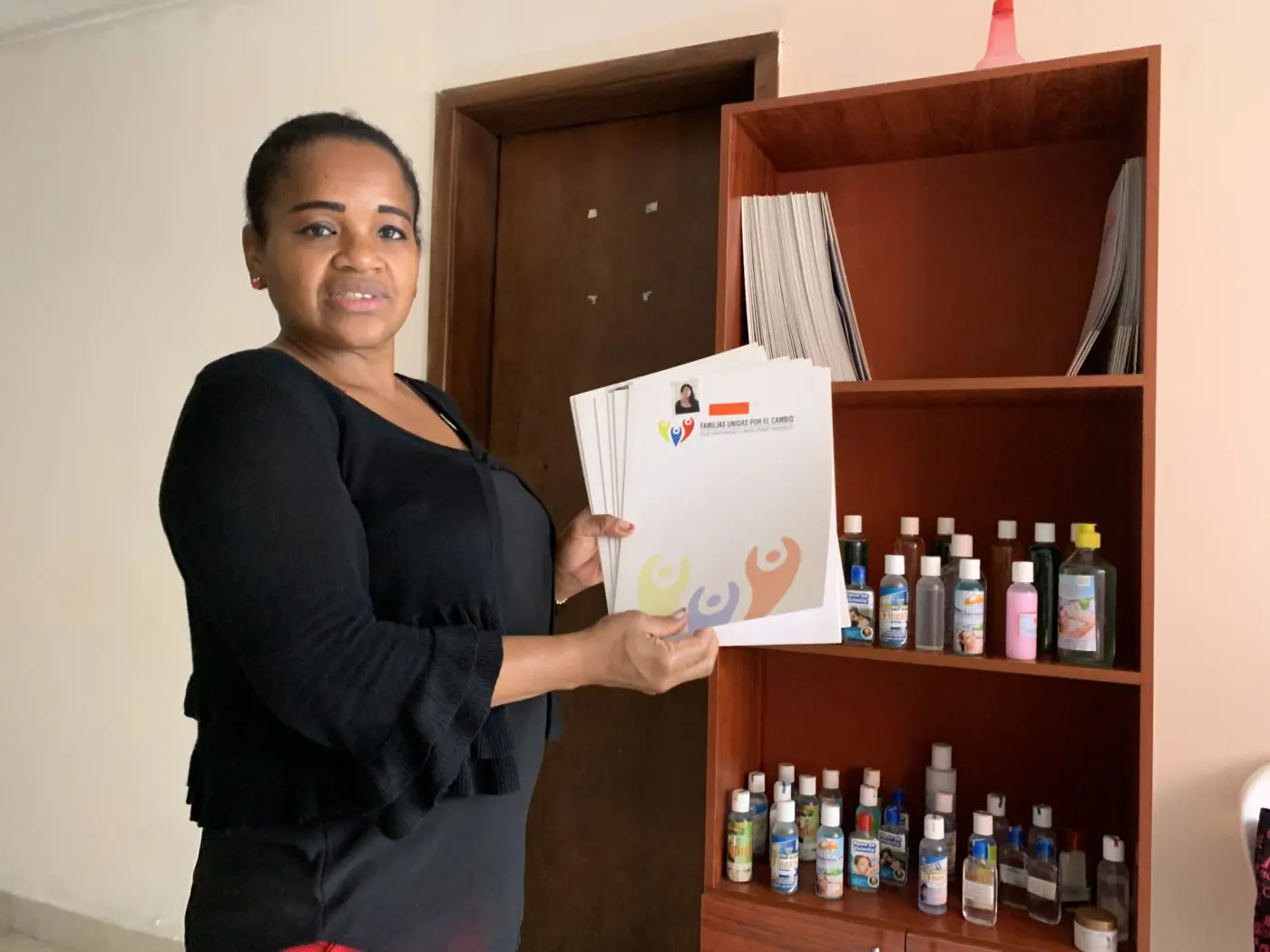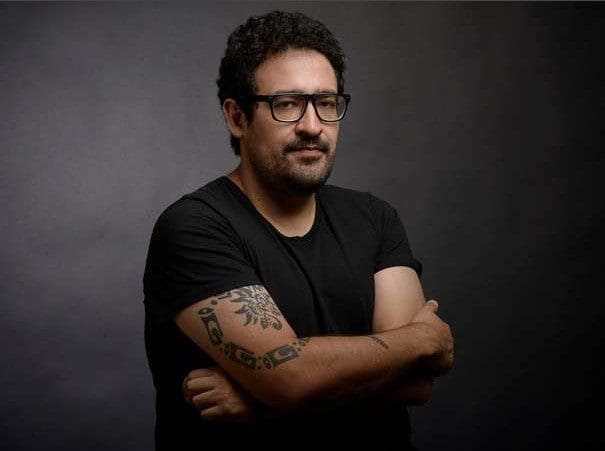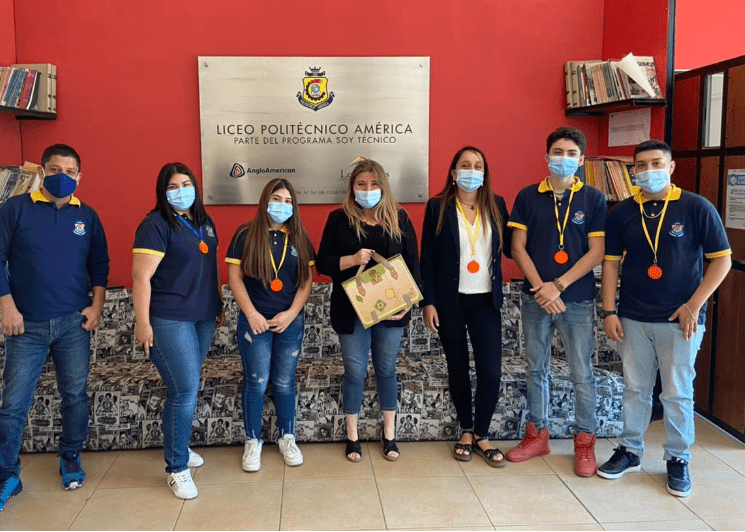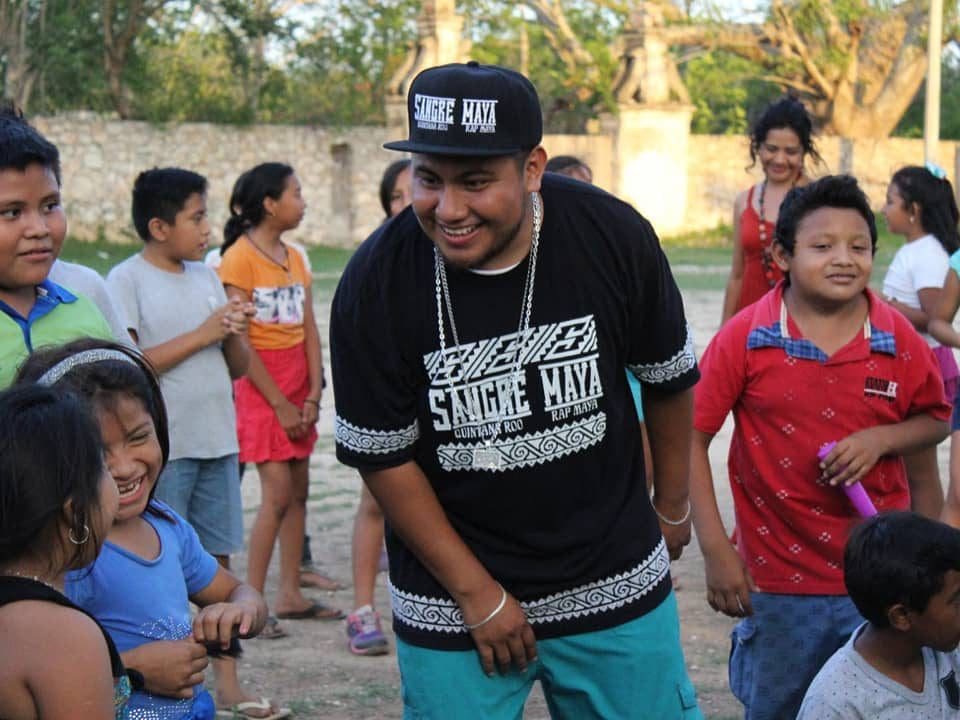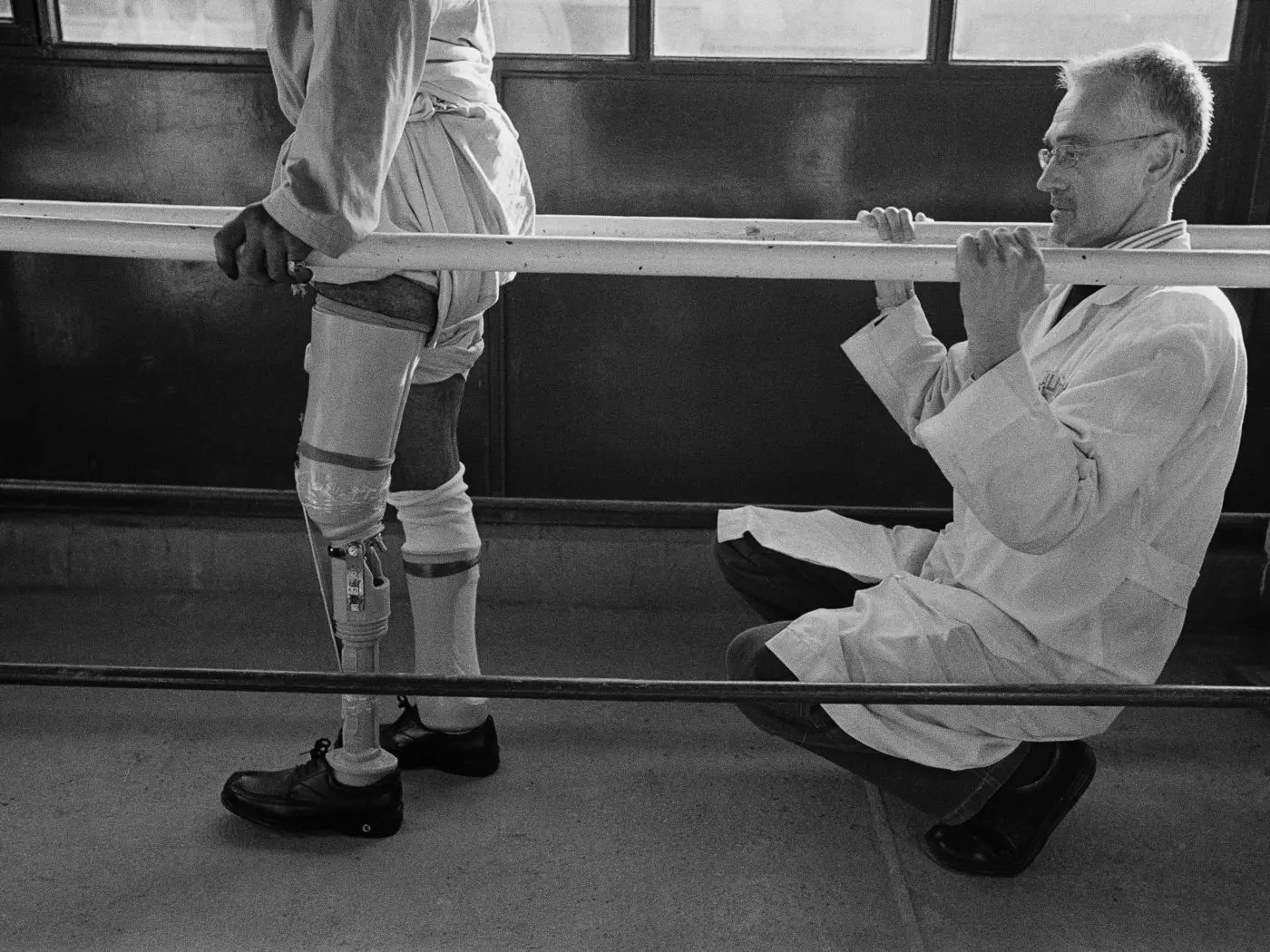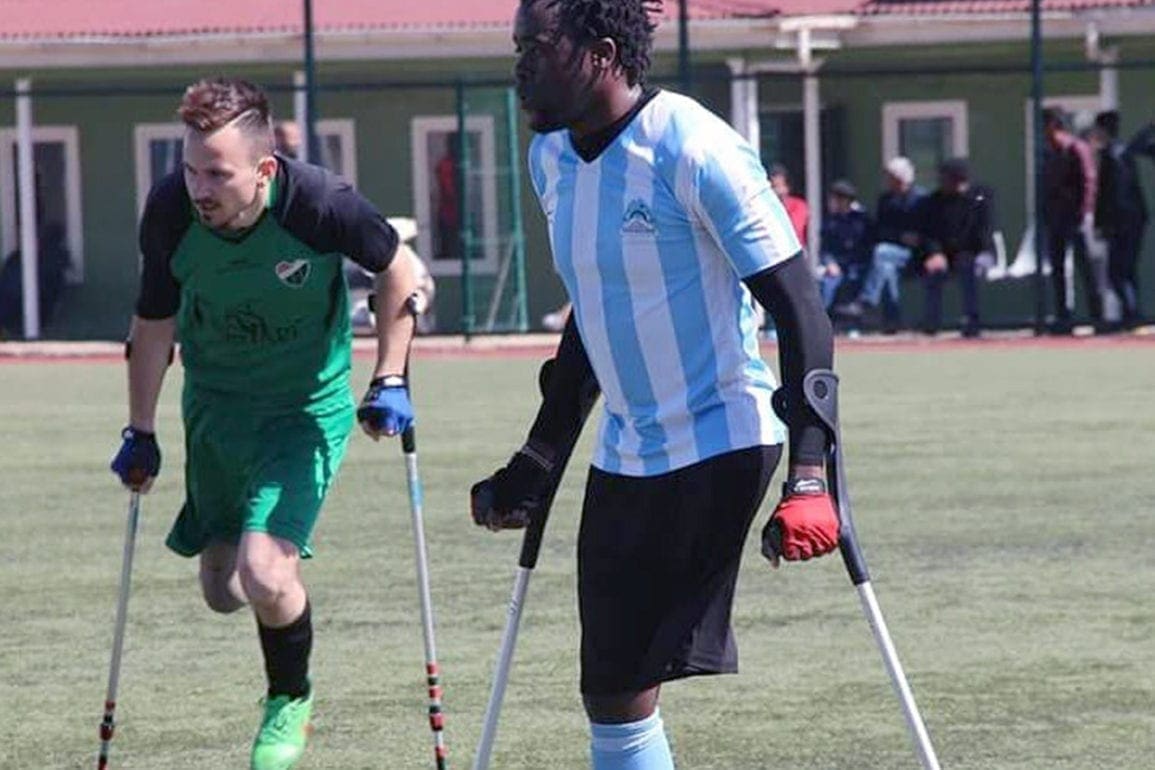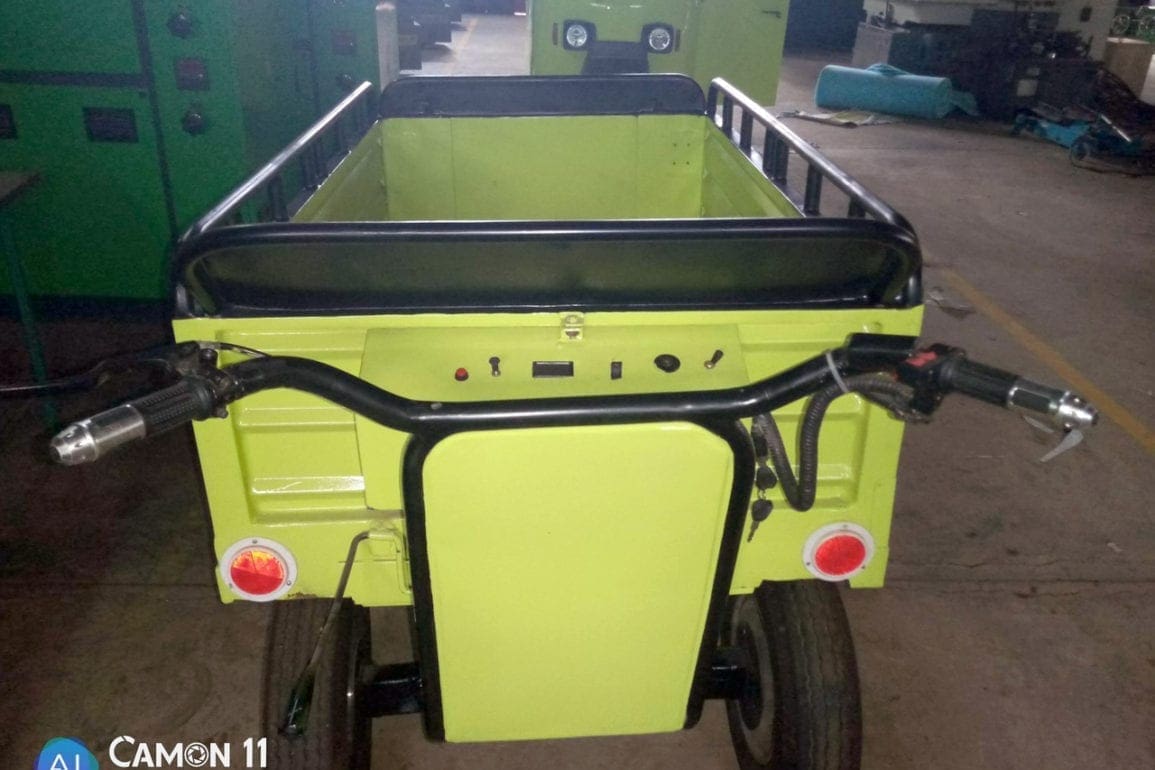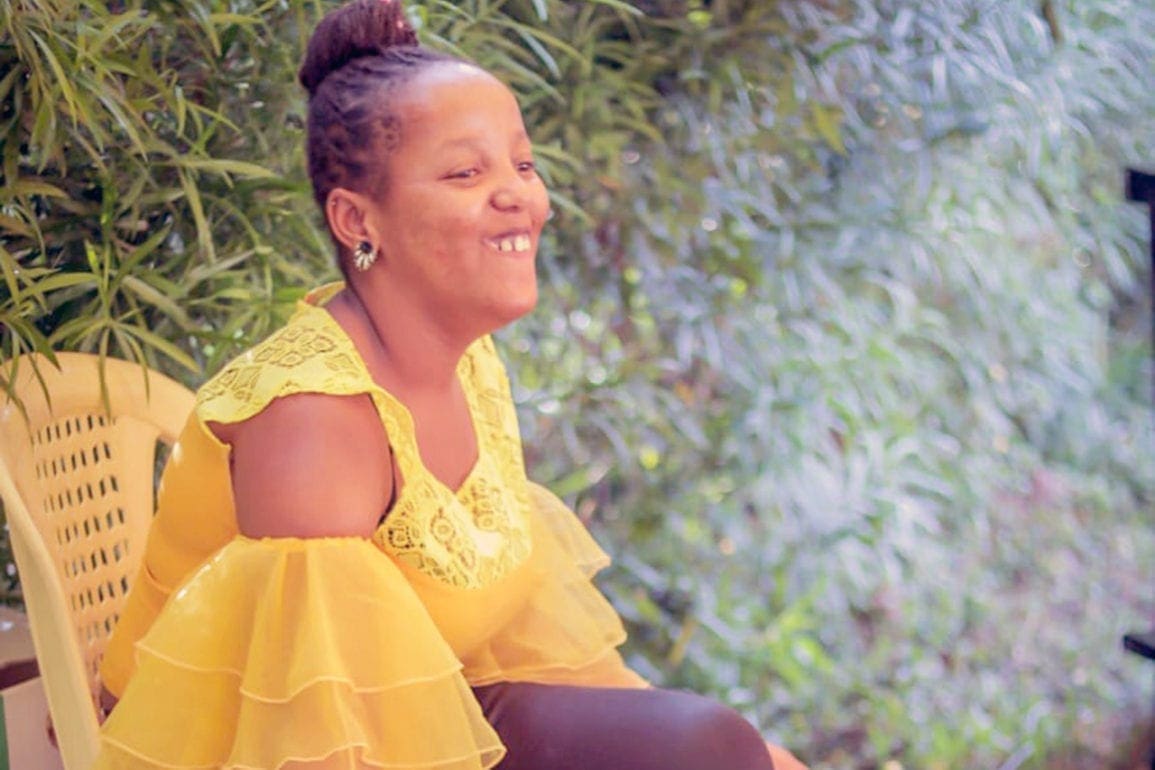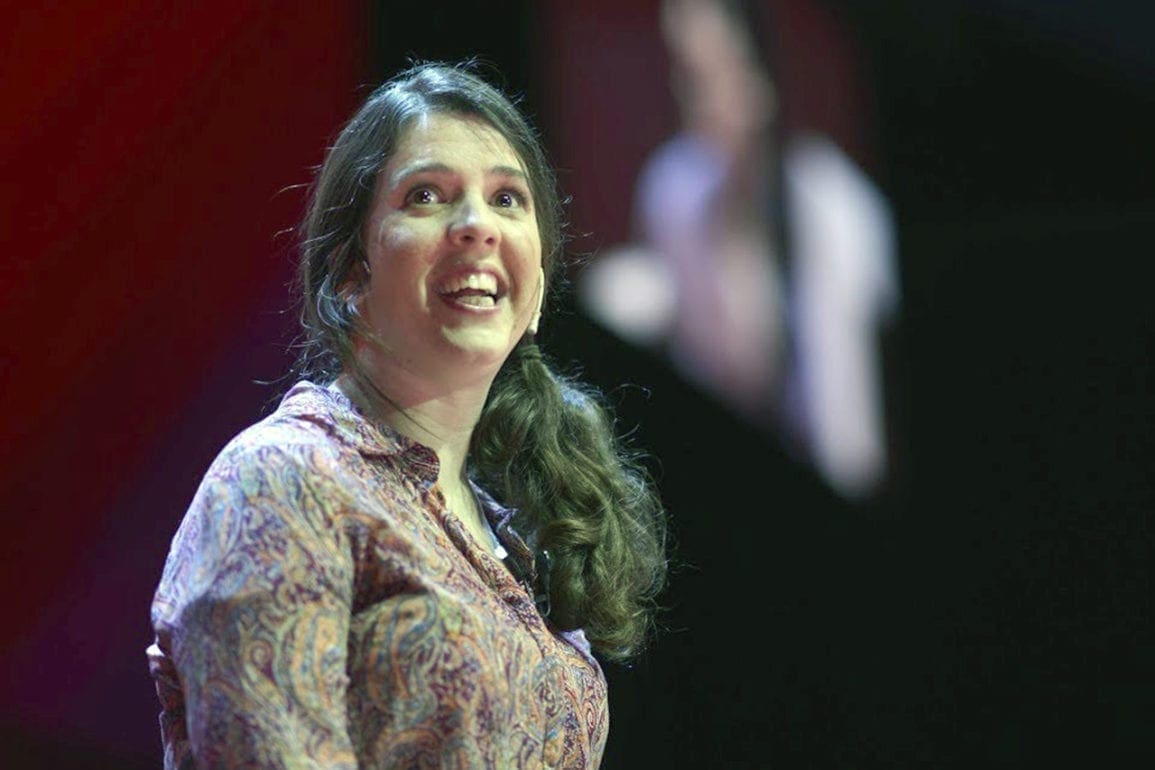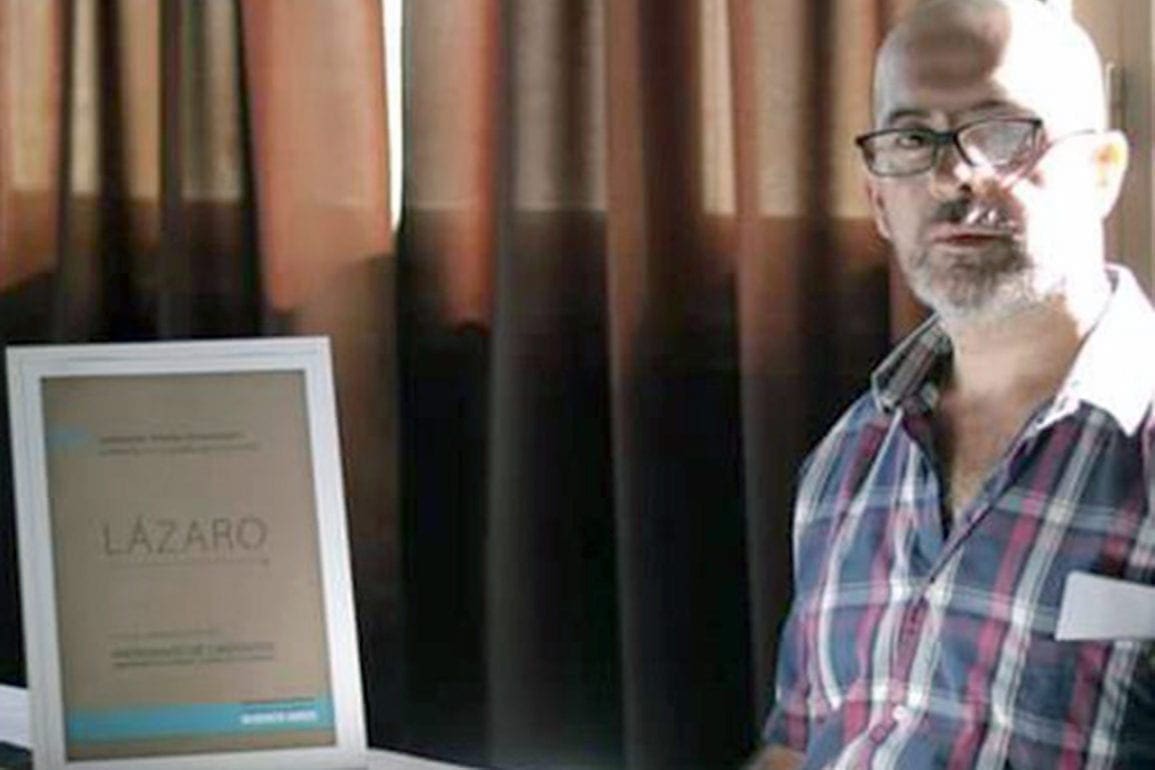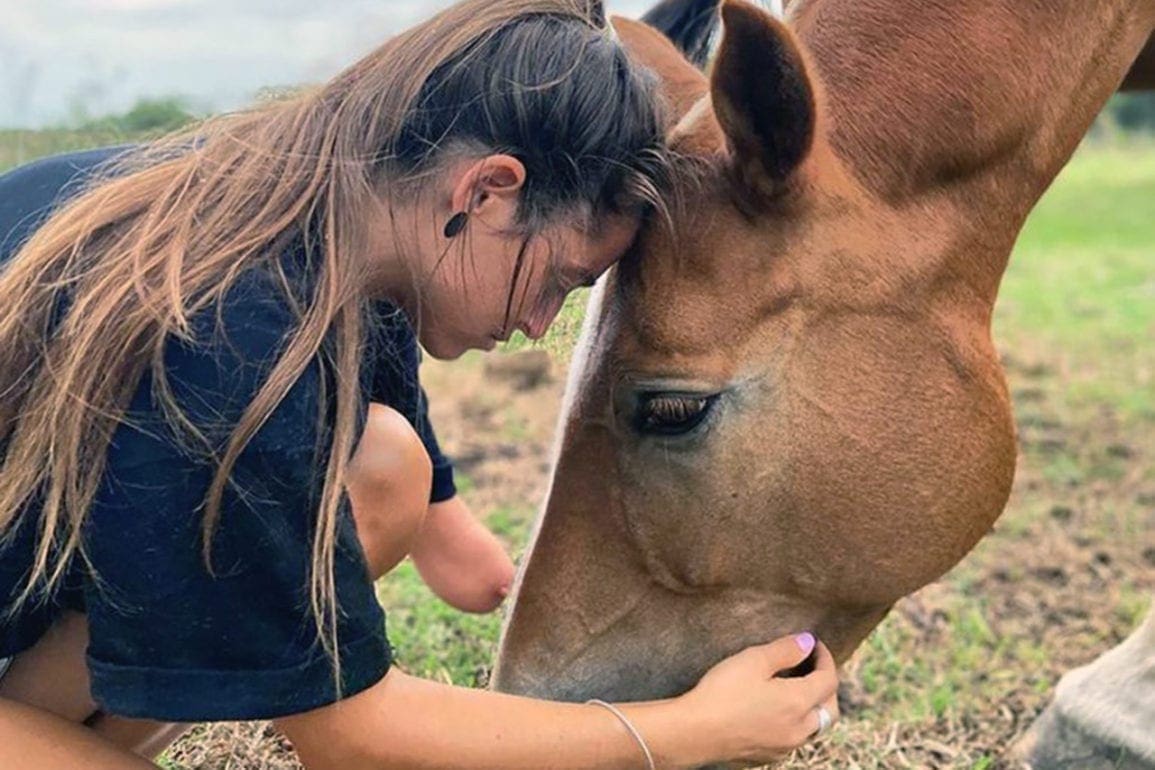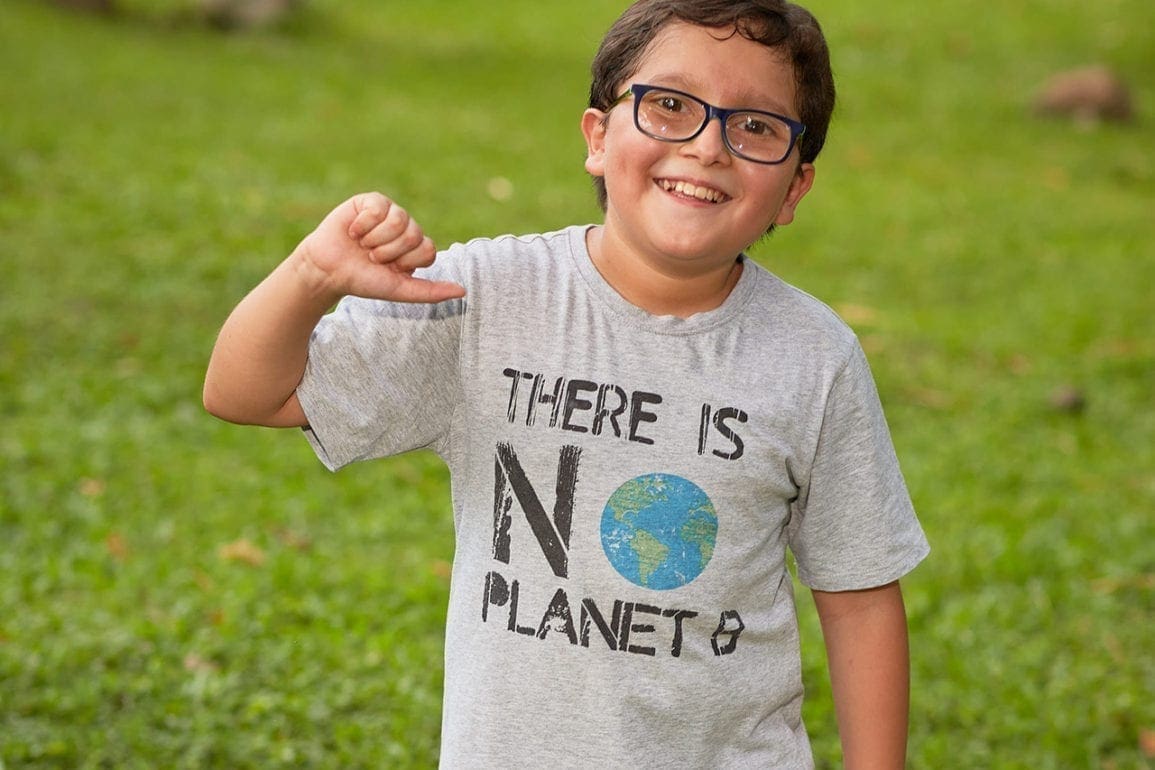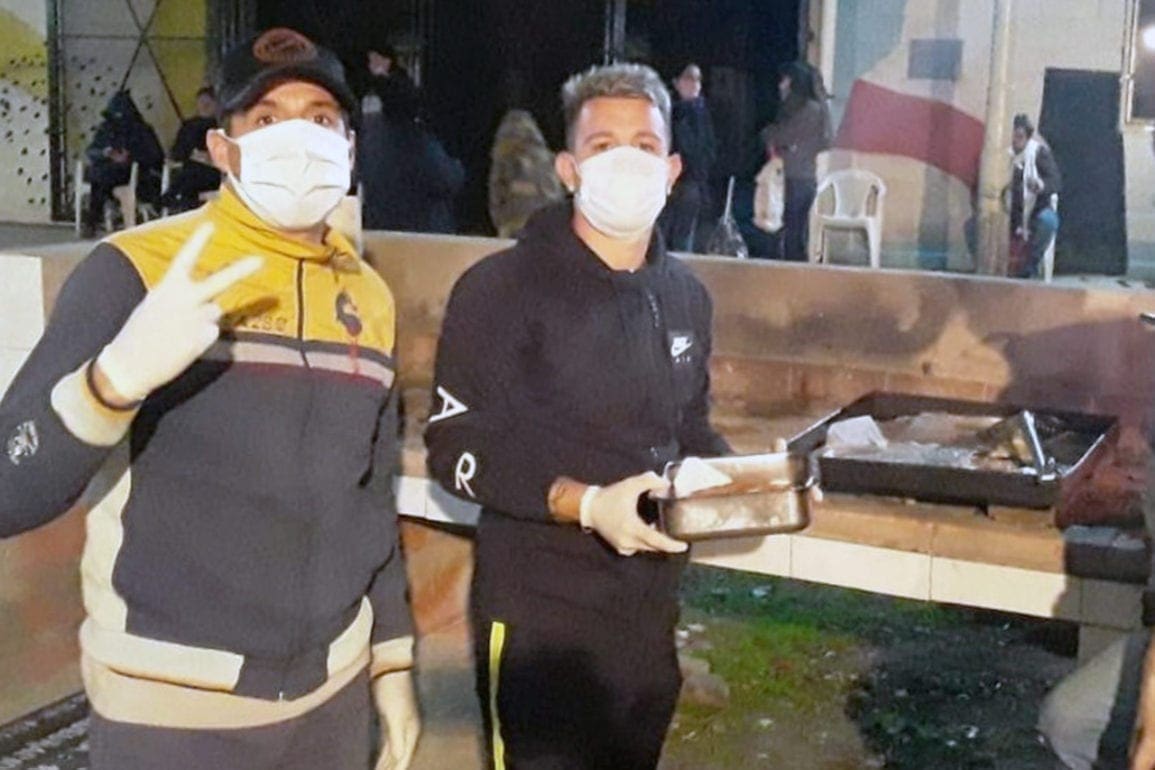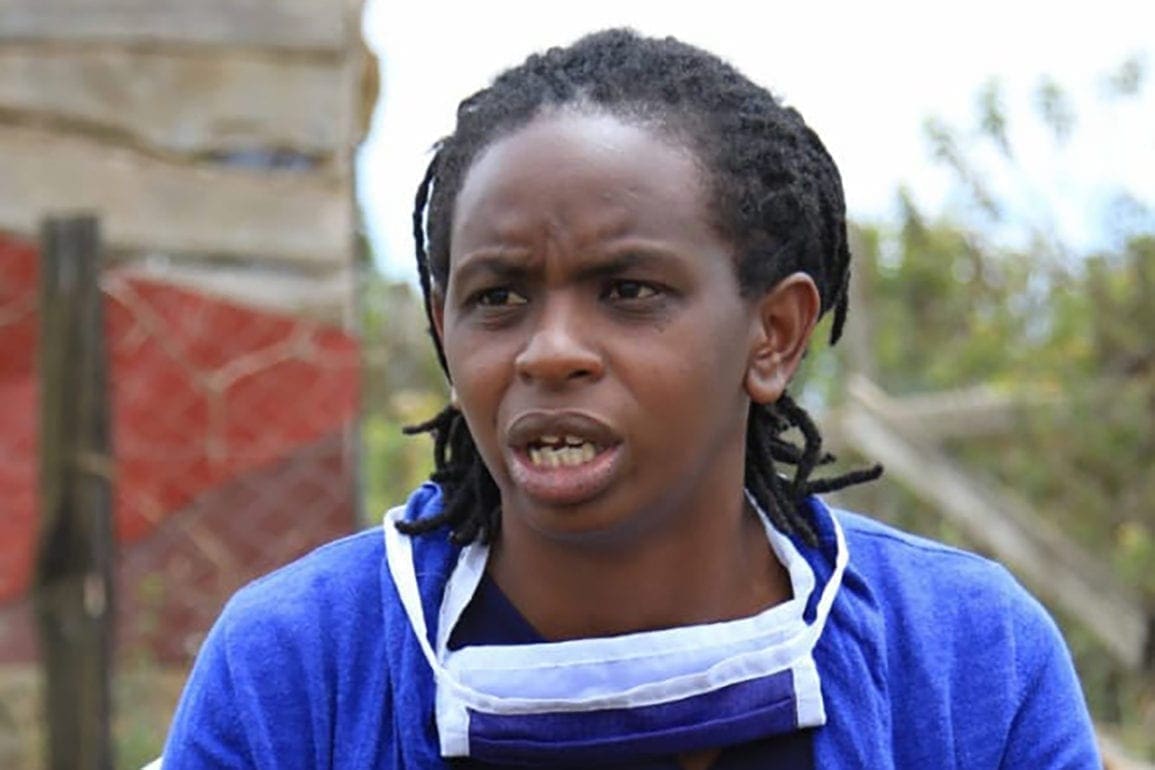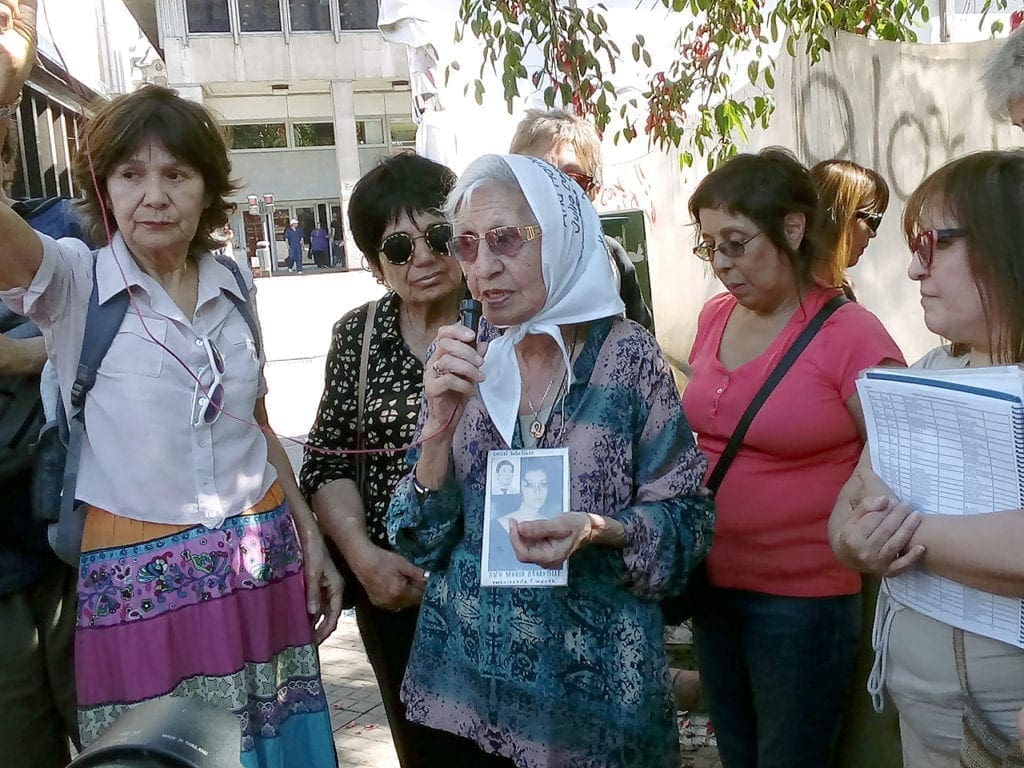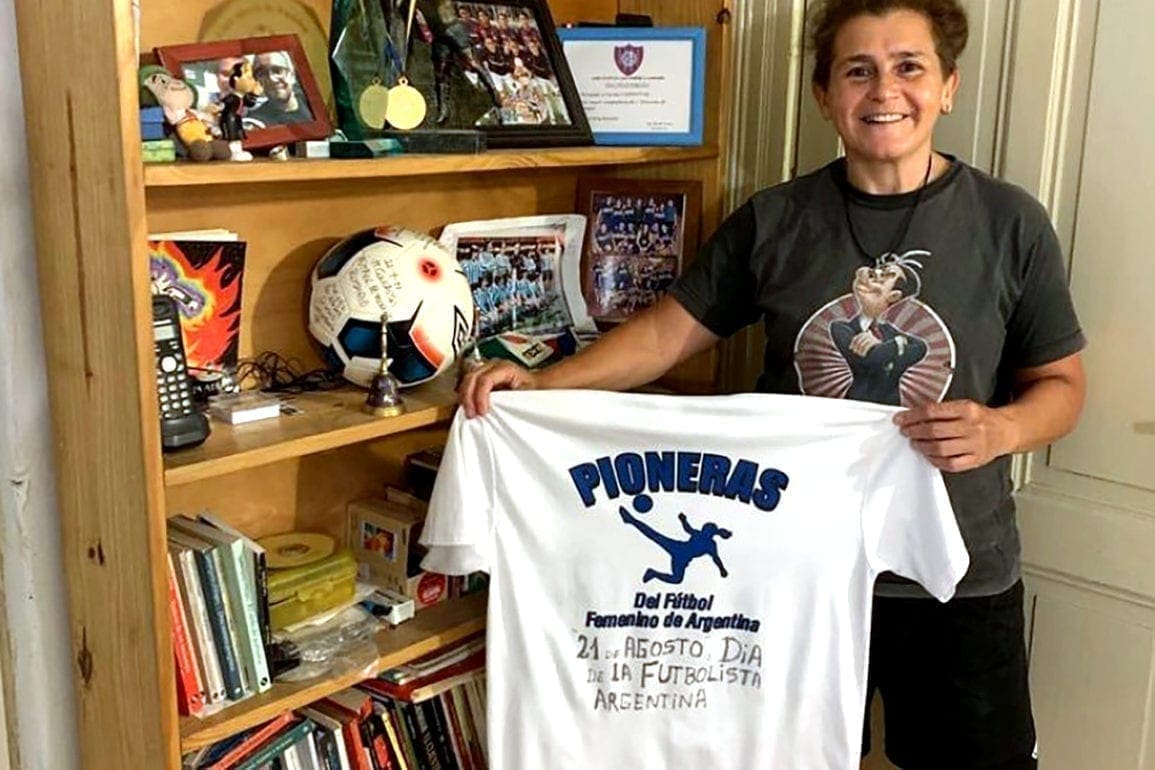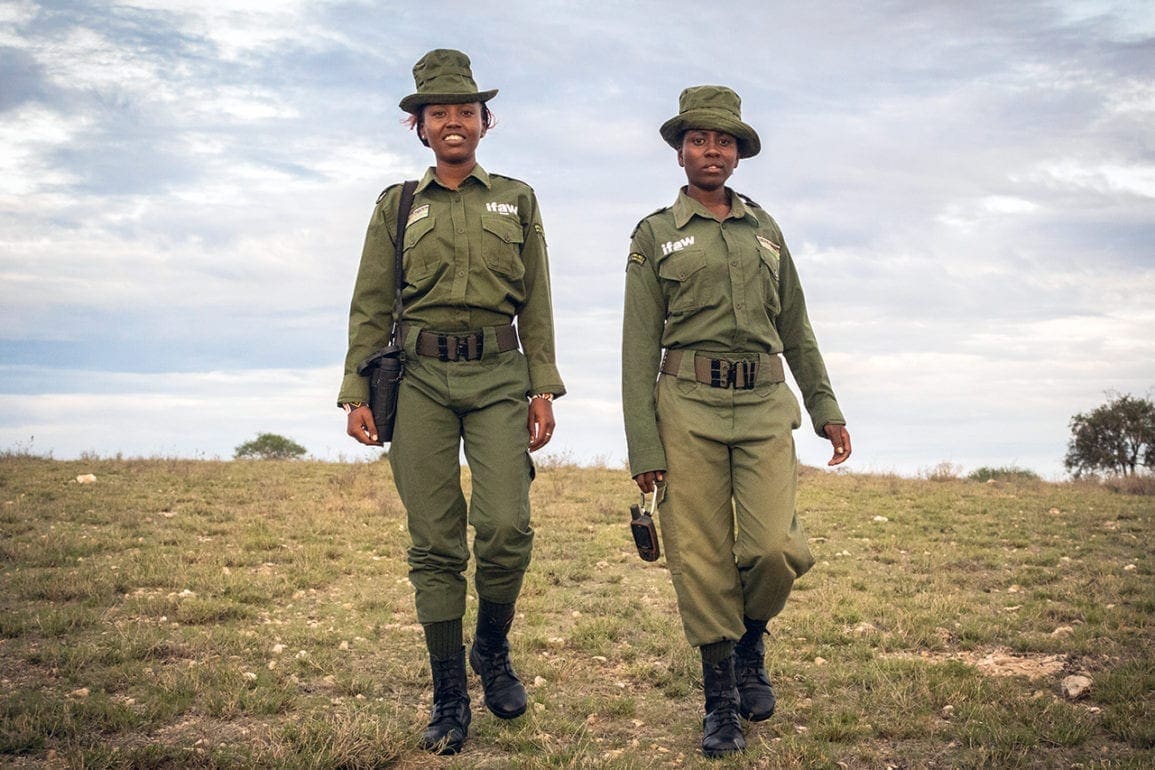Firefighter and rescue dog save skier buried under five feet of snow in Argentina
We followed Tango closely and made probes to indicate the victims’ locations. While Tango began to dig, we helped brush away the snow. Later, we discovered that the snow on top of the victim weighed 200 kilograms (441 pounds). We spotted a motionless hand as we brushed the snow bit by bit. A bad feeling arose in us.
- 2 years ago
August 22, 2022
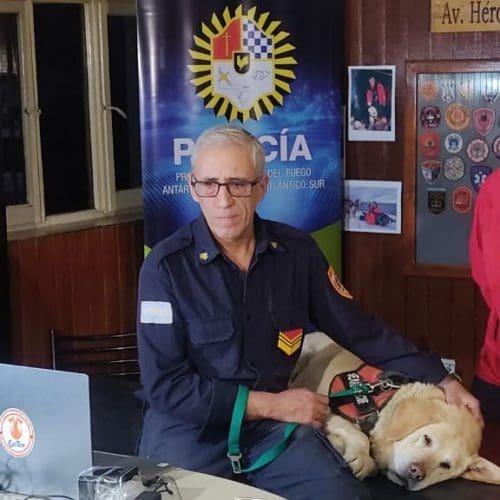
TIERRA DEL FUEGO, Argentina – When duty calls, I bring Tango, a 10-year-old golden retriever and search and rescue dog. Tango finds people lost in large areas like avalanches and collapsed structures.
Tango and I go out every other day together, regardless of weather. To him, serious rescue missions are like a game, but this game saves lives
Extensive training prepares Tango for rescue missions
When Tango came into the world, I left him with his mother for two or three months to give them time to strengthen their connection. A strong bond grew between them, which would later benefit Tango’s training.
Watching their interactions allowed us to understand Tango’s traits and create training customized to him. For example, he proved a hyperactive dog with a good biting habit, capable of maintaining good relationships. This makes a good rescue dog.
Once we select a puppy to be a rescue dog, we begin training by playing “pisada” with him. Pisada allows a dog to identify different elements in a drawer, such as plastic bottles. They learn to step on the surfaces of various objects like teddy bears, wood, branches, and sheets. Training moves slowly, never skipping a step; otherwise, the rescue dog will not be well-prepared for this challenging work.
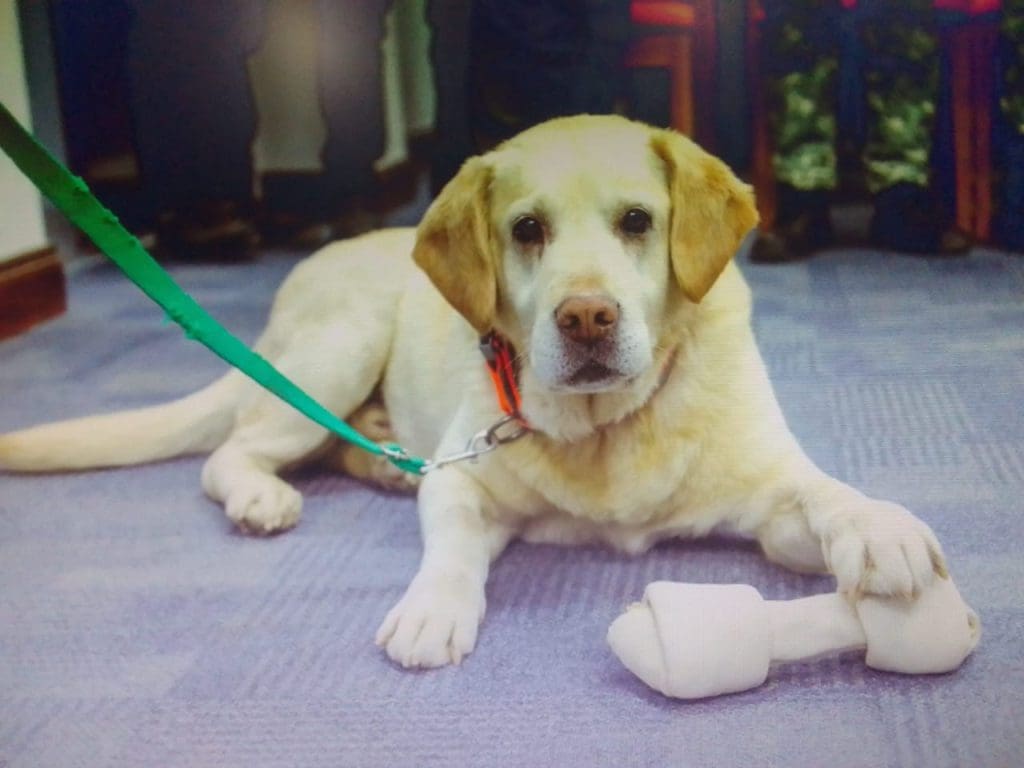
After the first stage of “pisada” ends, the second stage called “toreo” begins. In this stage, we test and adjust barking volume based on different intensity levels to trace the missing person. We leave his favorite toy somewhere and wait for him to find it. As he gets closer to the toy, he barks louder and louder.
The third and most critical stage of training, called “el figurante,” mimics a game of hide-and-seek between the trainer and rescue dog. At this time, we walk through more extensive and demanding areas like collapsed structures and avalanches.
Teaching Tango to find lost victims
The word “figurante” refers to a lost person. The firefighter or a family member shows the rescue dog a small ball. This motivates him to look for the missing person. Sometimes the trainer stands in the snow and squats with his face down at five meters. Other times, the lost person remains out of sight, giving no clues for the dog to trace. Finally, sometimes the lost person hides in a tree. The scenarios take place in steep mountains and allow the dog to trace the victim by scent.
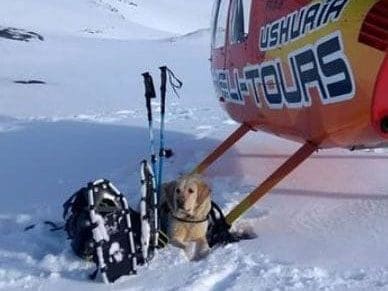
When I train Tango, I wear distinctive clothing. Tango uses his breastplate to identify whether it is a game, an exercise, or a rescue search during training. The best way for Tango to find victims is through smell. Rescuing people in the snow can be simpler because the snow itself has a neutral scent. Trained dogs typically pinpoint an area by barking and digging the snow to free a trapped person.
Dogs like Tango may not catch the victims’ smell, but rather the scent from their personal belongings including jackets and backpacks. Once he locates a persistent smell in a specific area, he starts barking loudly.
Call alerts firefighter to an avalanche, Tango preps for the rescue
Before our last rescue, I received a call from the Civil Defense (which works like 911) while eating dinner. Due to a poor wi-fi signal, I went to a neighbor’s house to use the phone. An avalanche occurred and I needed to respond. My family helped me prepare for the emergency rescue. I changed quickly while my son prepared my backpack, flashlights, and knives. My wife gathered Tango’s tools and we quickly left my home.
A snowmobile awaited when I arrived near the Martial Glacier in Ushuaia. I went to the collapsed area and started walking up the mountain. I felt apprehensive as my heartbeat quickened and my breathing became labored. Walking up the highly complex and intense mountain made it hard to catch a breath.
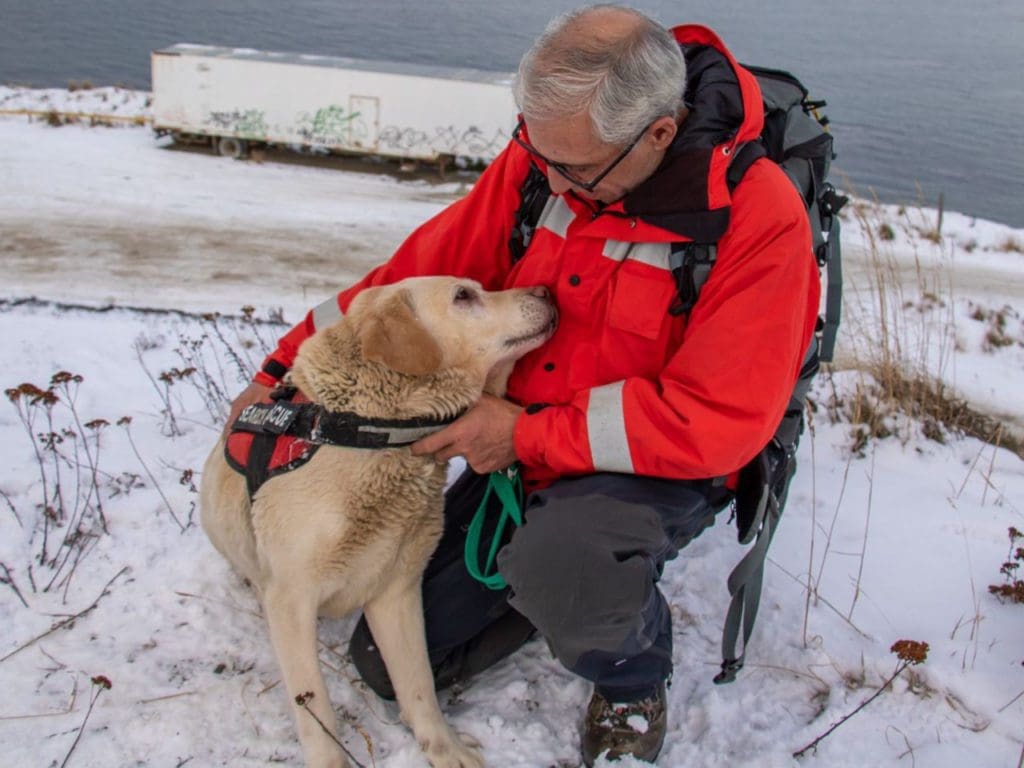
Soon, we saw four more people ready to help. They waited for Tango to smell and locate the victims. They had to ensure the area was not contaminated with other human odors. I took a deep breath and removed my backpack. Then, I put Tango between my legs, marking the start of our work. I motivated him by saying, “Come on, friend, let’s go to work. Come on, come on!”
Once I released Tango, I waited for him to give me the signal. After searching for 10 minutes, he stopped and barked. He found the trails to the victims, yet they were not there. Tango immediately found another path and started barking at a high-intensity level. He wagged his tail in a particular way. I knew by heart he was pointing out the exact route to the victims.
Miraculous rescue saves man from 441 pounds of snow
We followed Tango closely and made probes to indicate the victims’ locations. While Tango began to dig, we helped brush away the snow. Later, we discovered that the snow on top of the victim weighed 200 kilograms (441 pounds). We spotted a motionless hand as we brushed the snow bit by bit. A bad feeling arose in us. There, we found the skier buried under a meter and a half (five feet) of snow. He had been there for more than an hour.
The rescue seemed miraculous. We confirmed two boys were skiing when the avalanche took place. One made it out. The other did not. After a while, the skier could move his fingers, and we verified he was alive. We remained in shock as we moved him out of the snow.
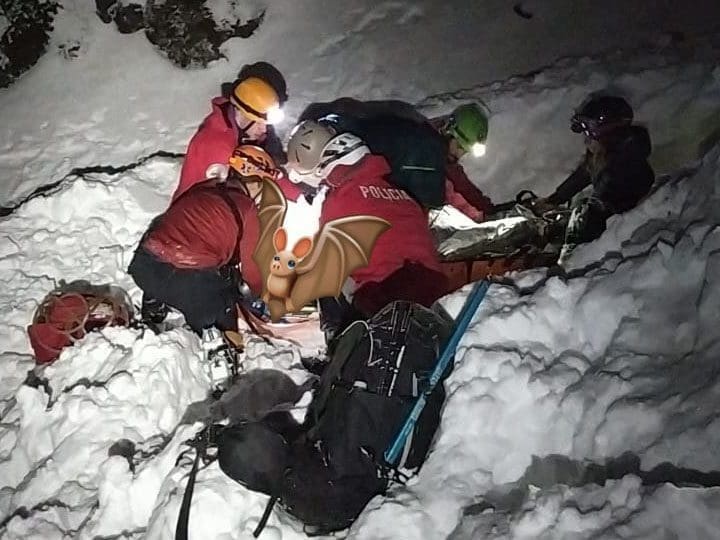
We wiped off the snow on his face and he managed to move his arms. Later, we heard him start breathing again. Eventually, we transferred the victim to the regional hospital. Though all of us were freezing cold, we celebrated joyously for saving the man’s life.
I share an inexpressible love with Tango. I respect him. His actions during a rescue move me. To me, Tango is the most loyal dog in the world. We share experiences and communicate in our own language. Sometimes it feels as though we read each other’s minds. In the midst of life and death situations, we share moments of joy and pain.
